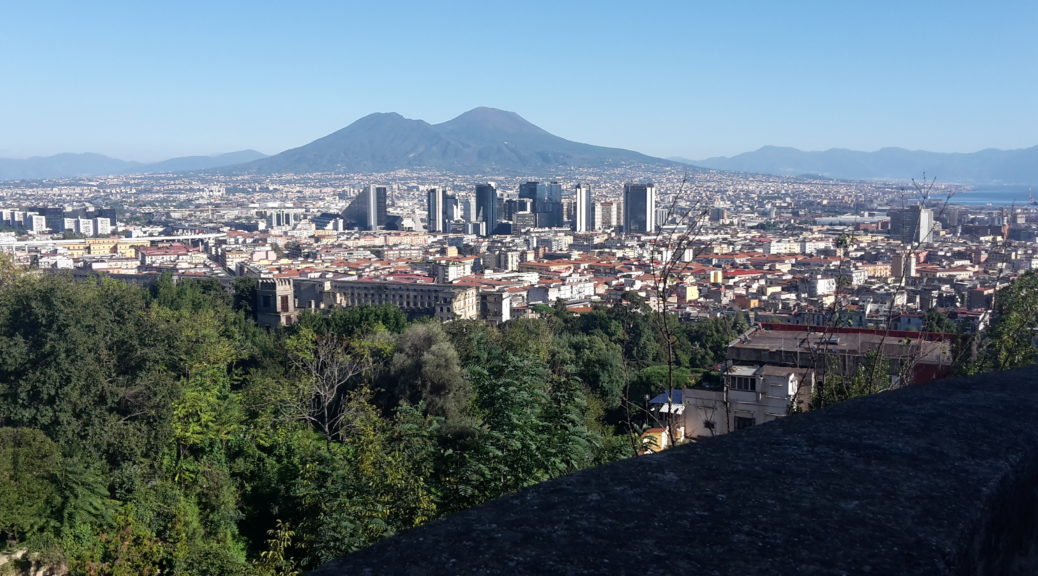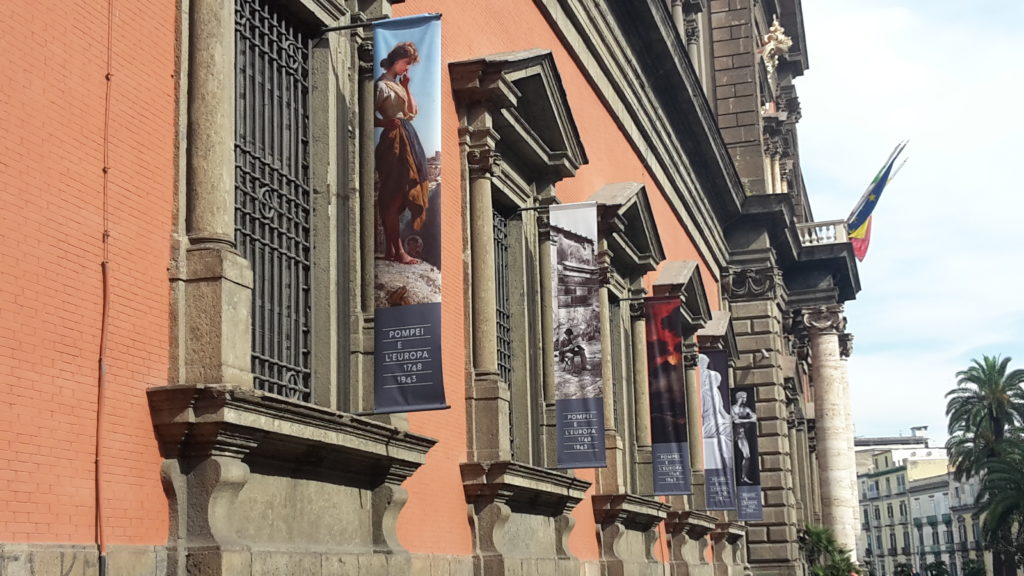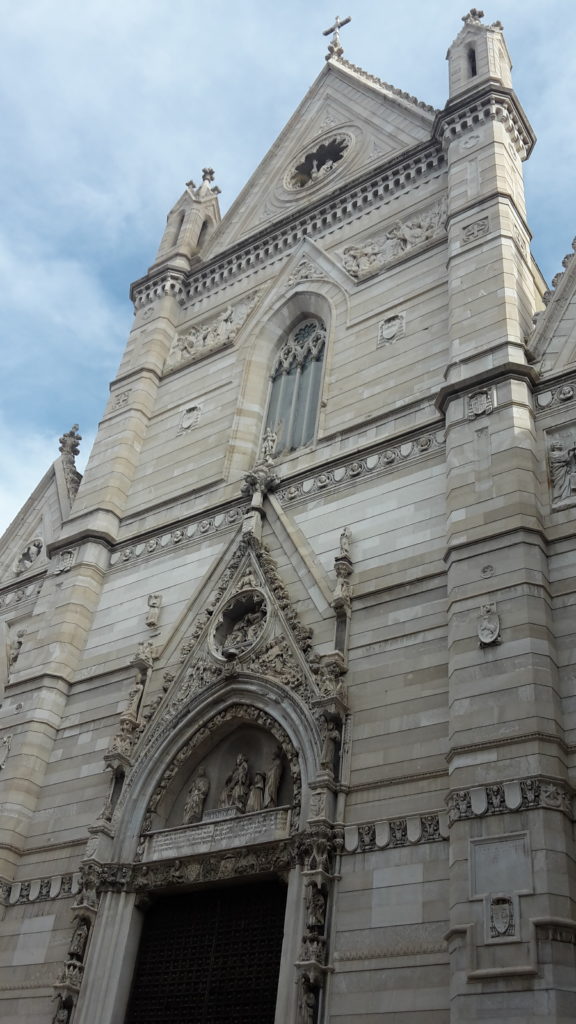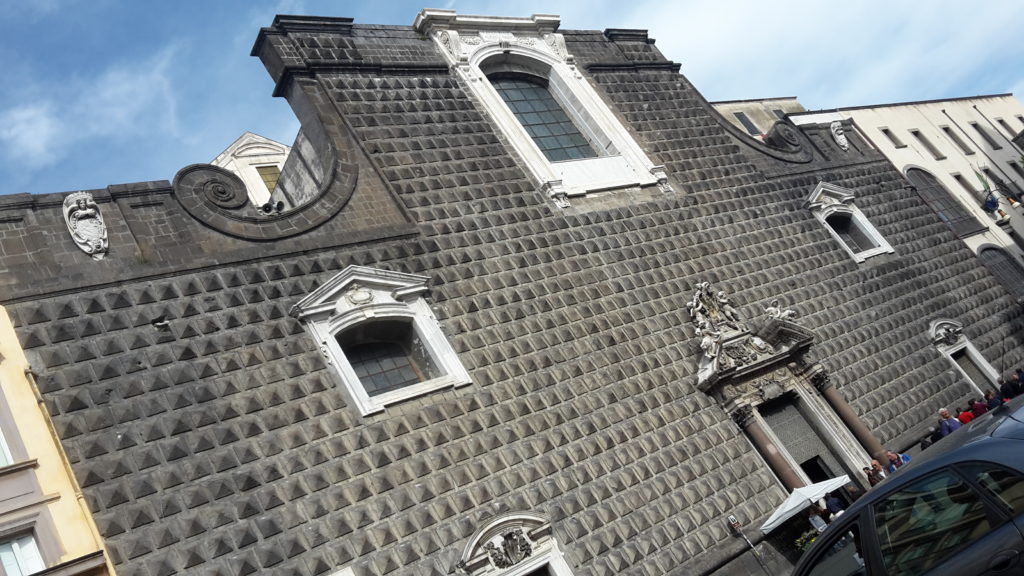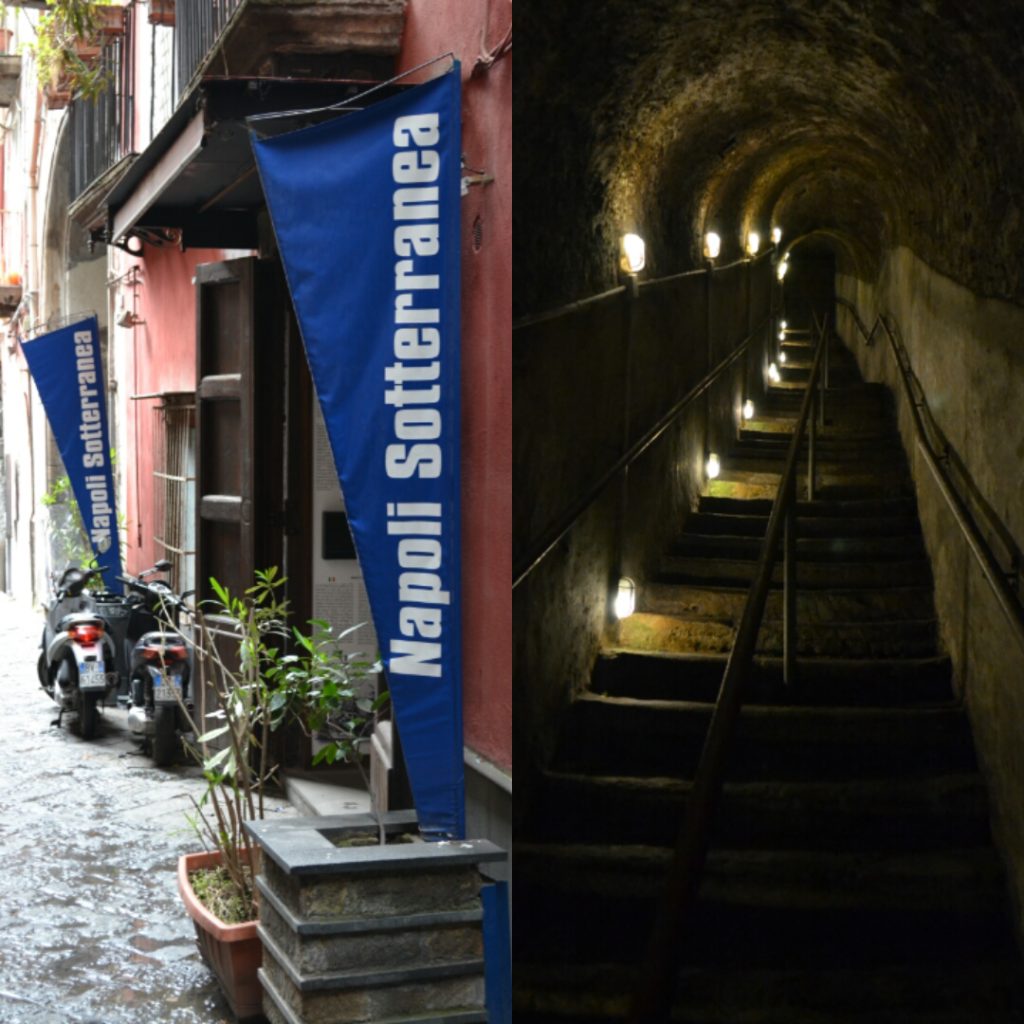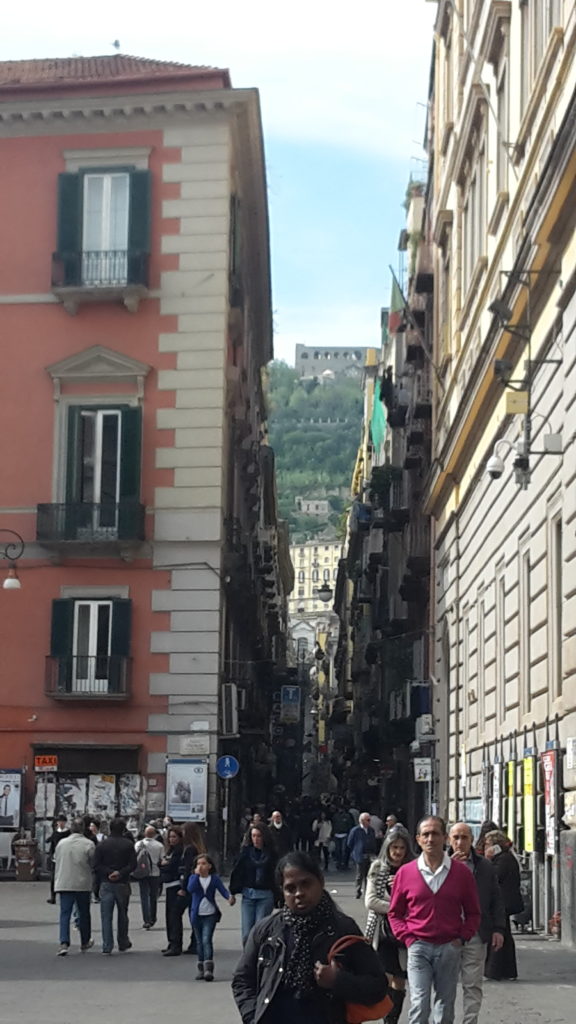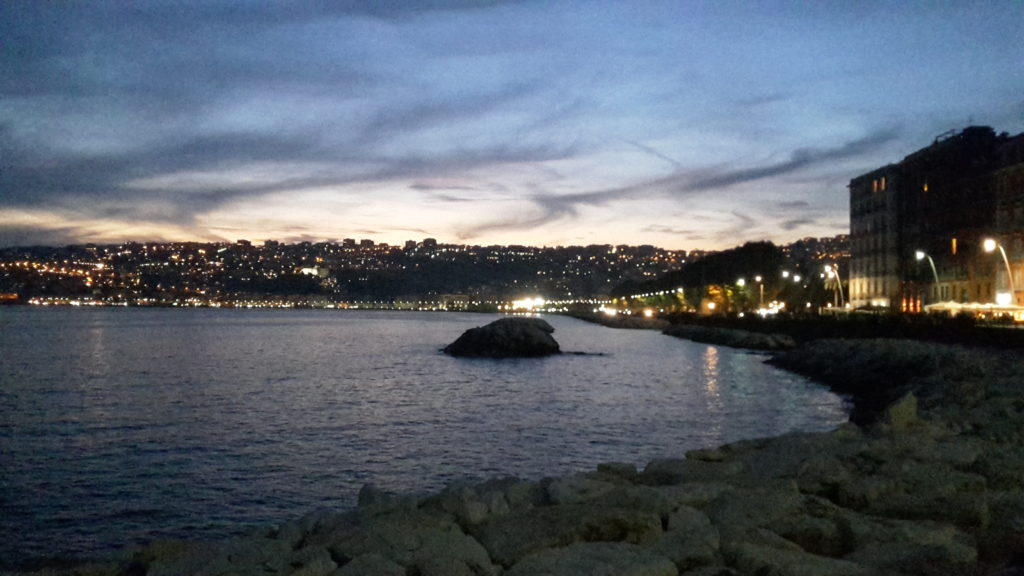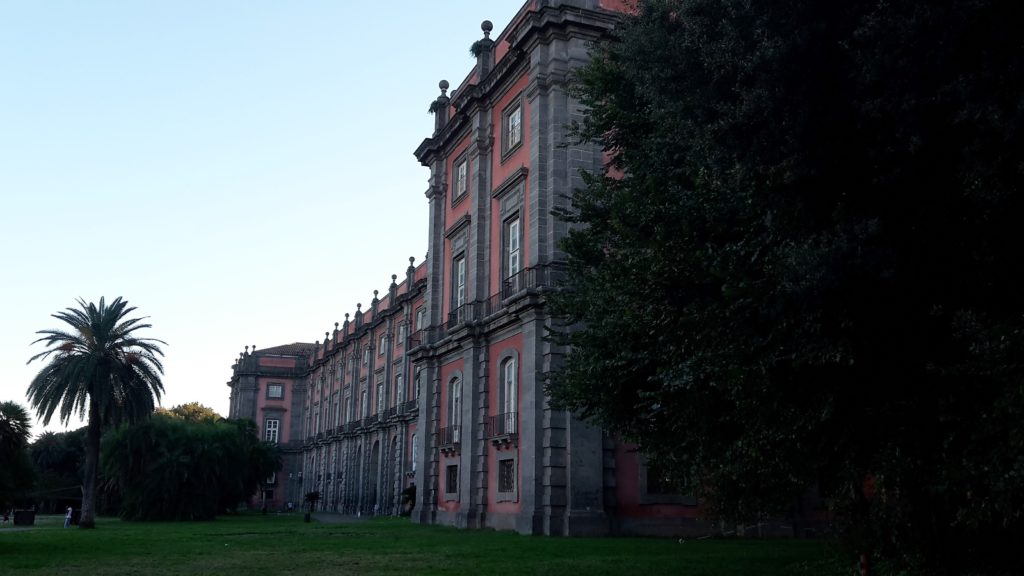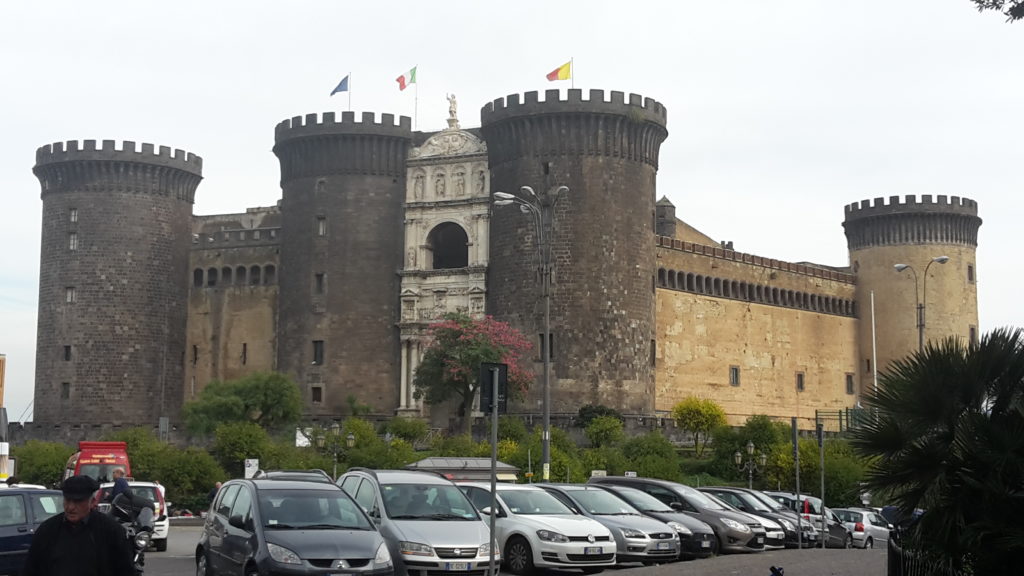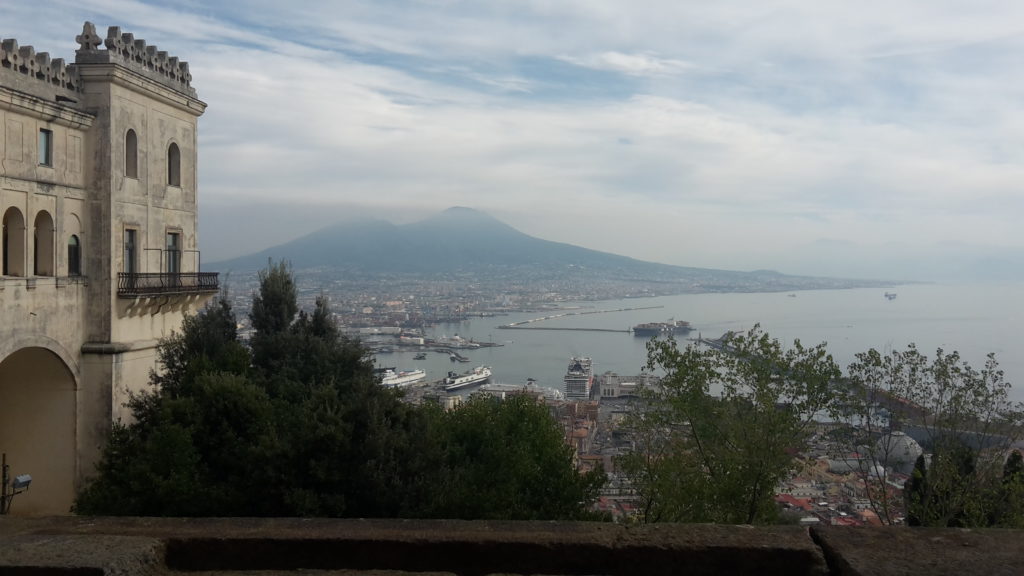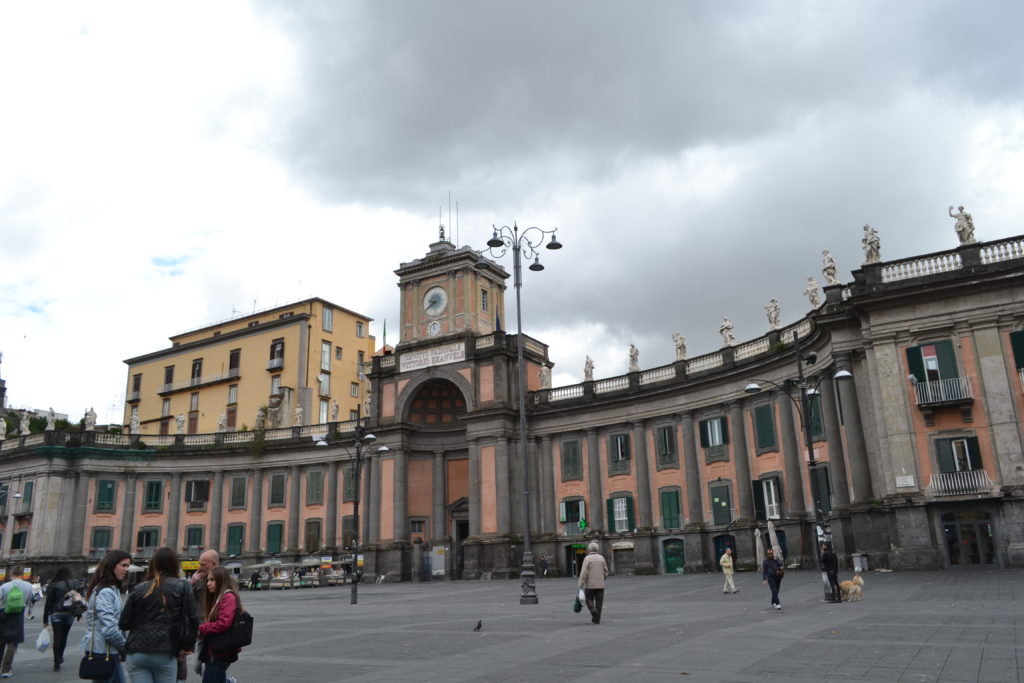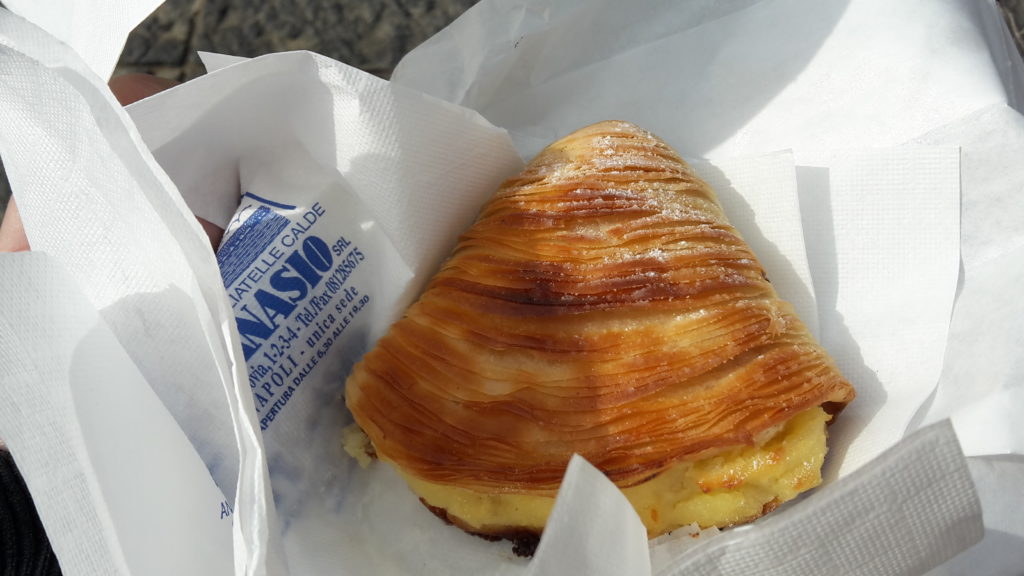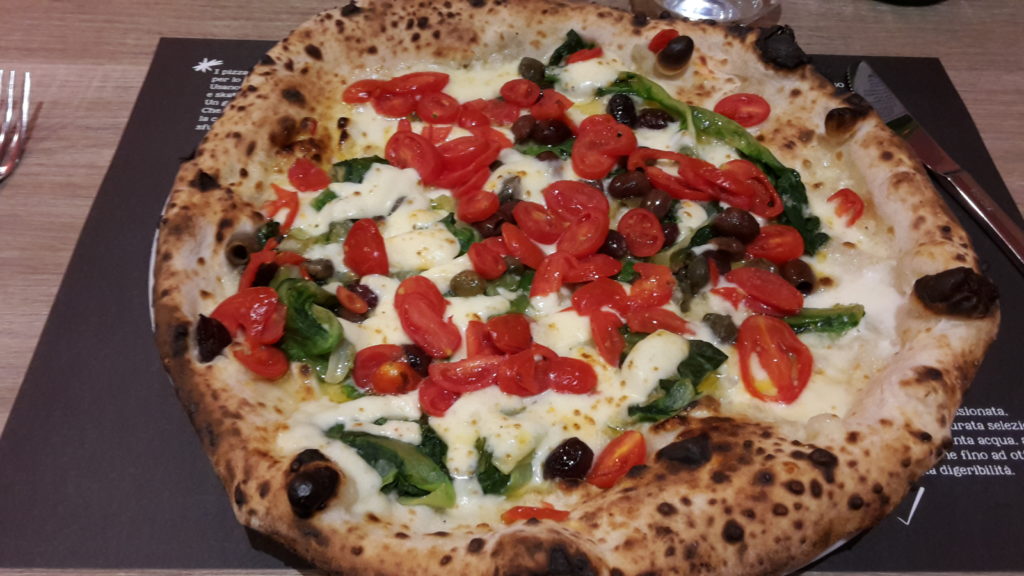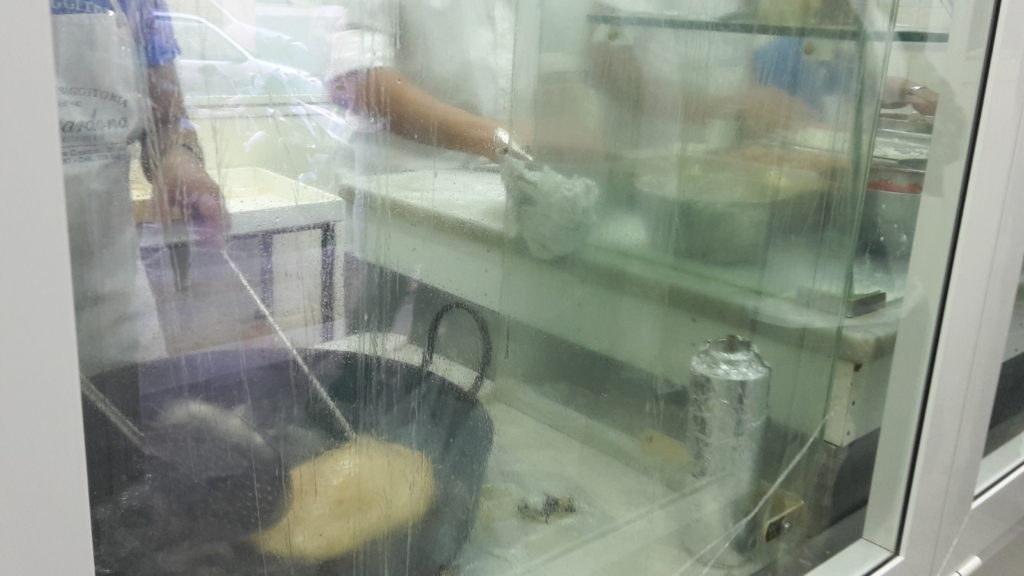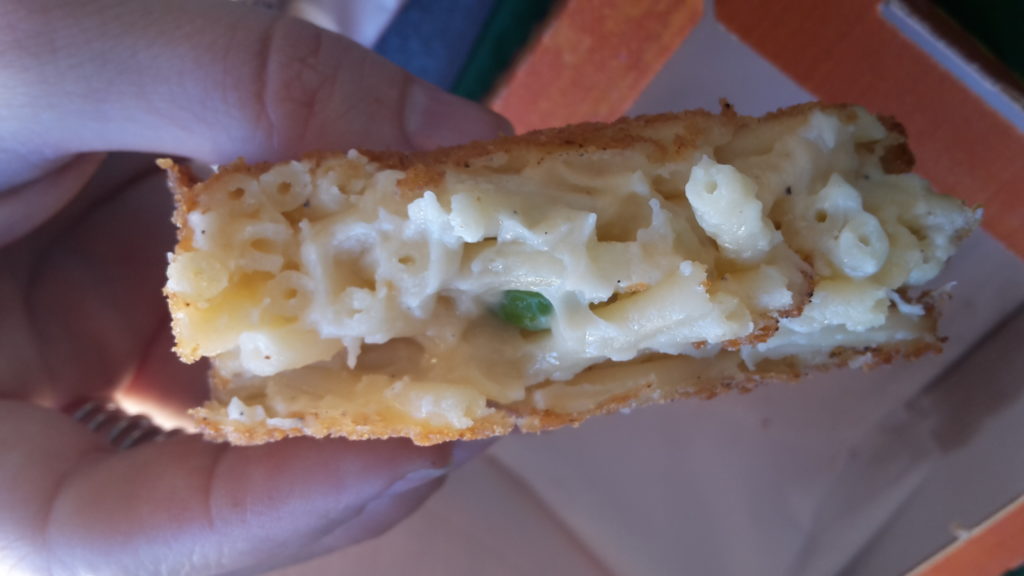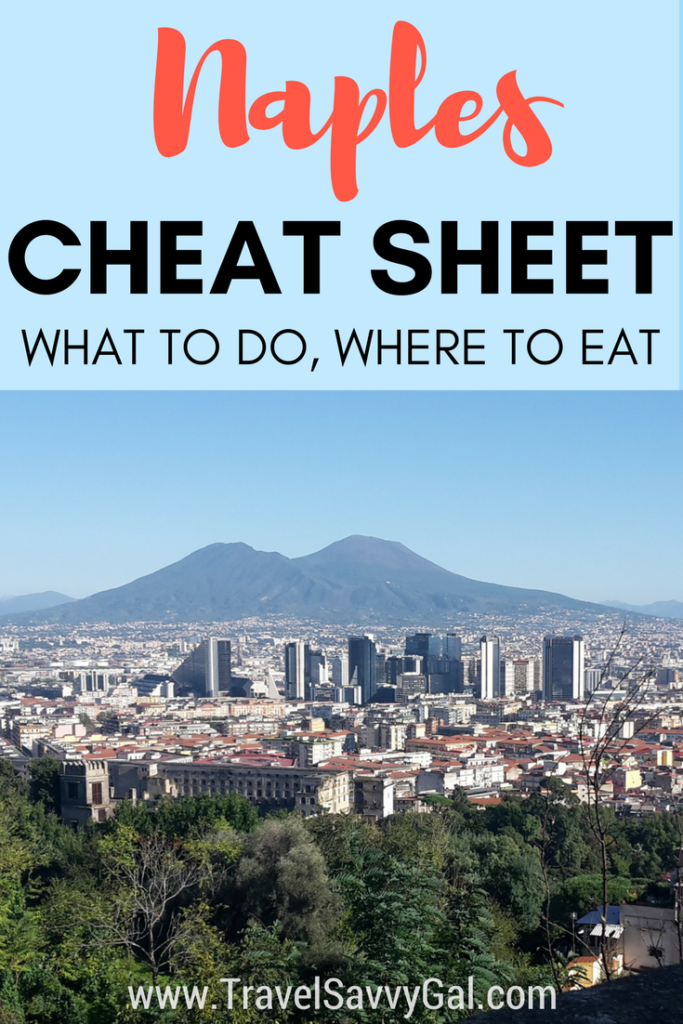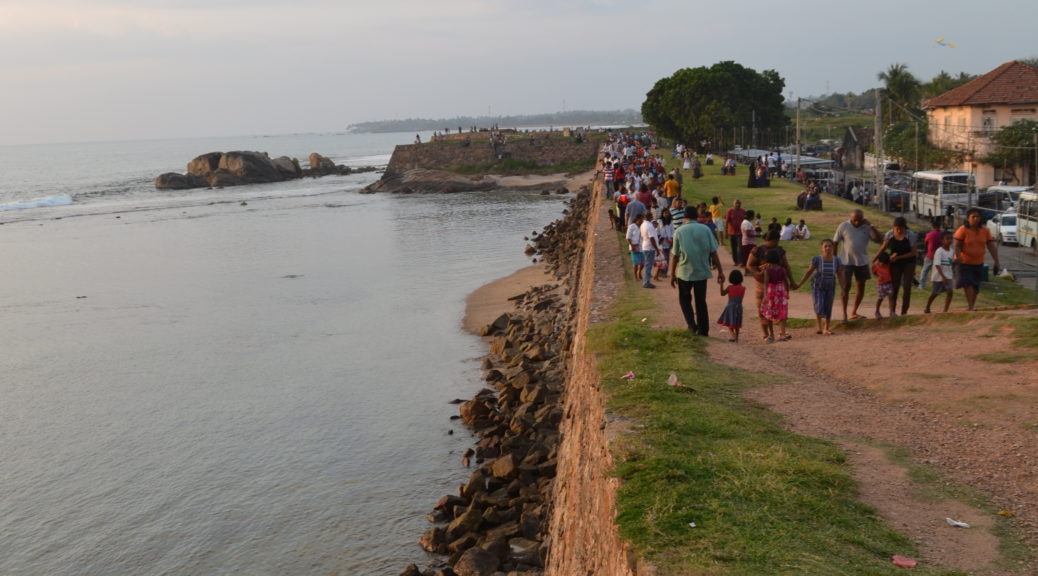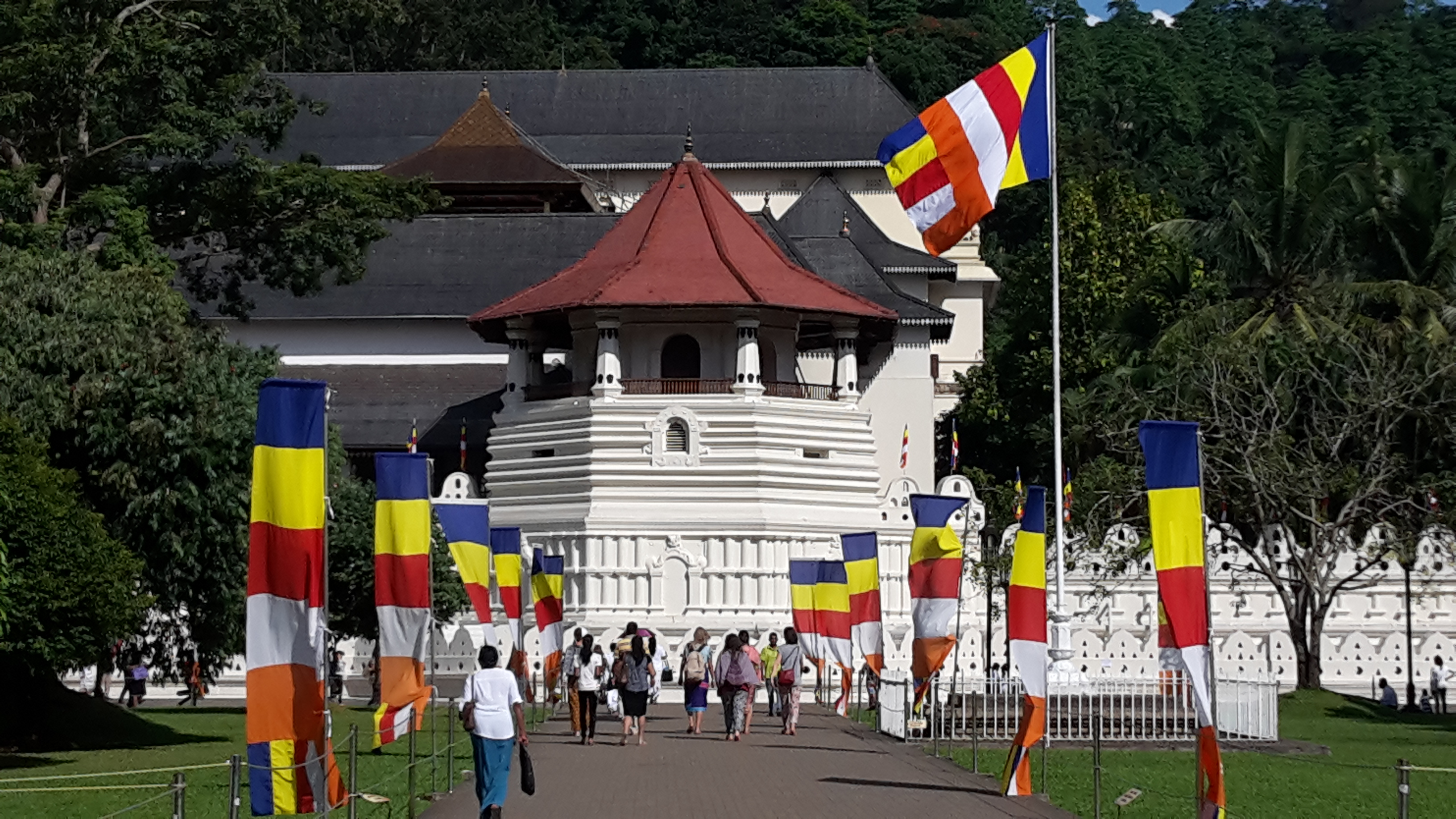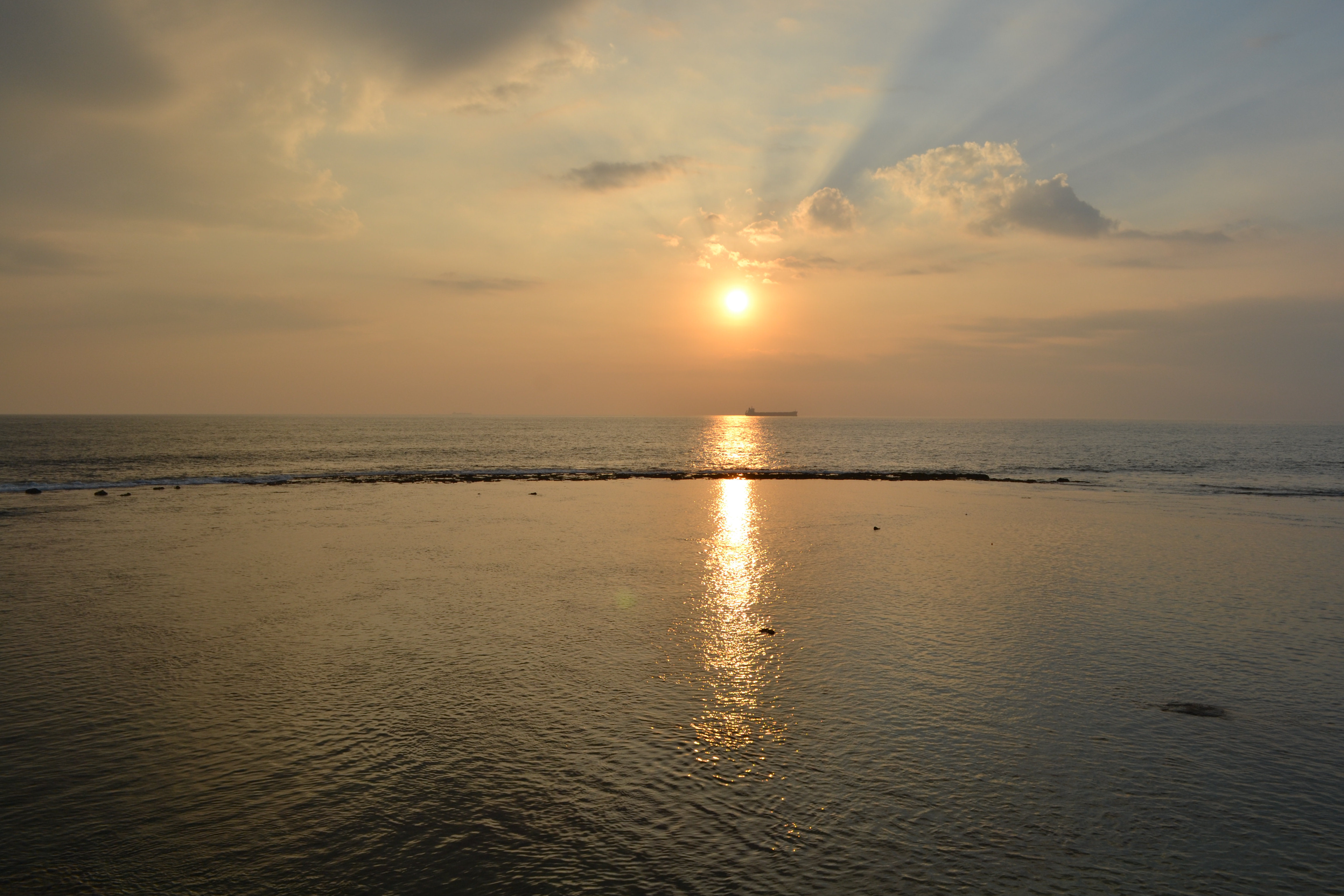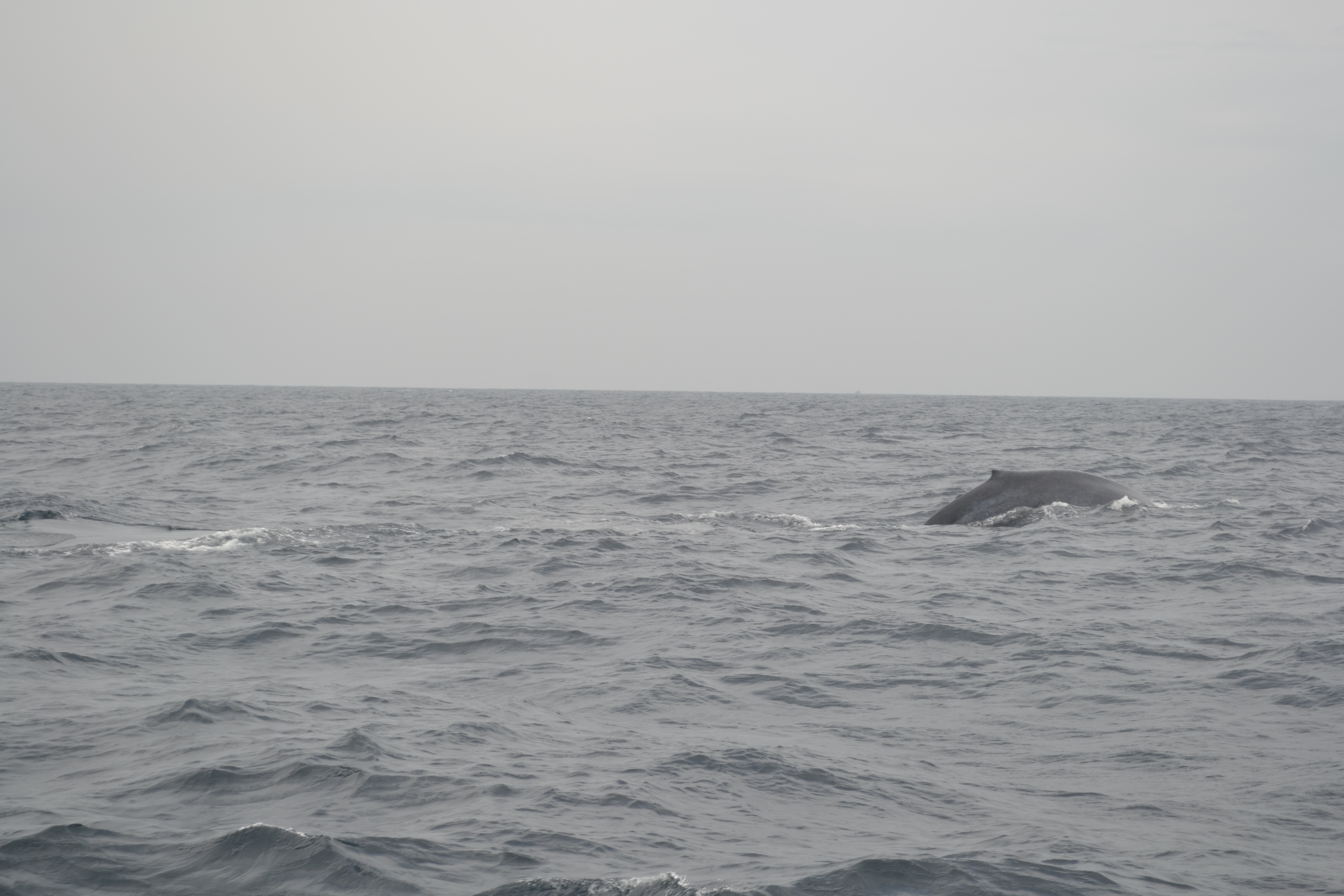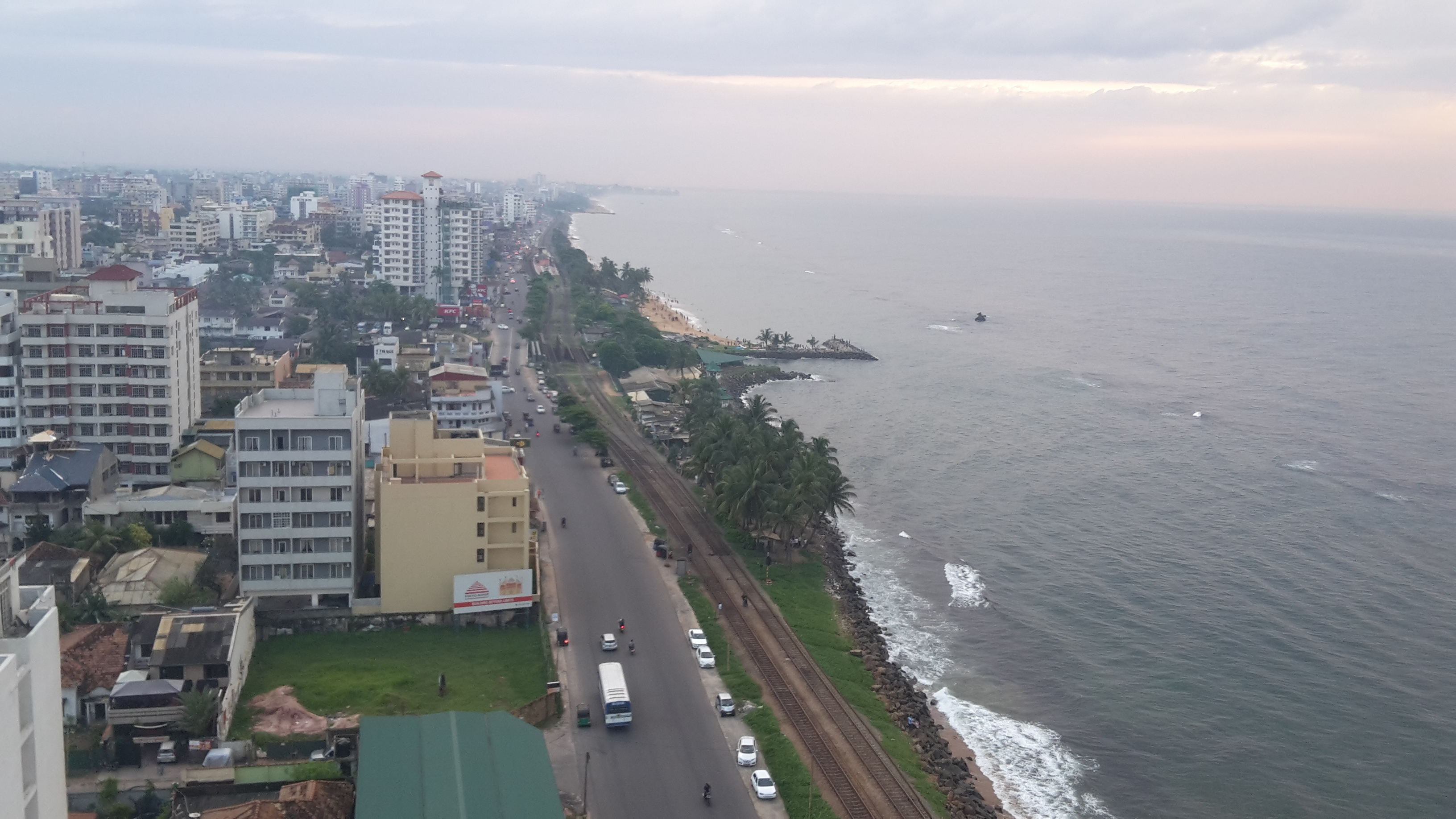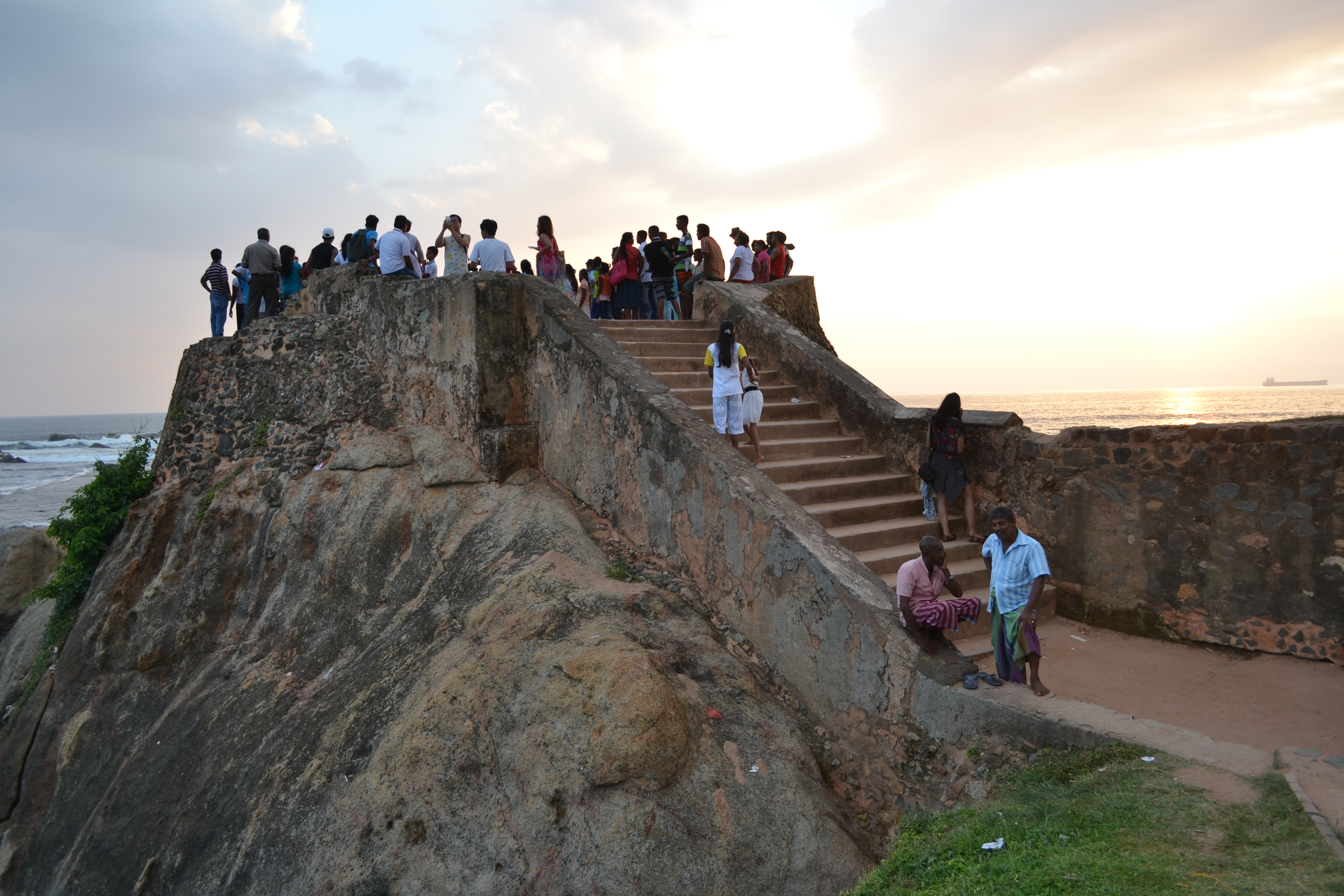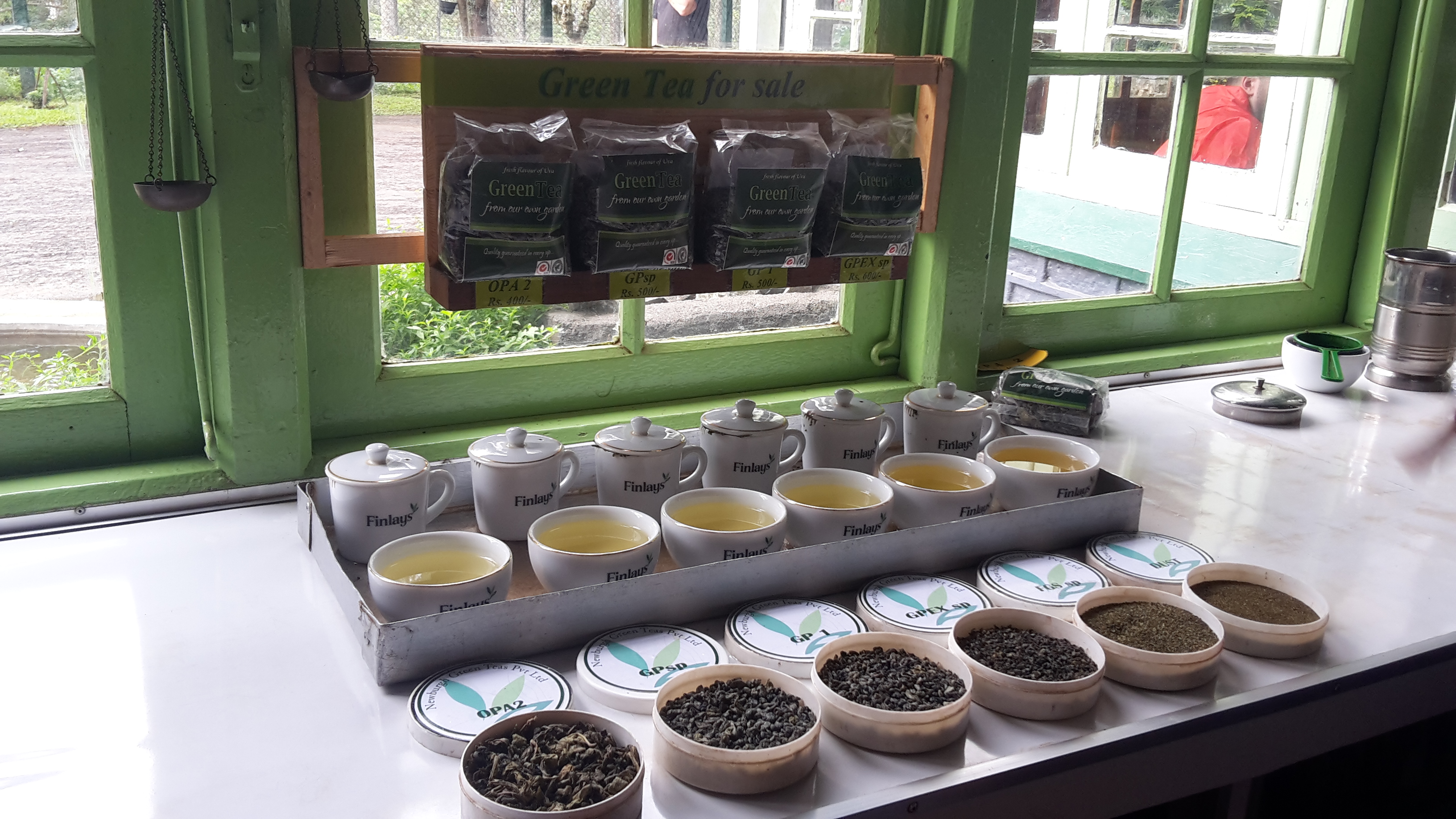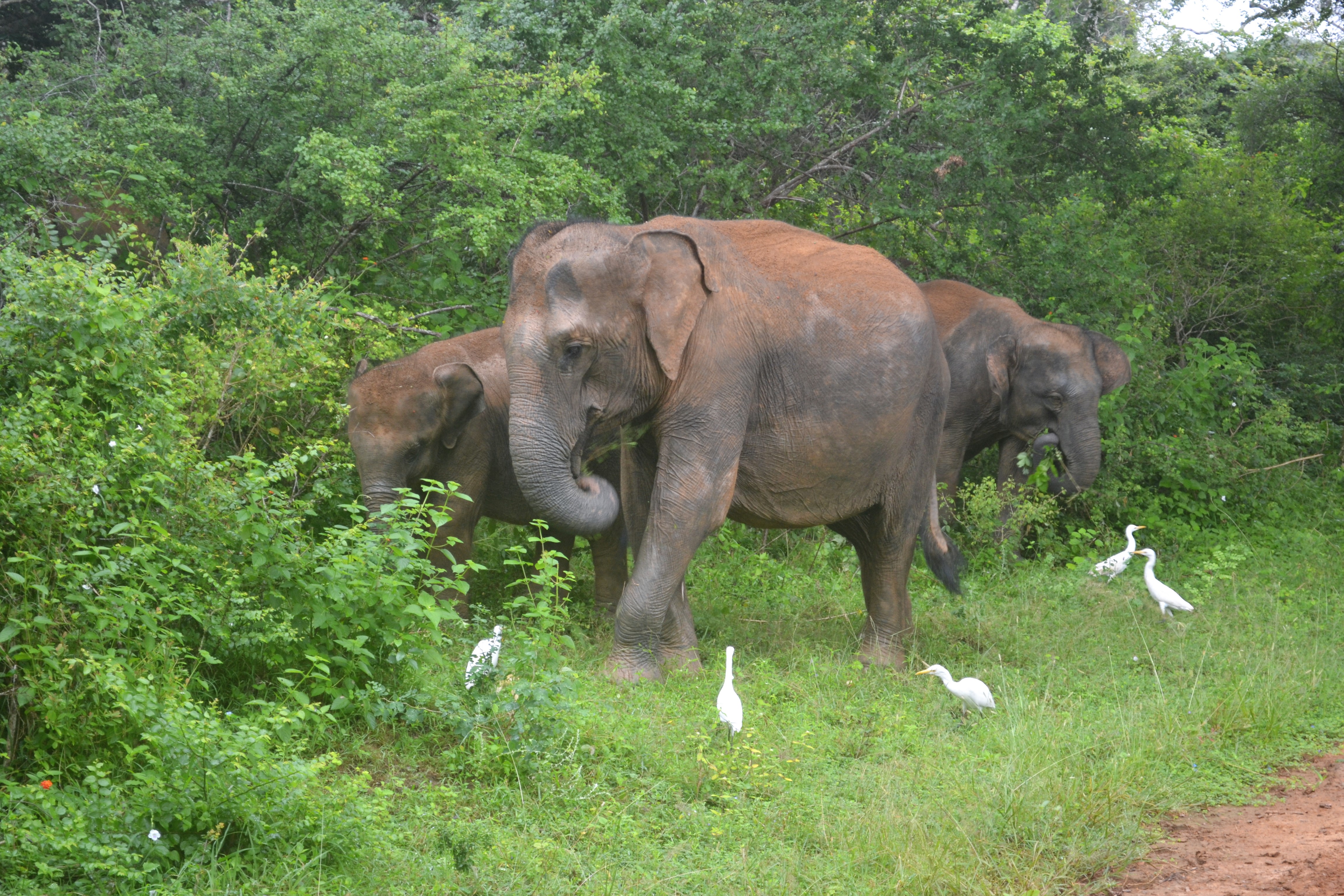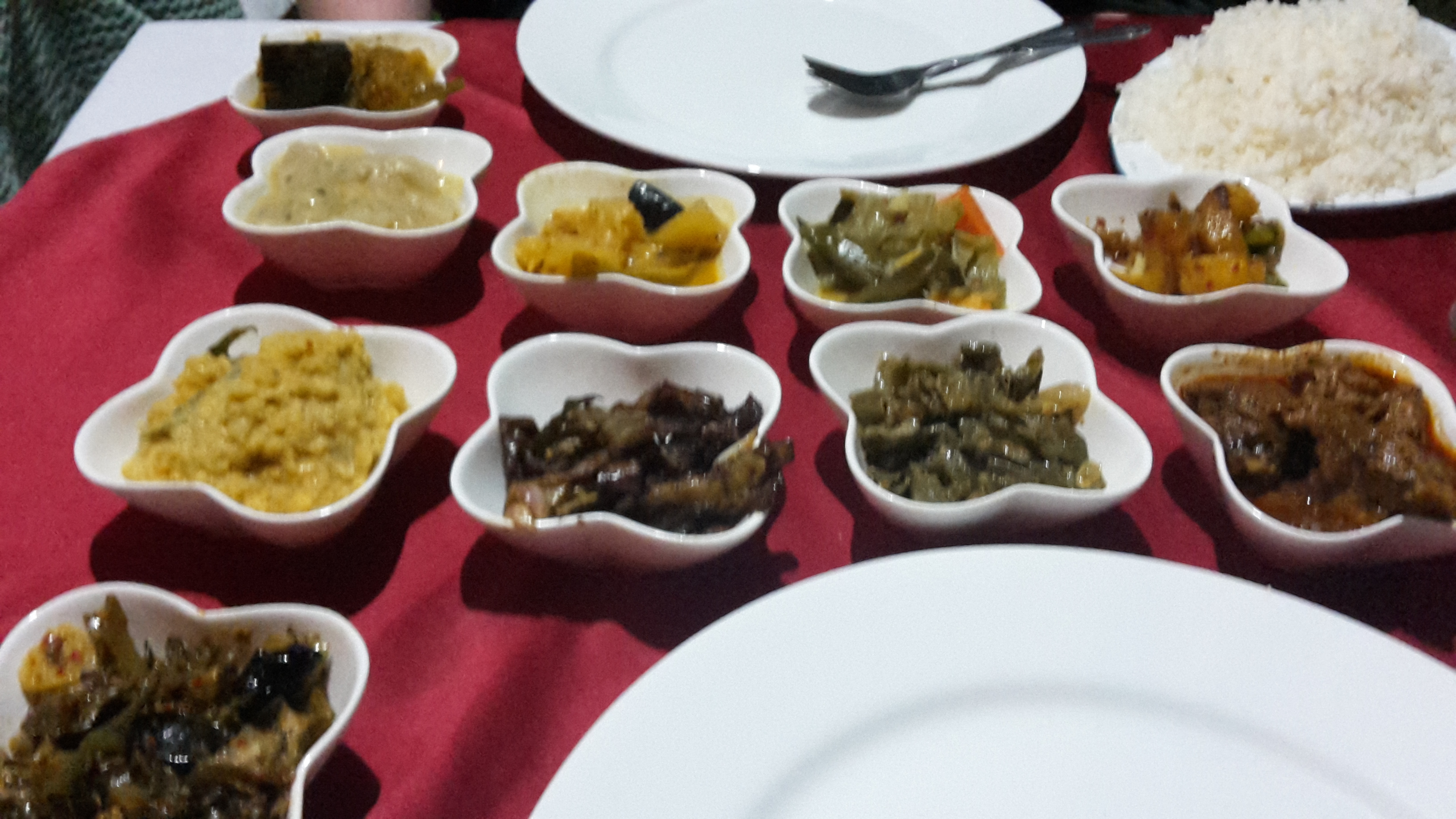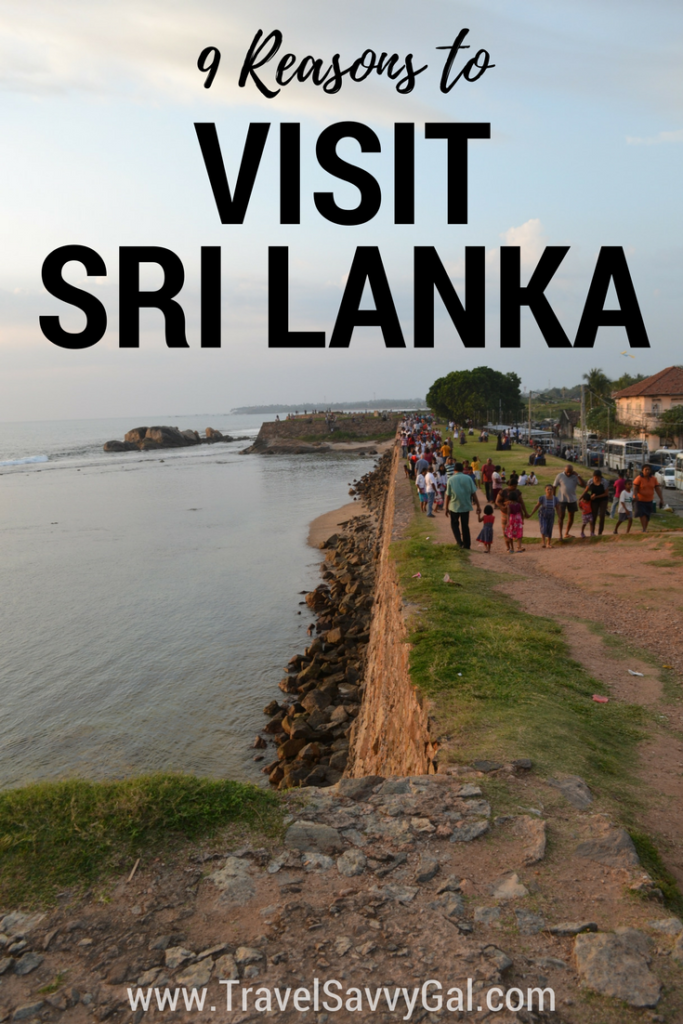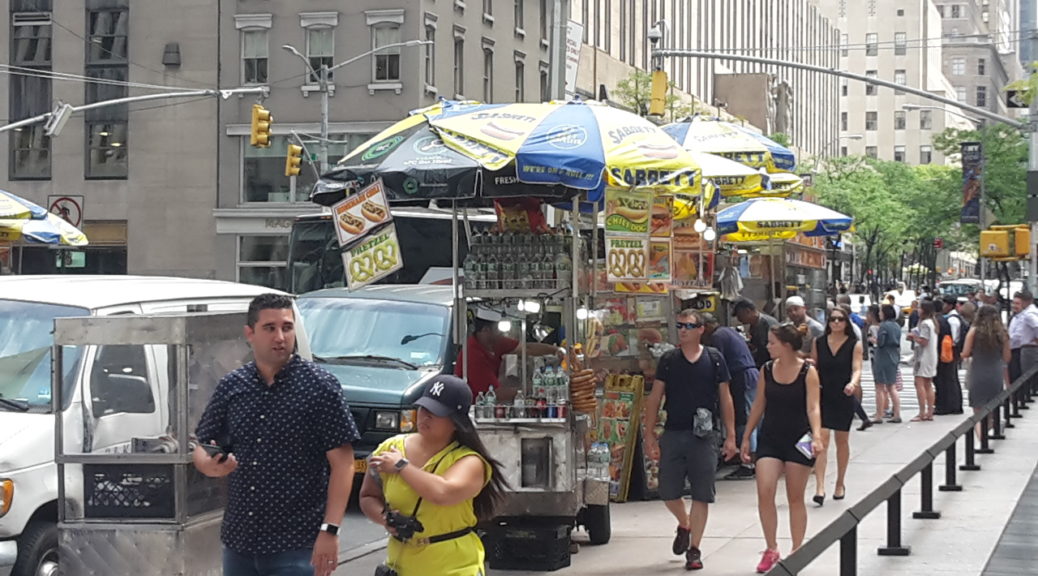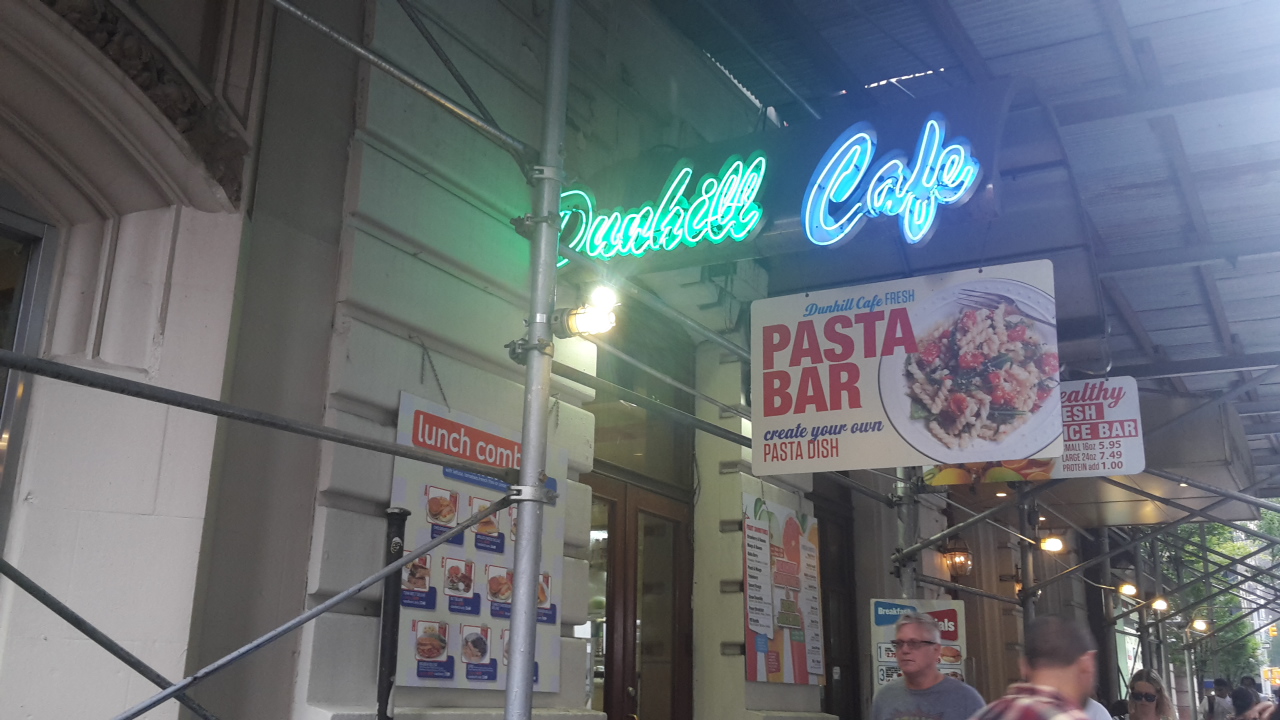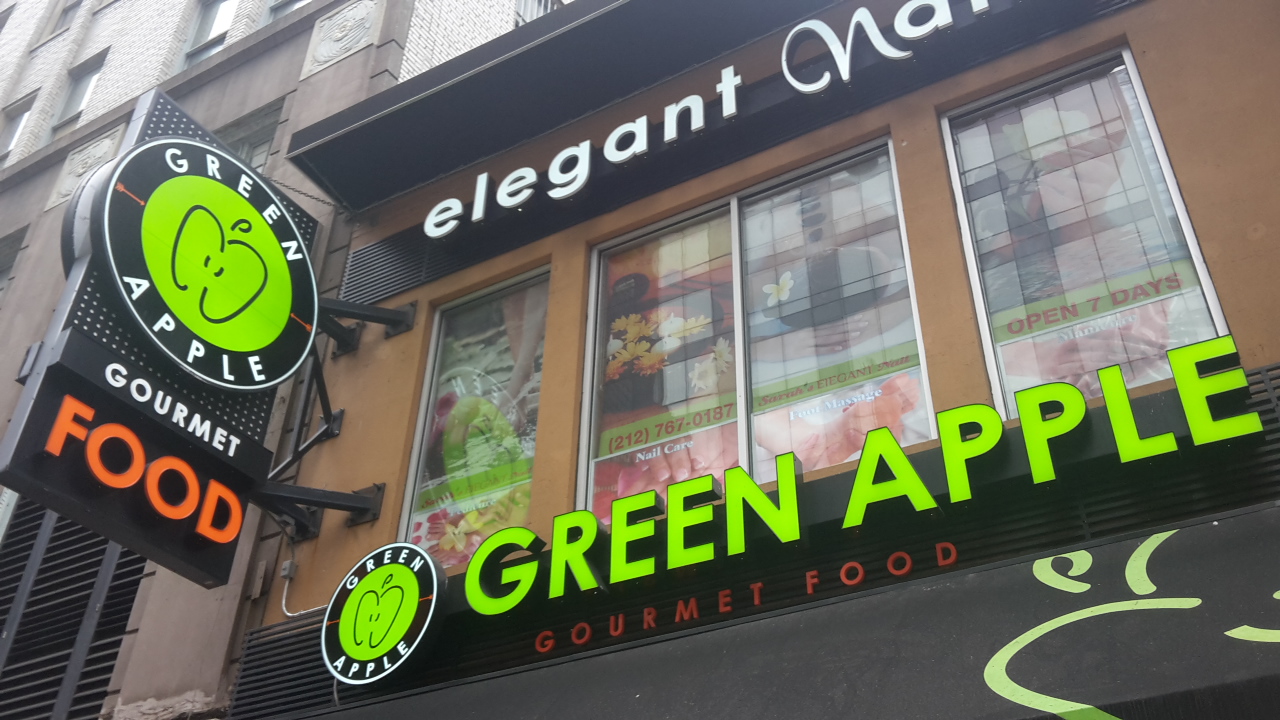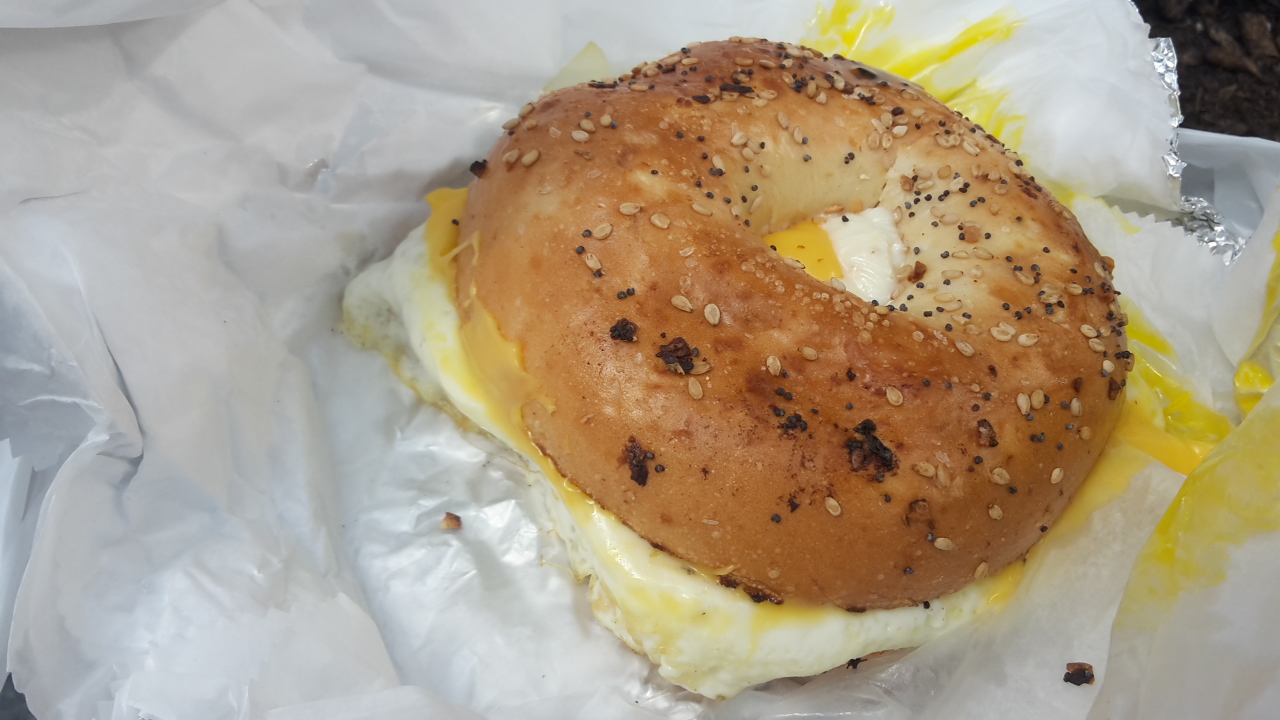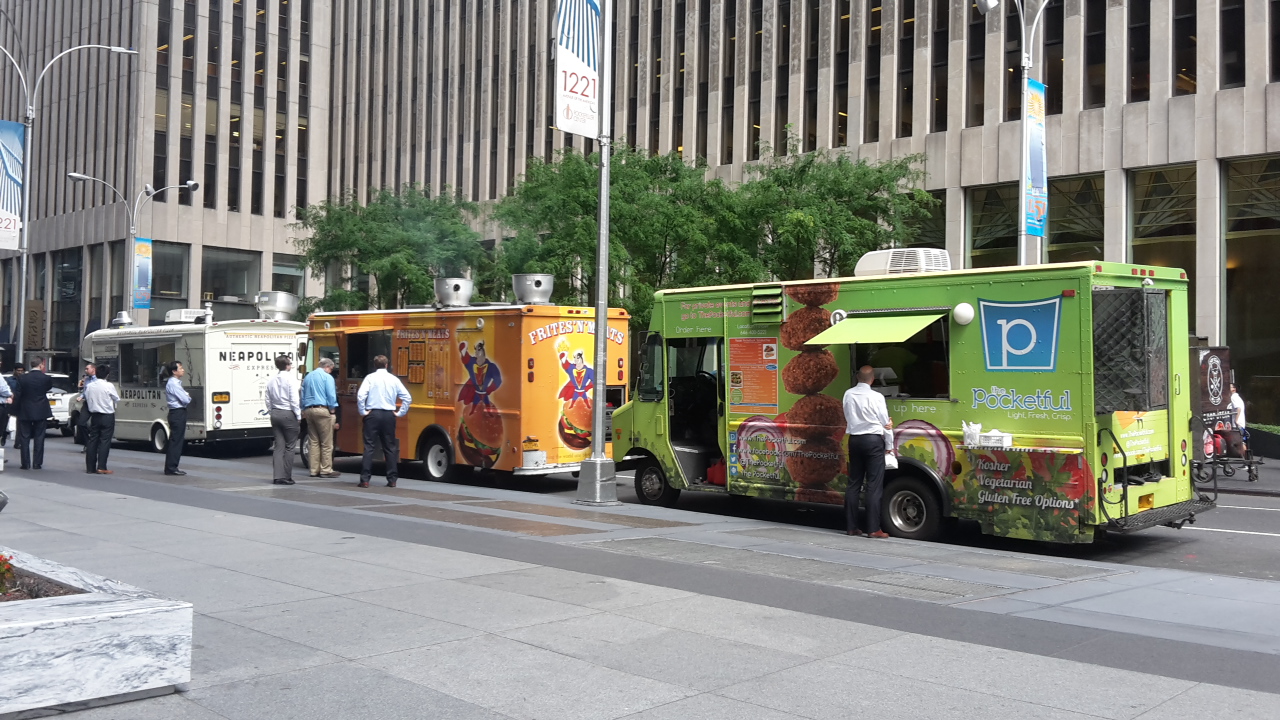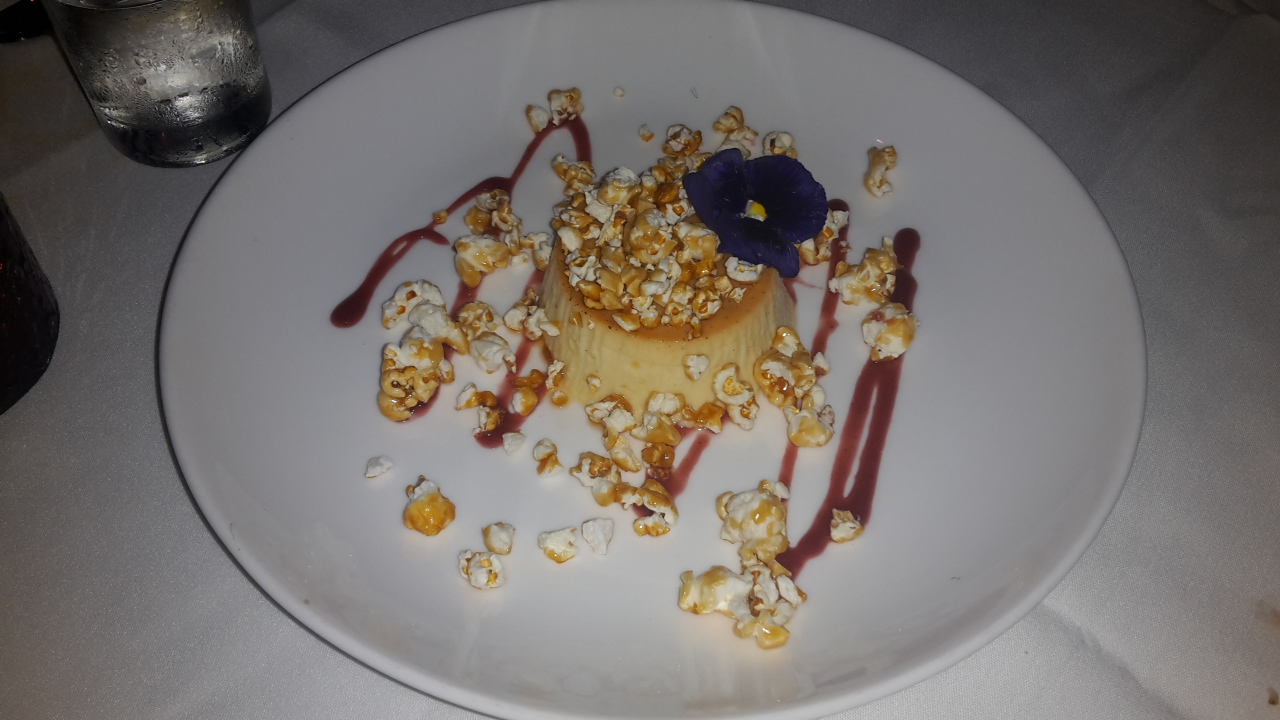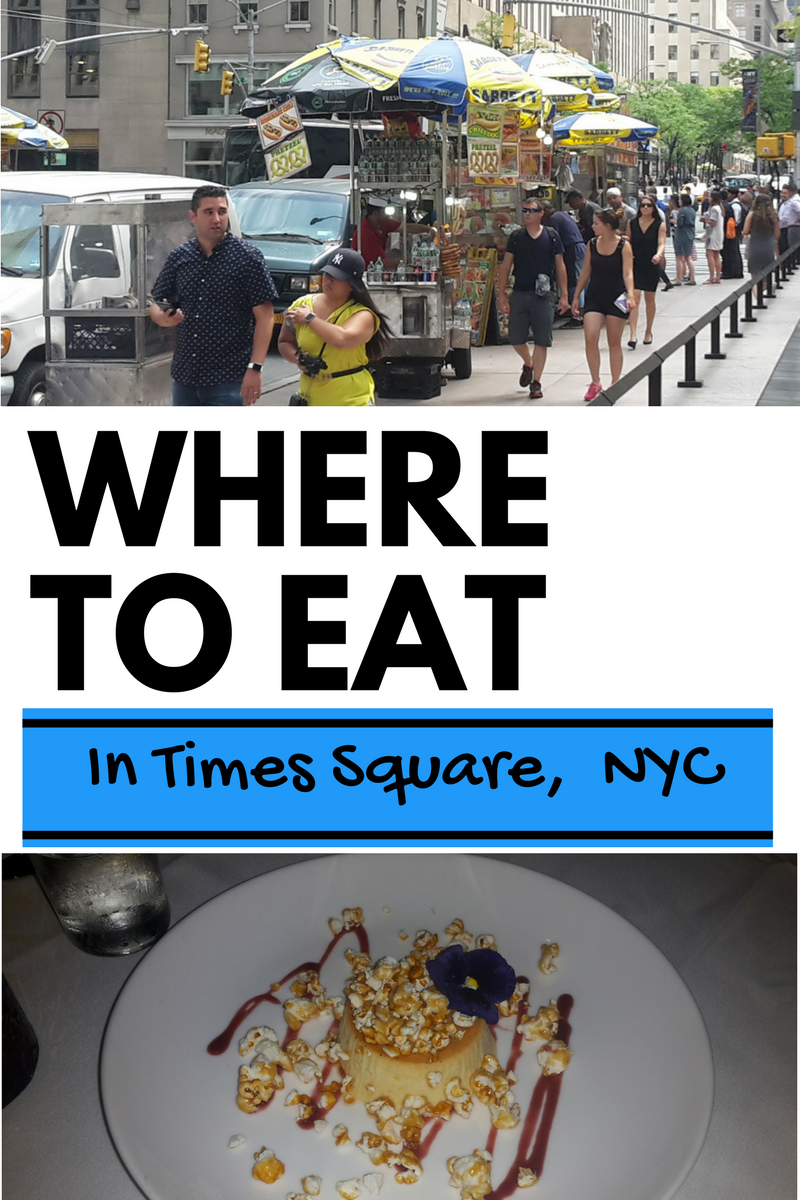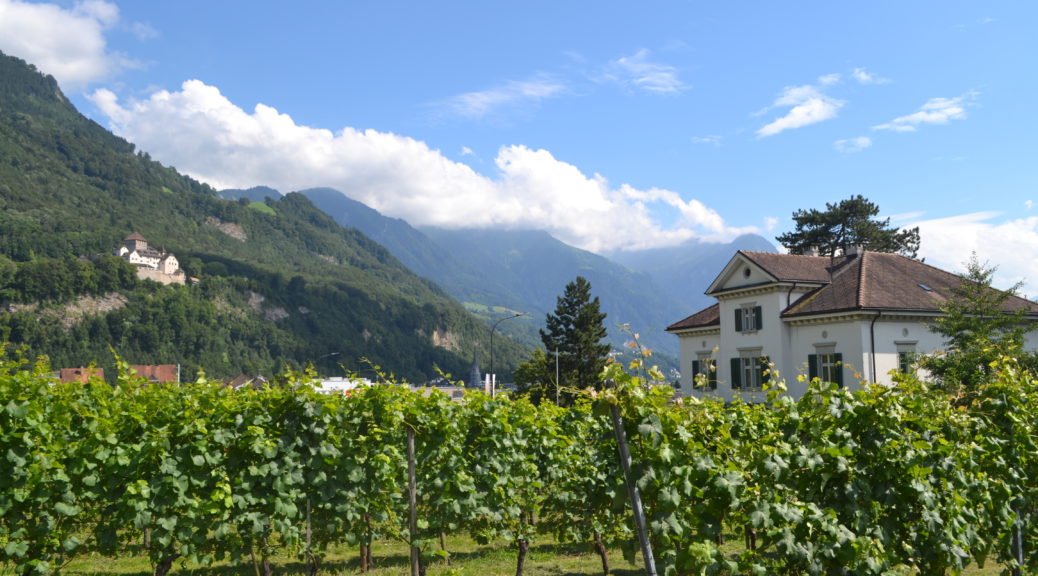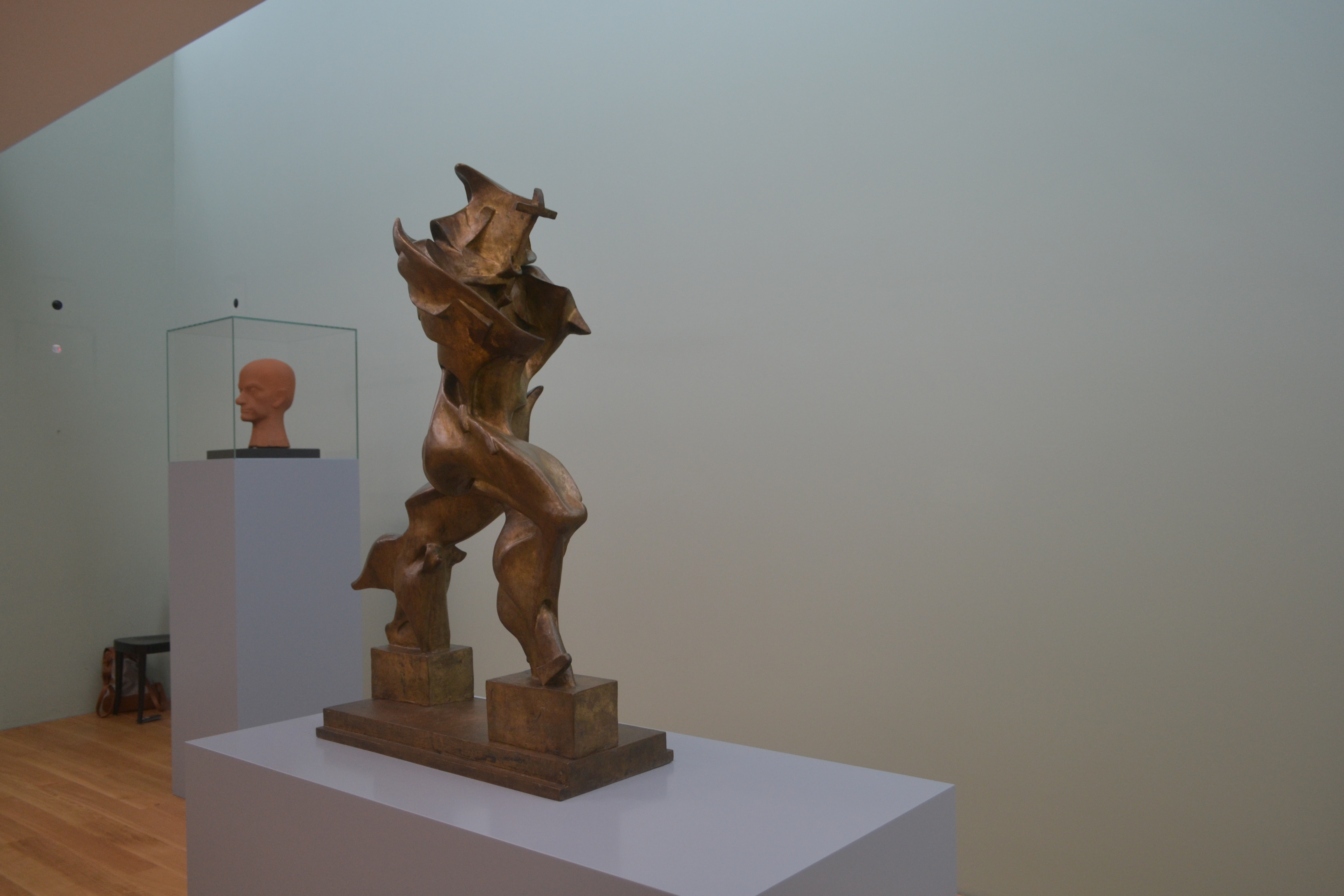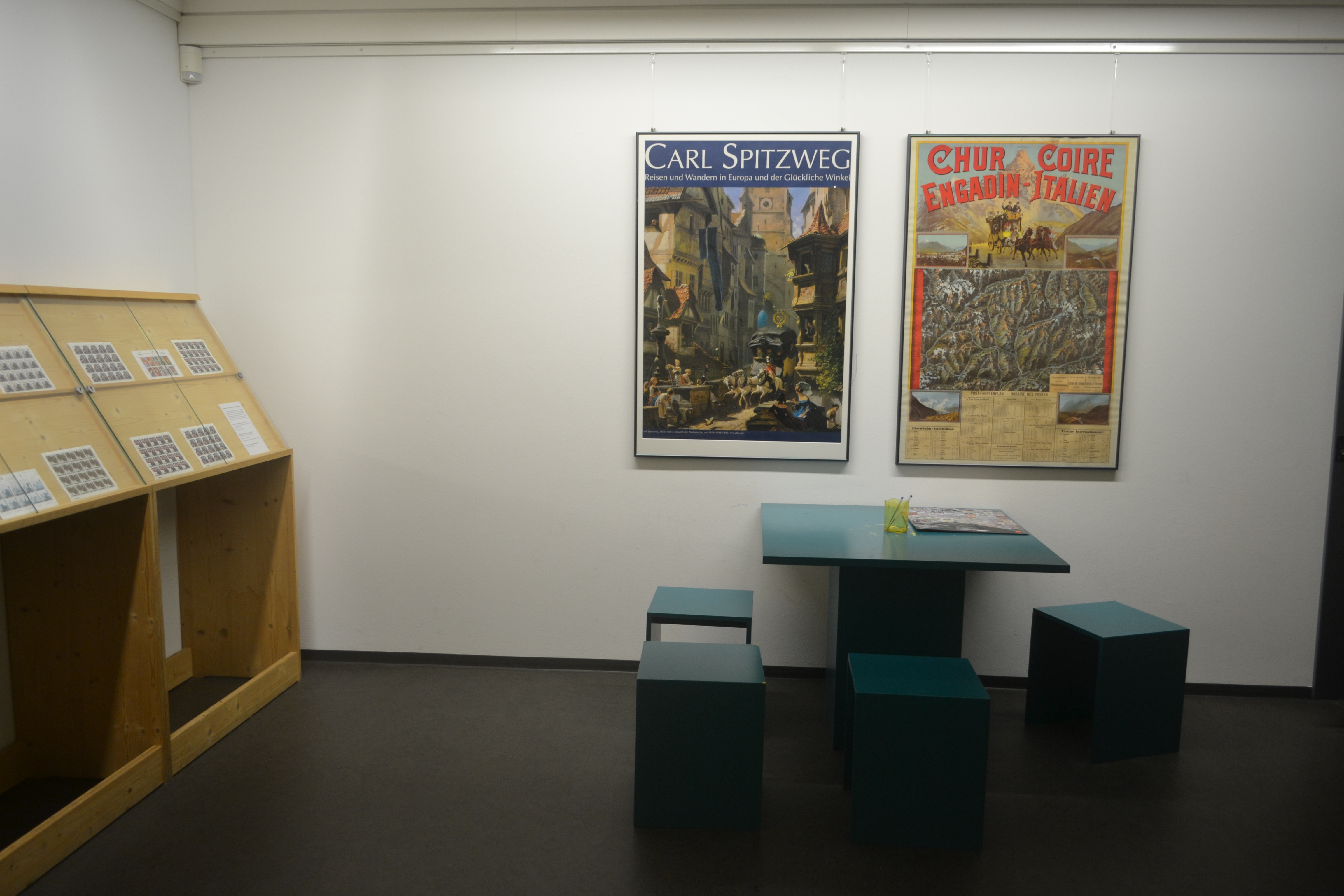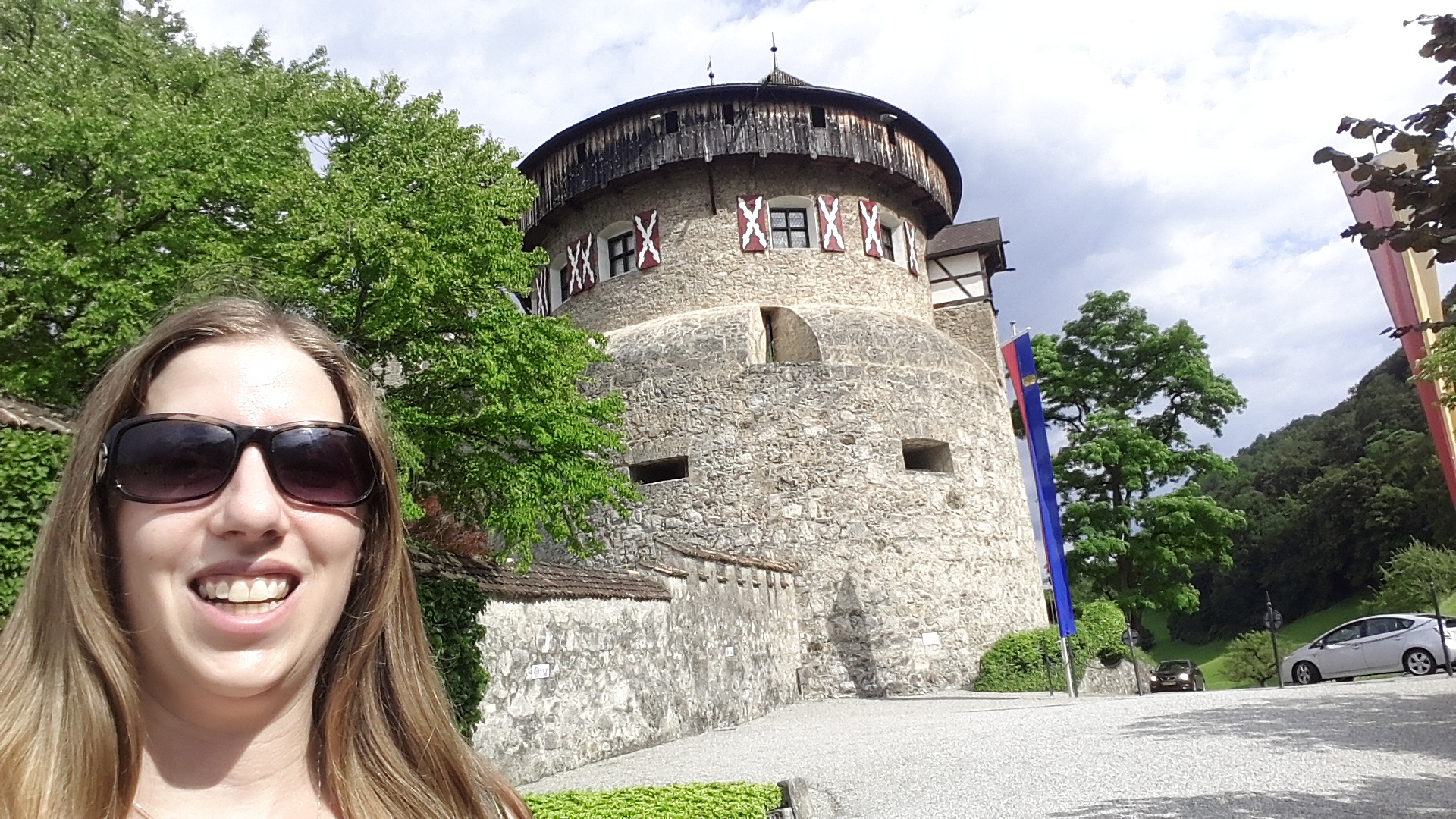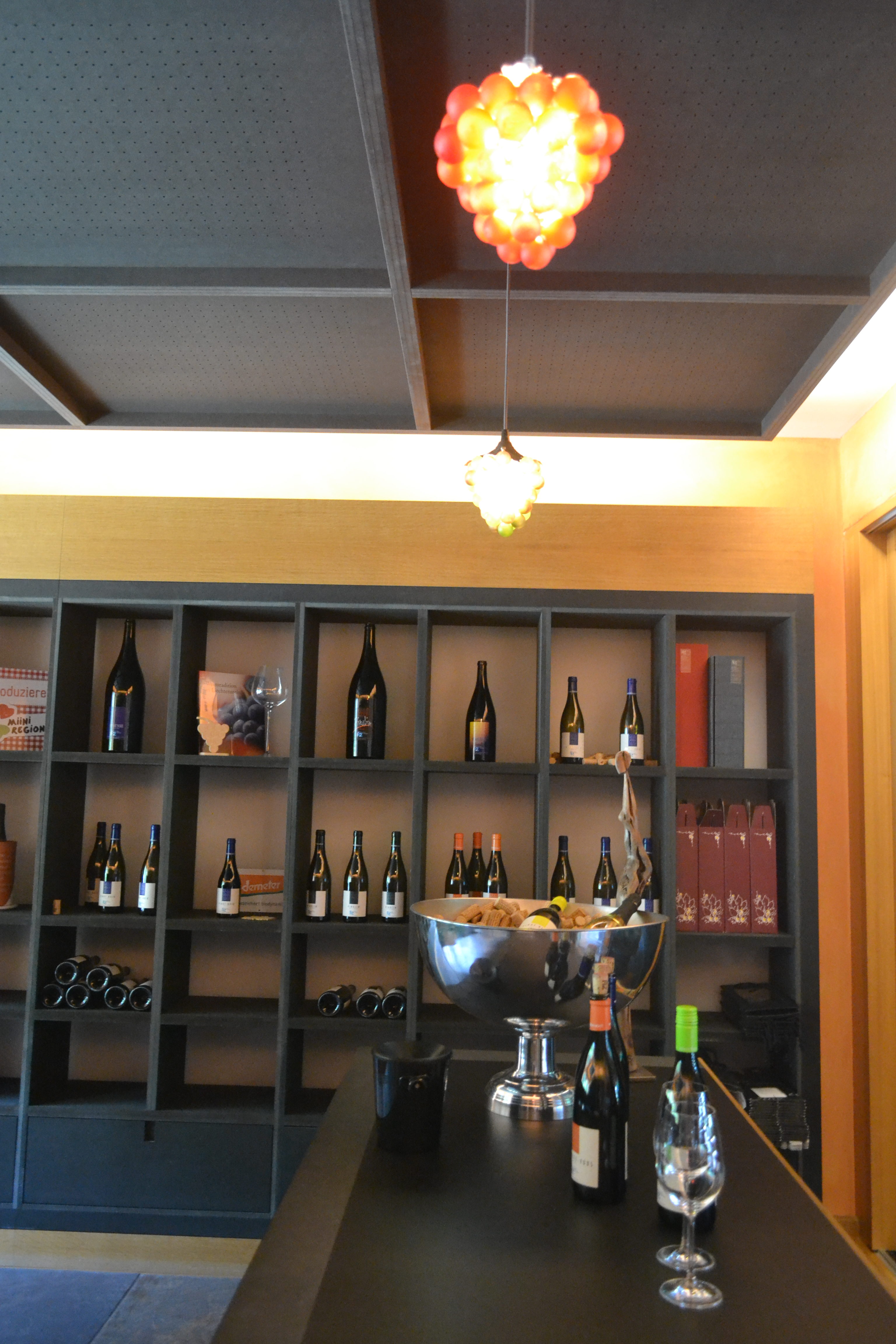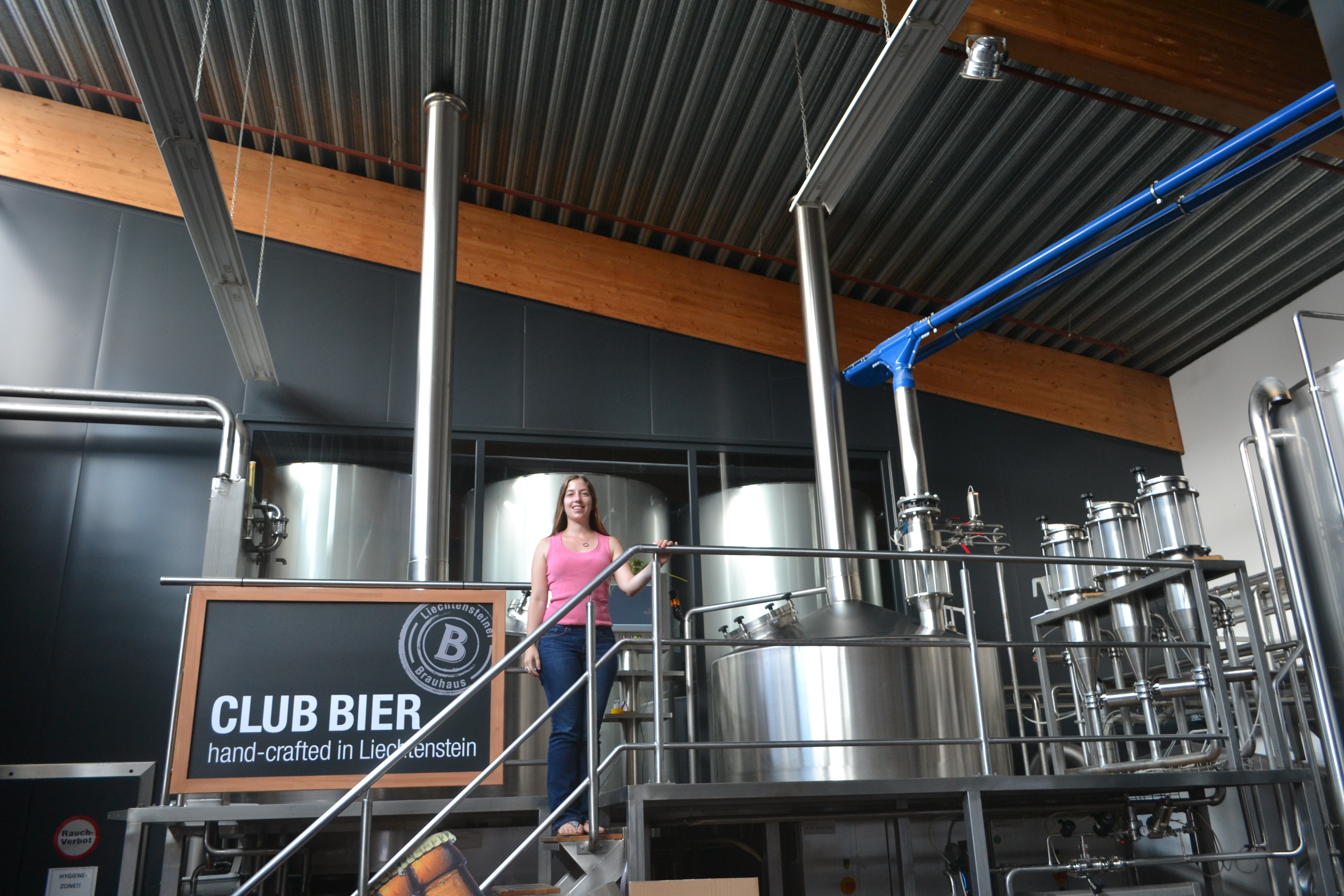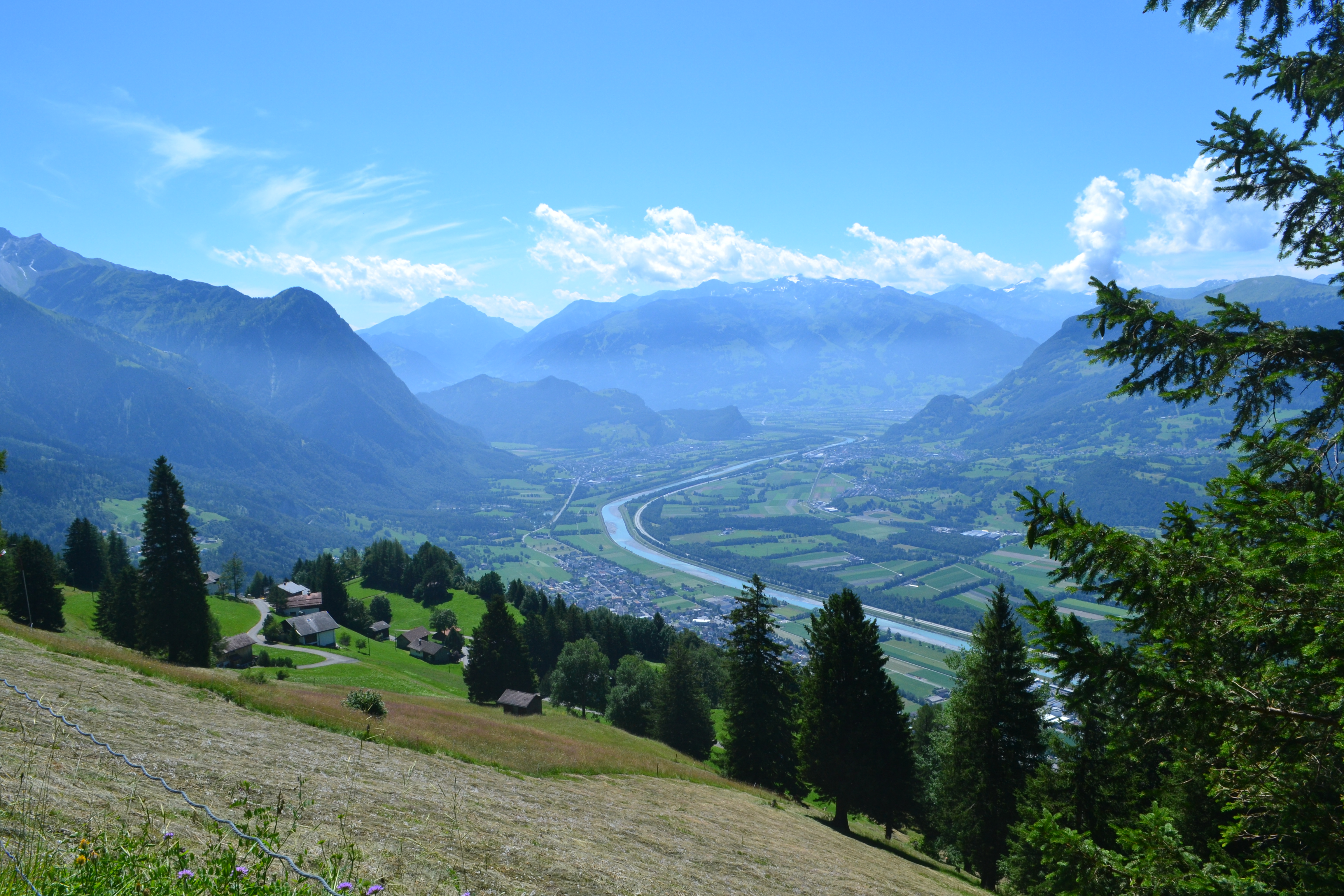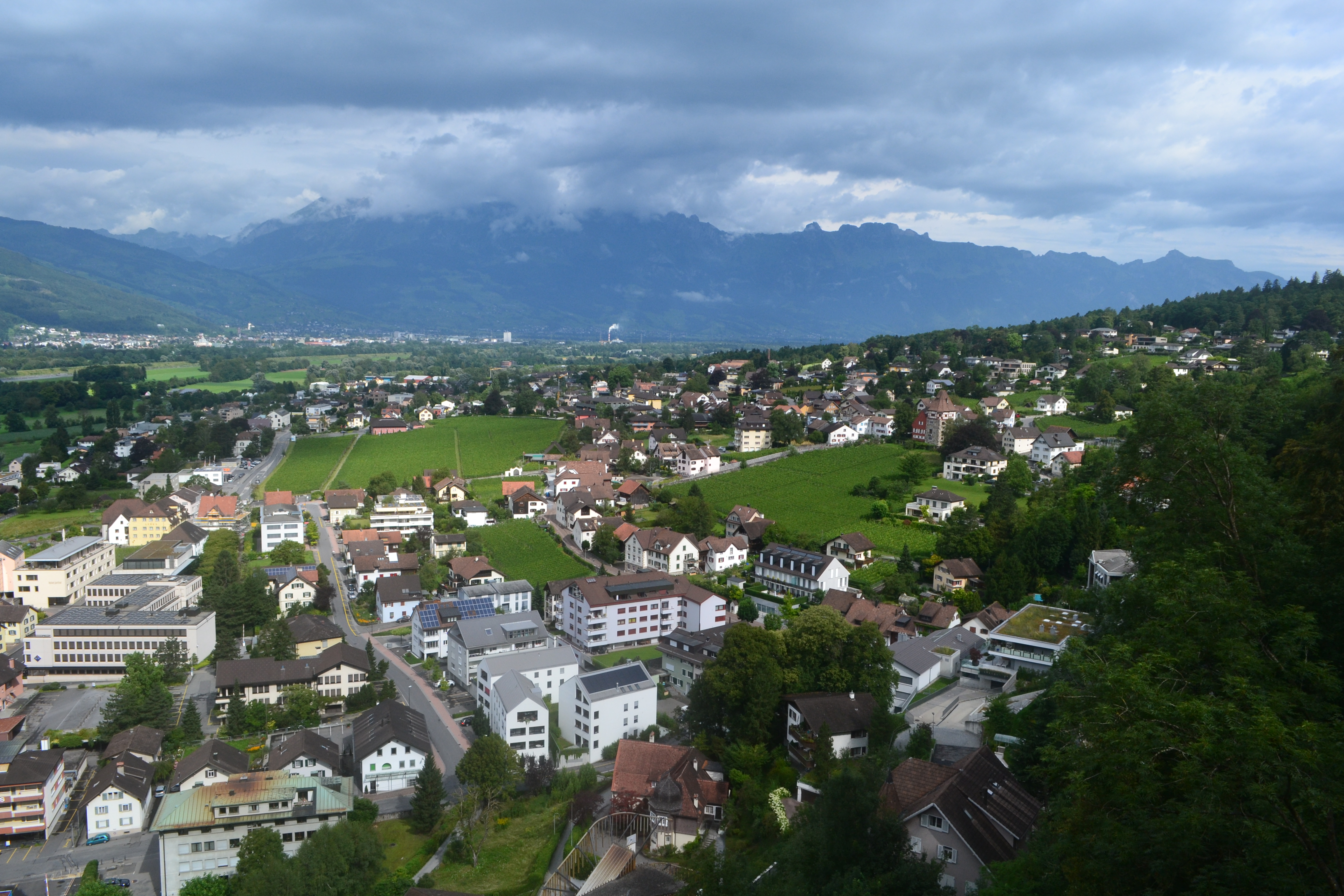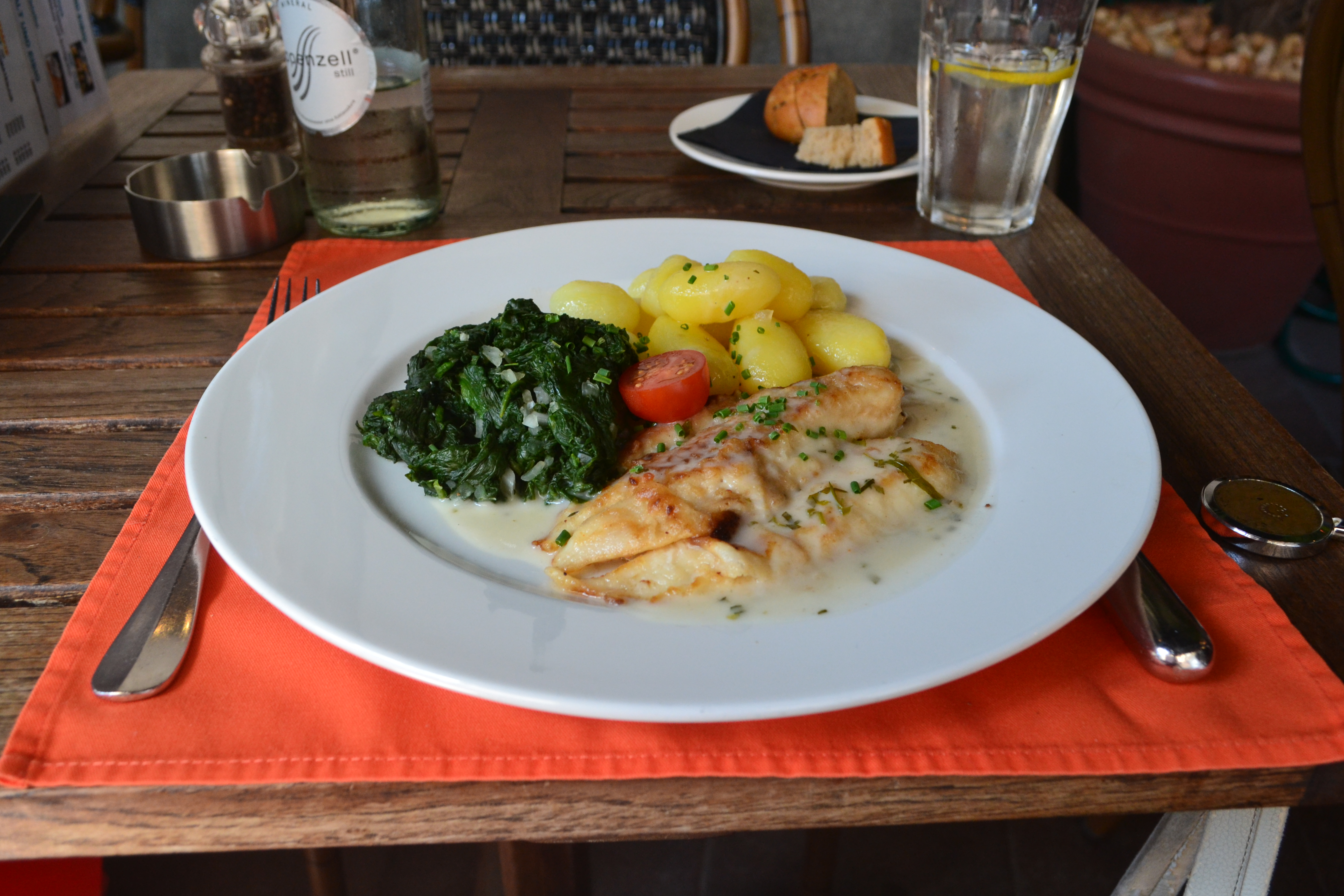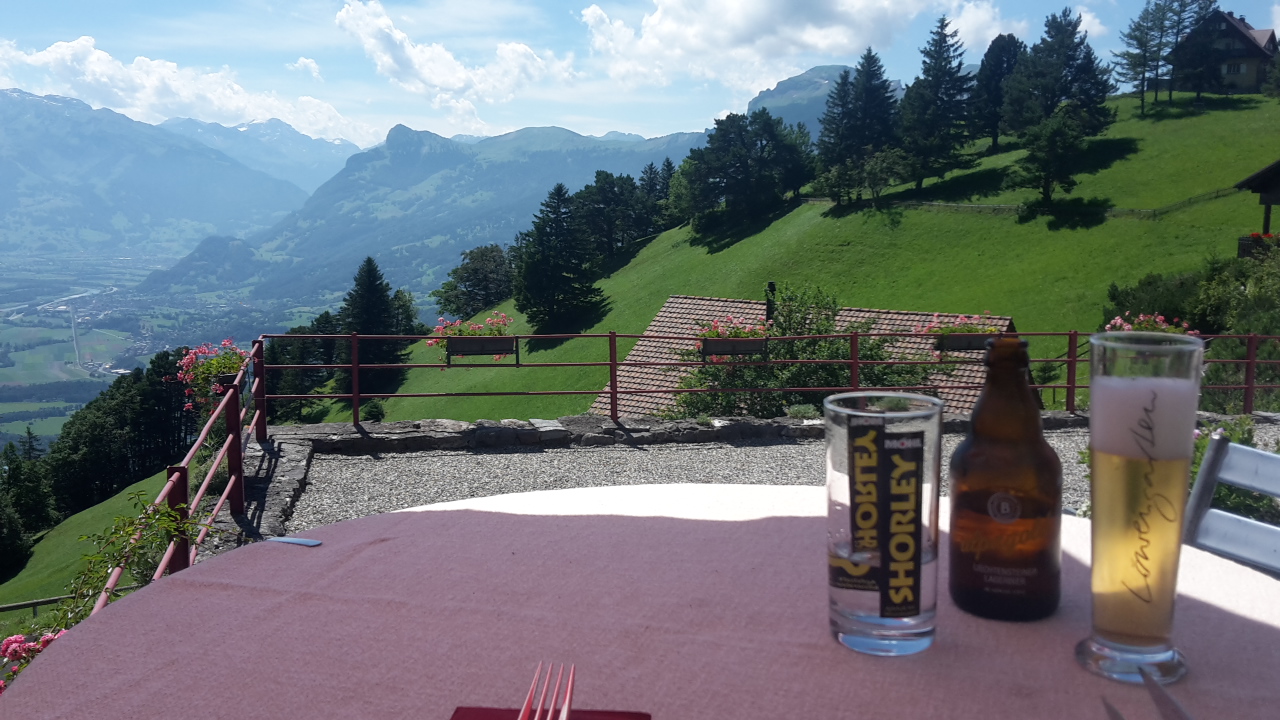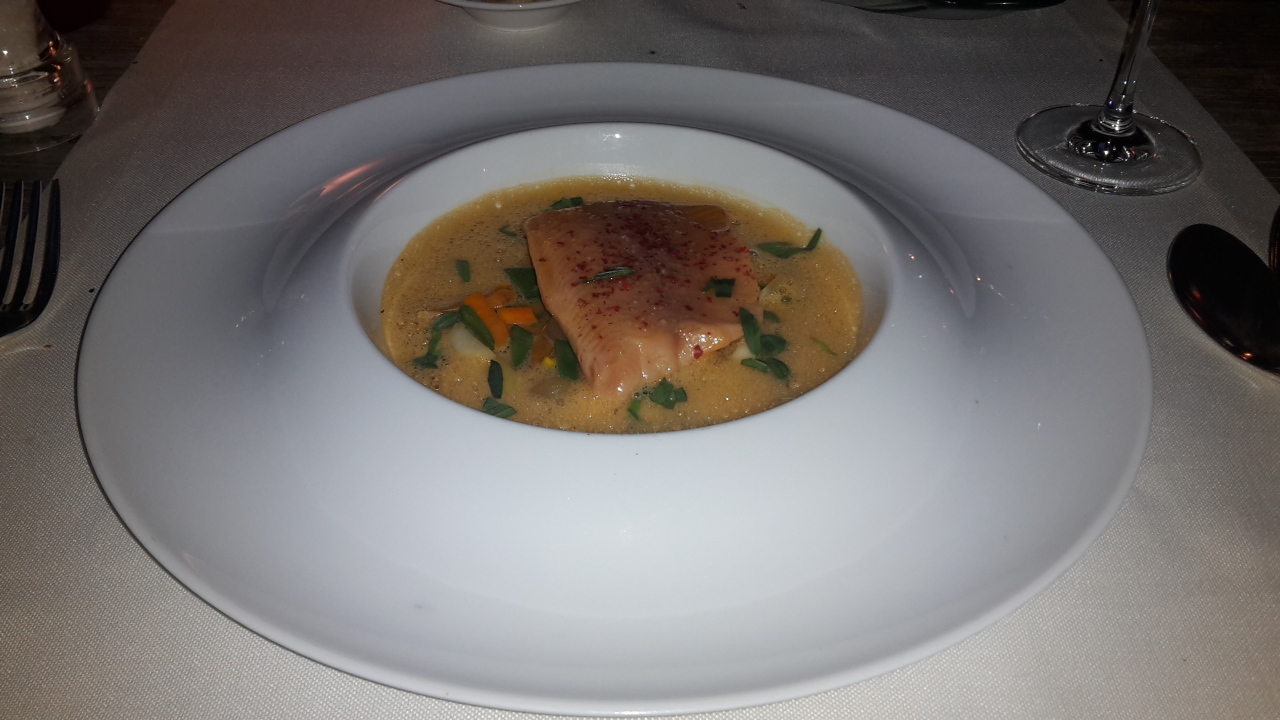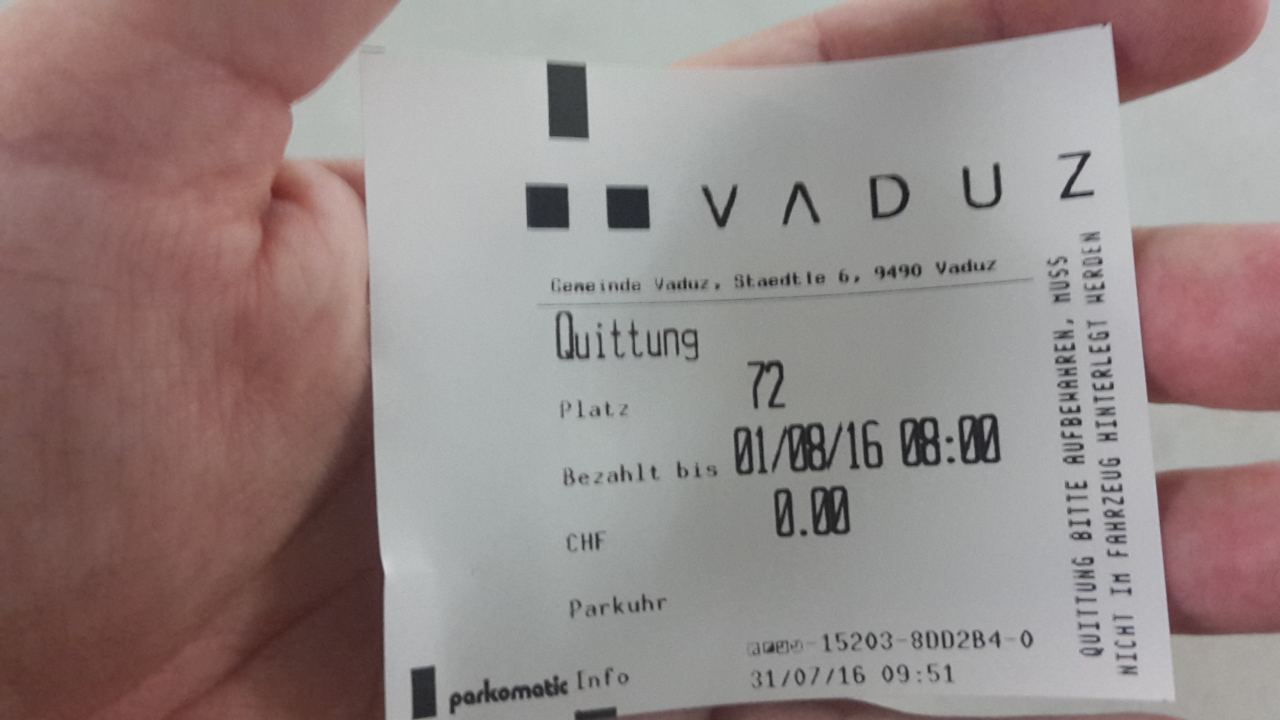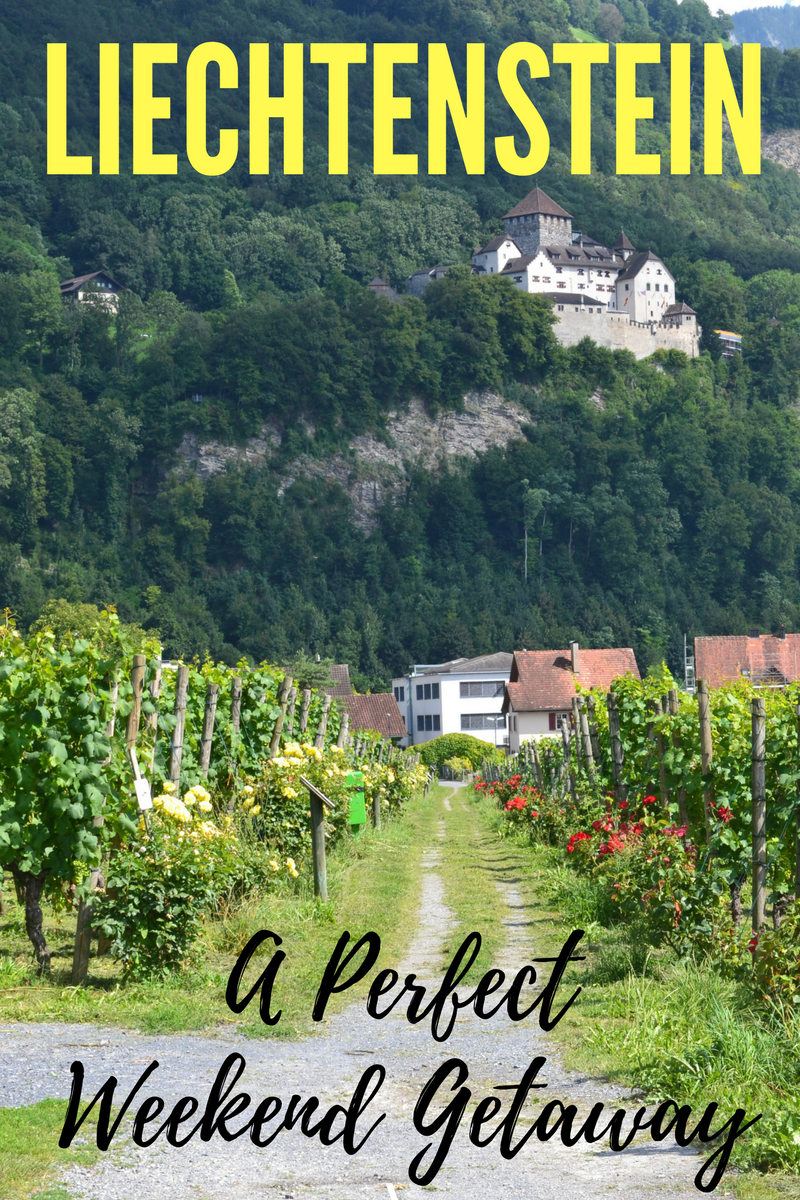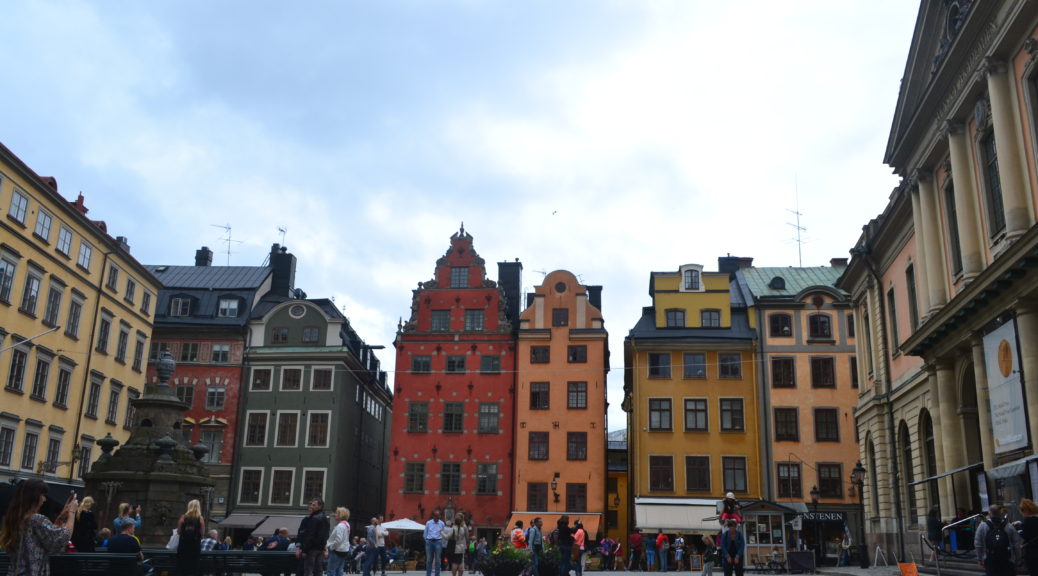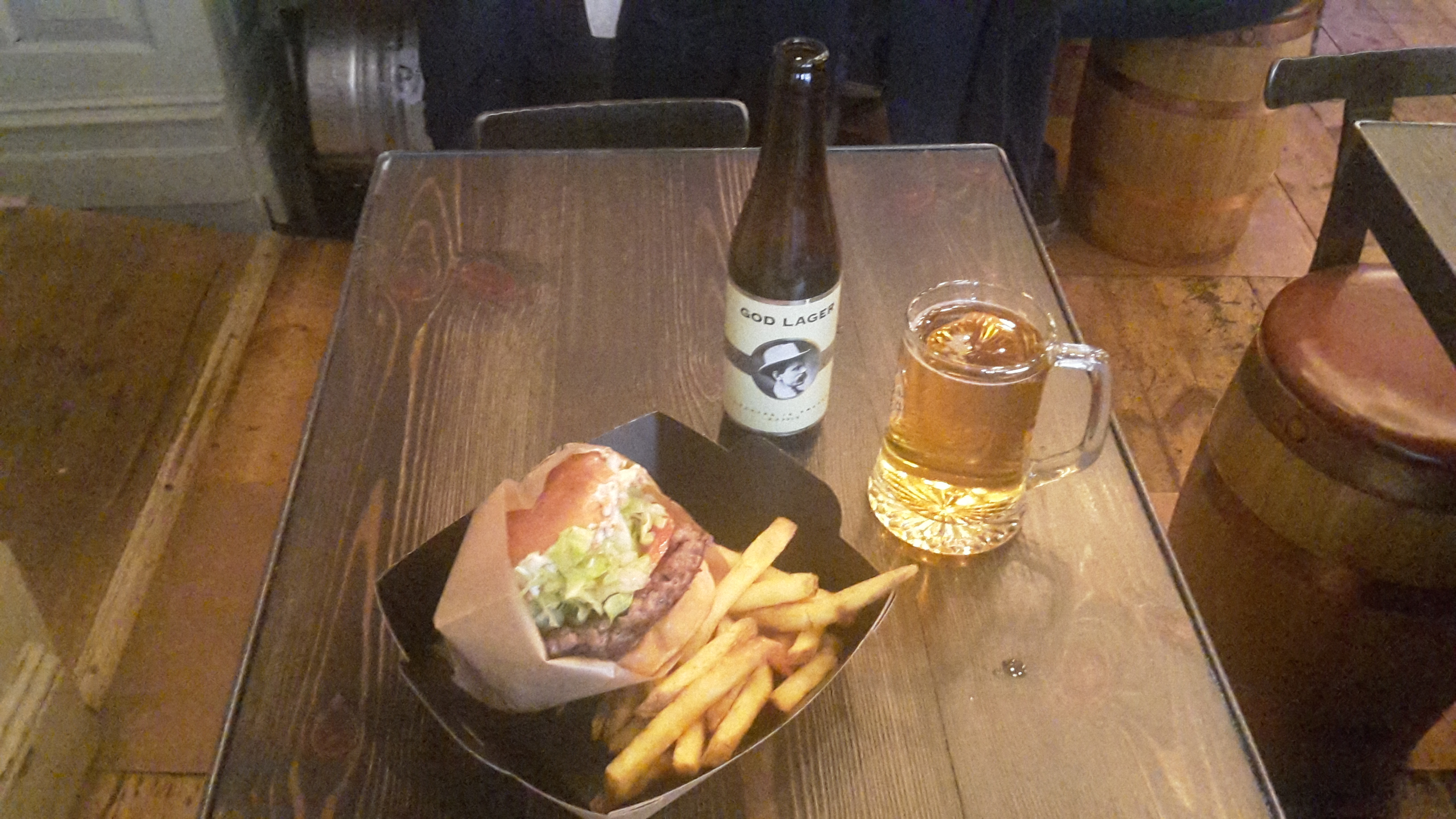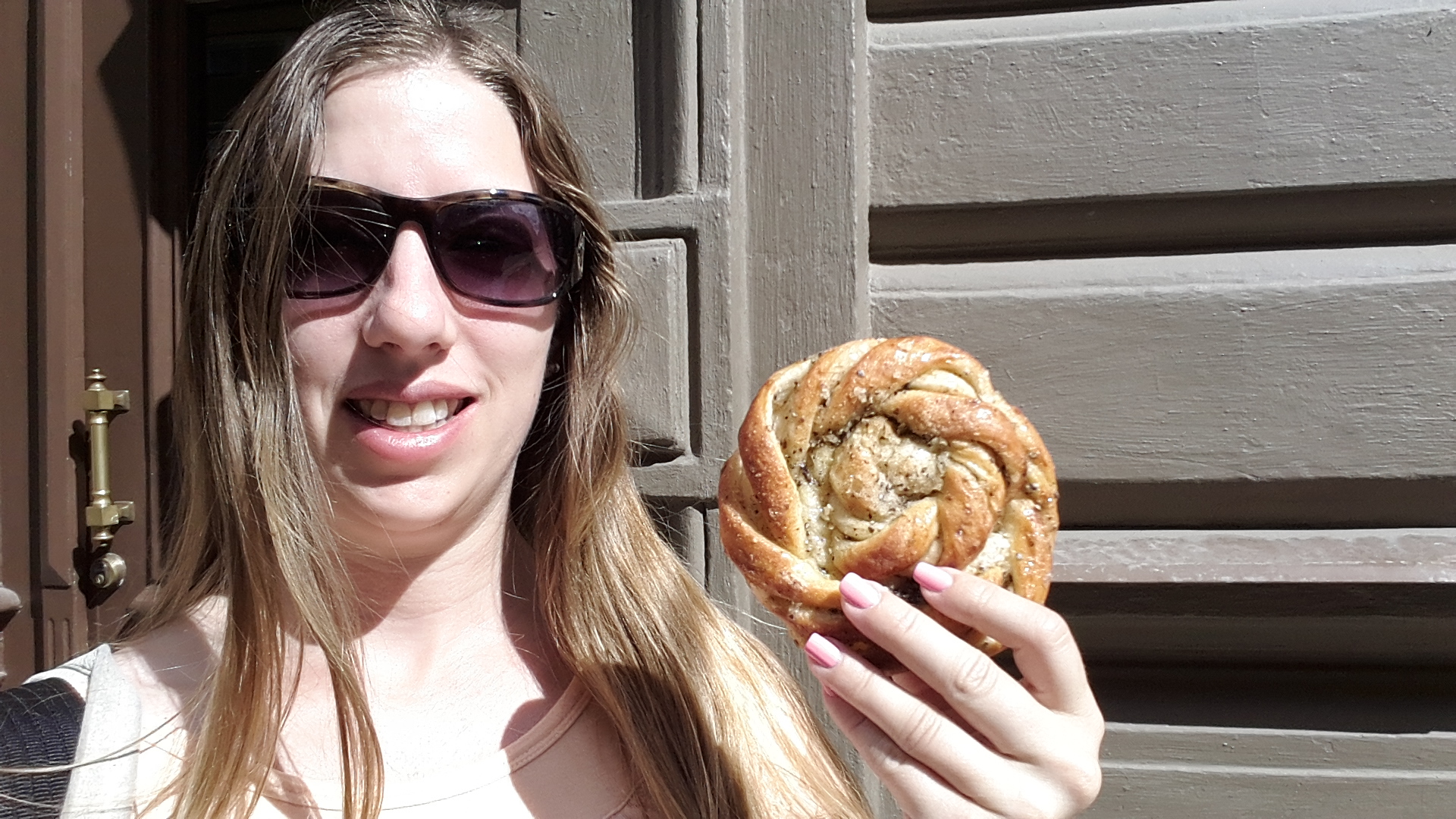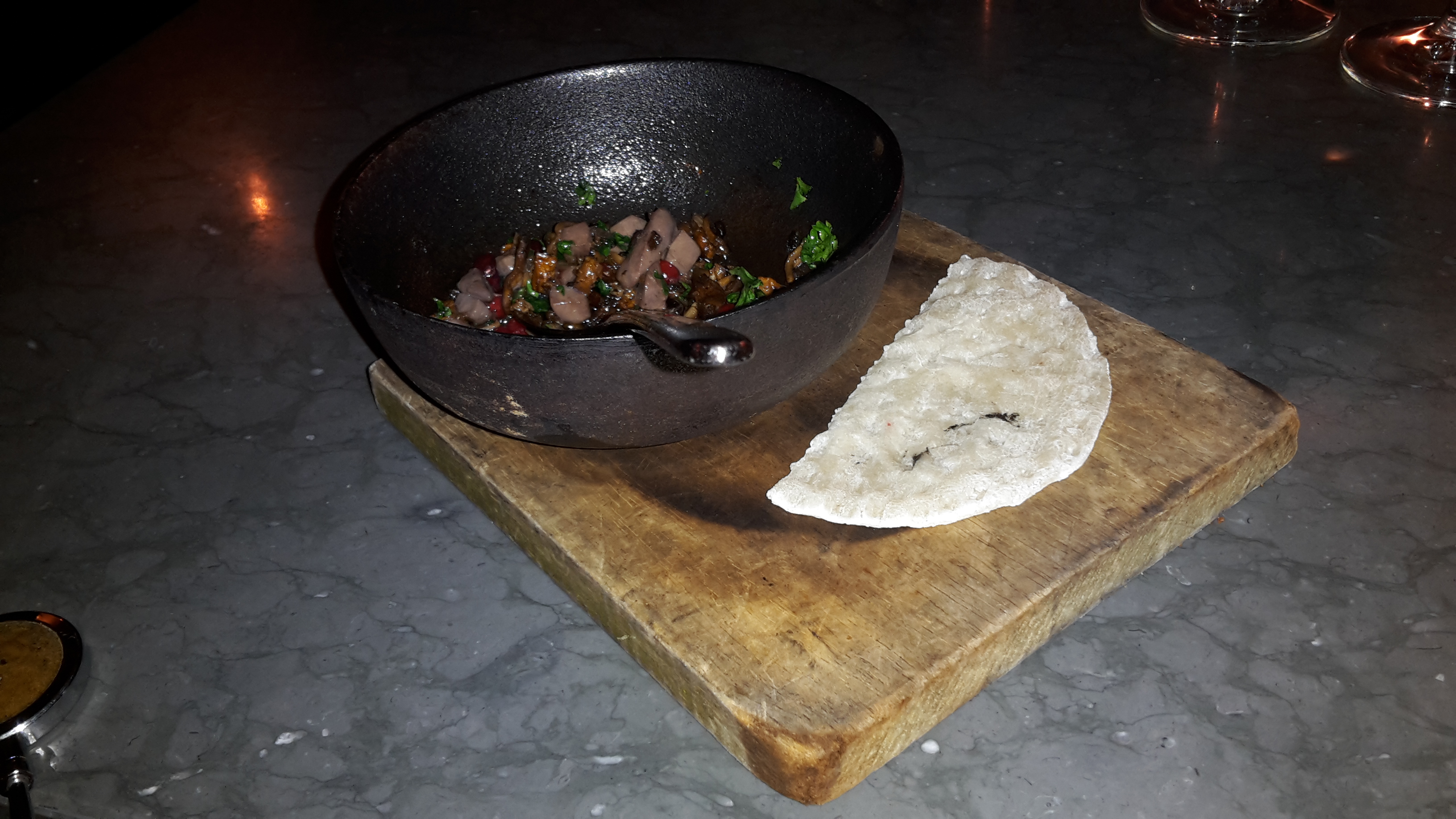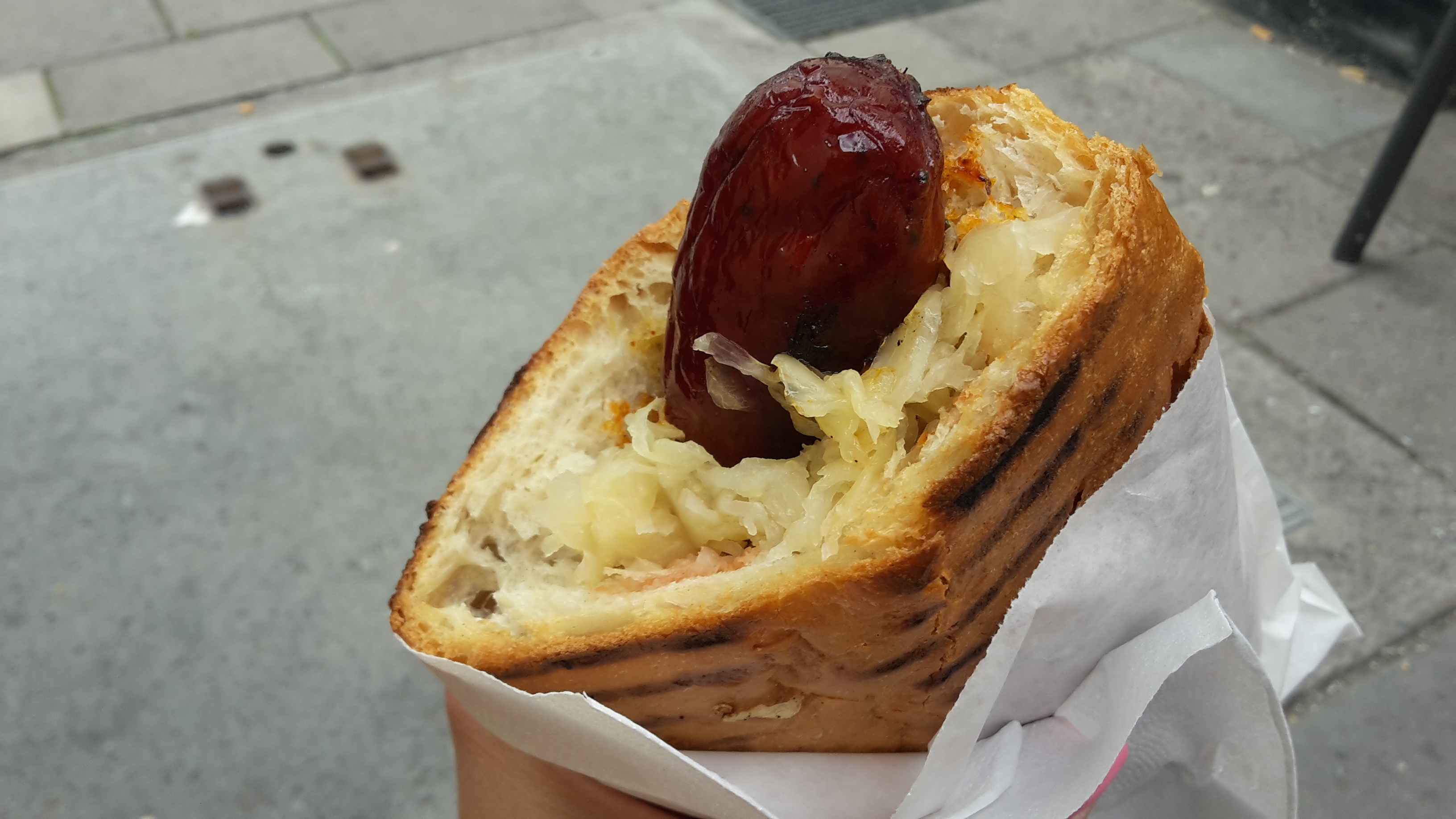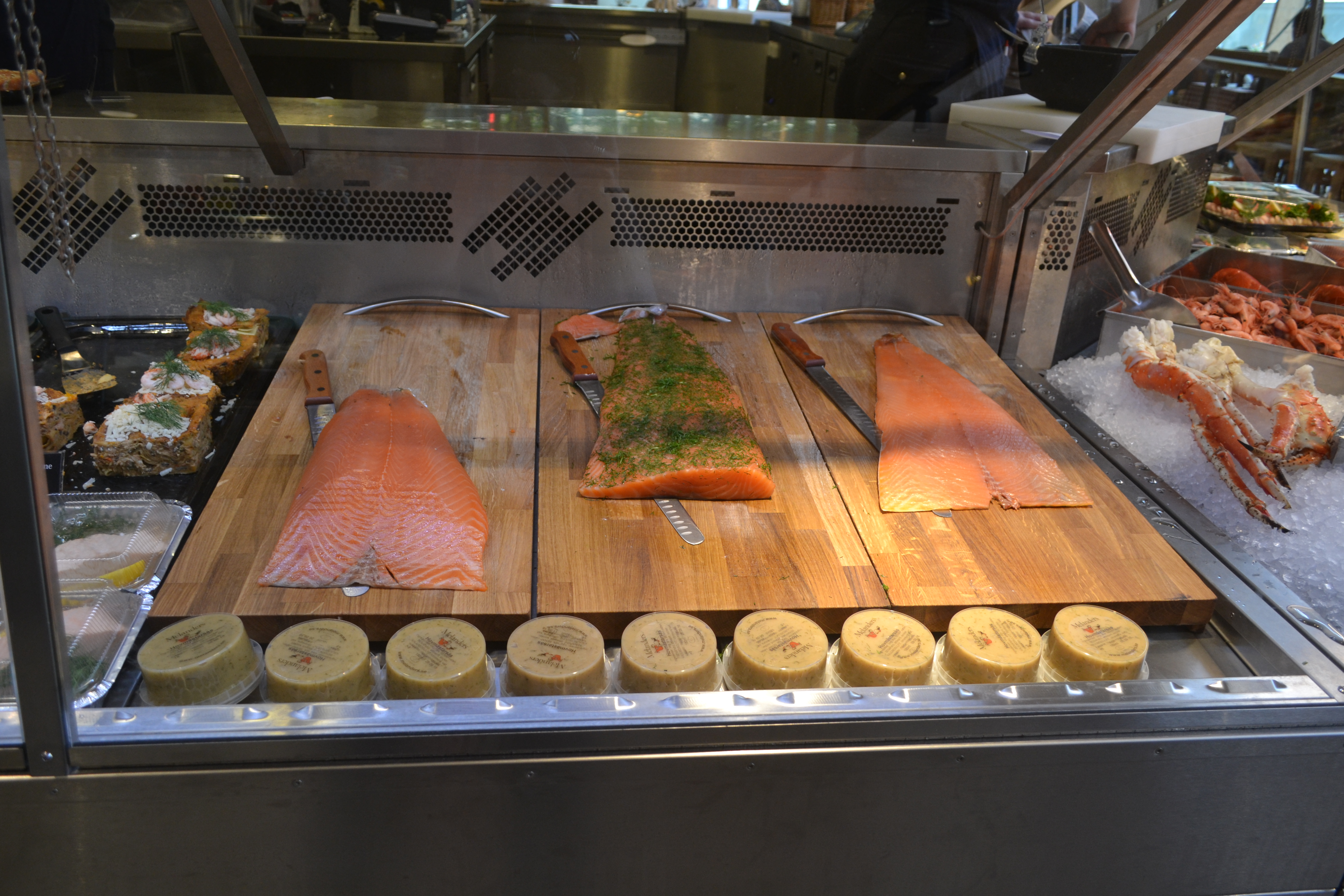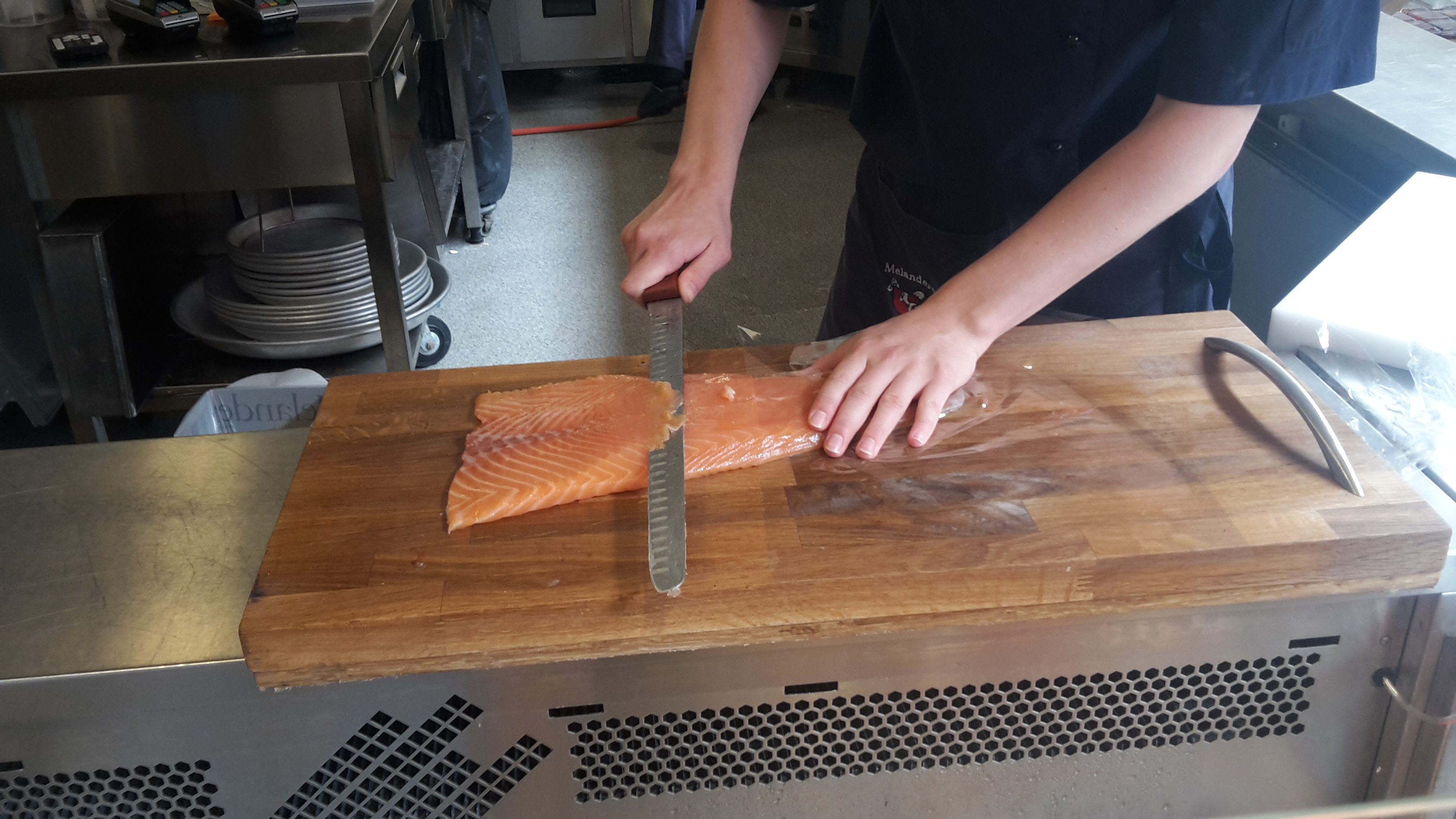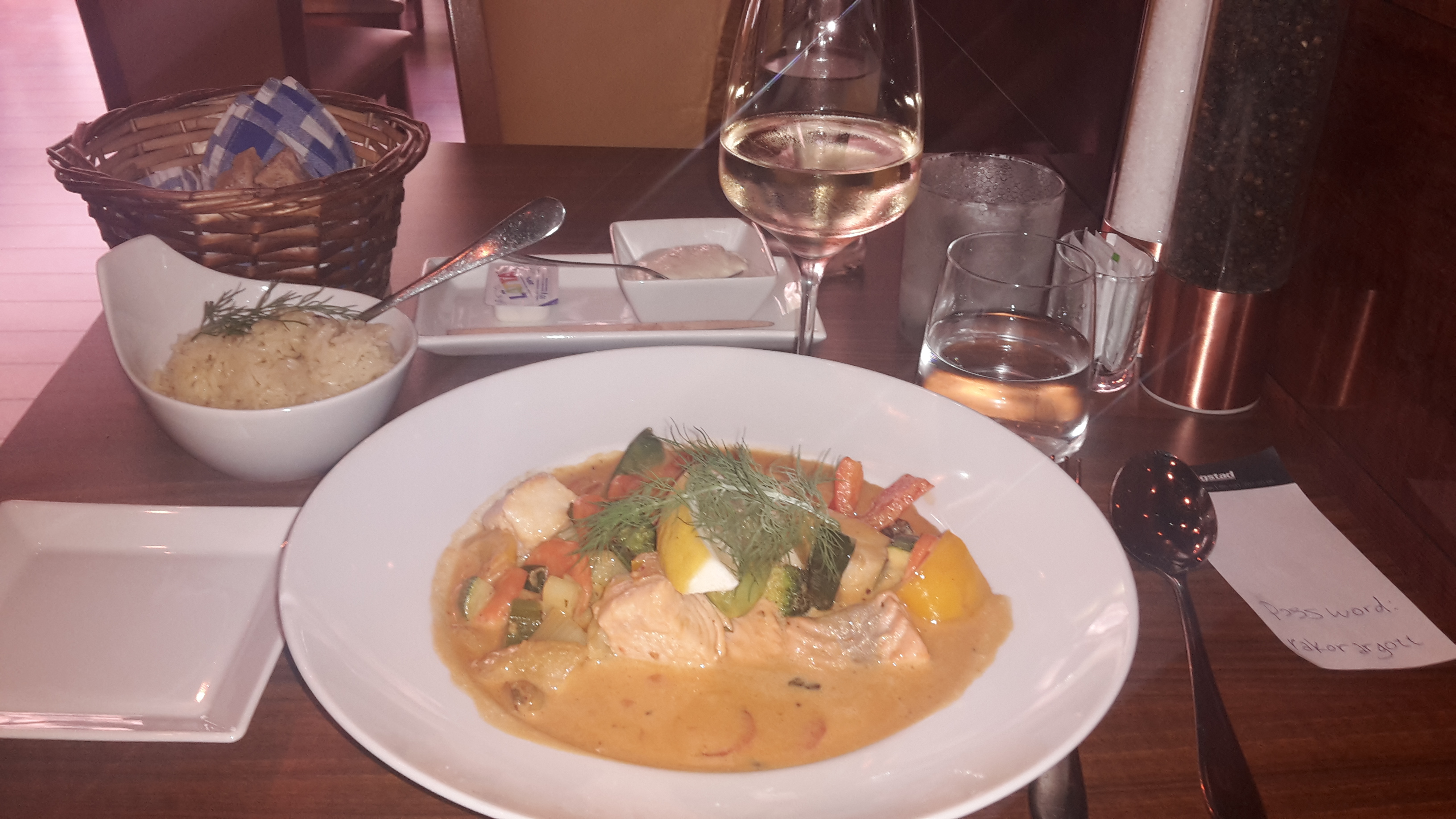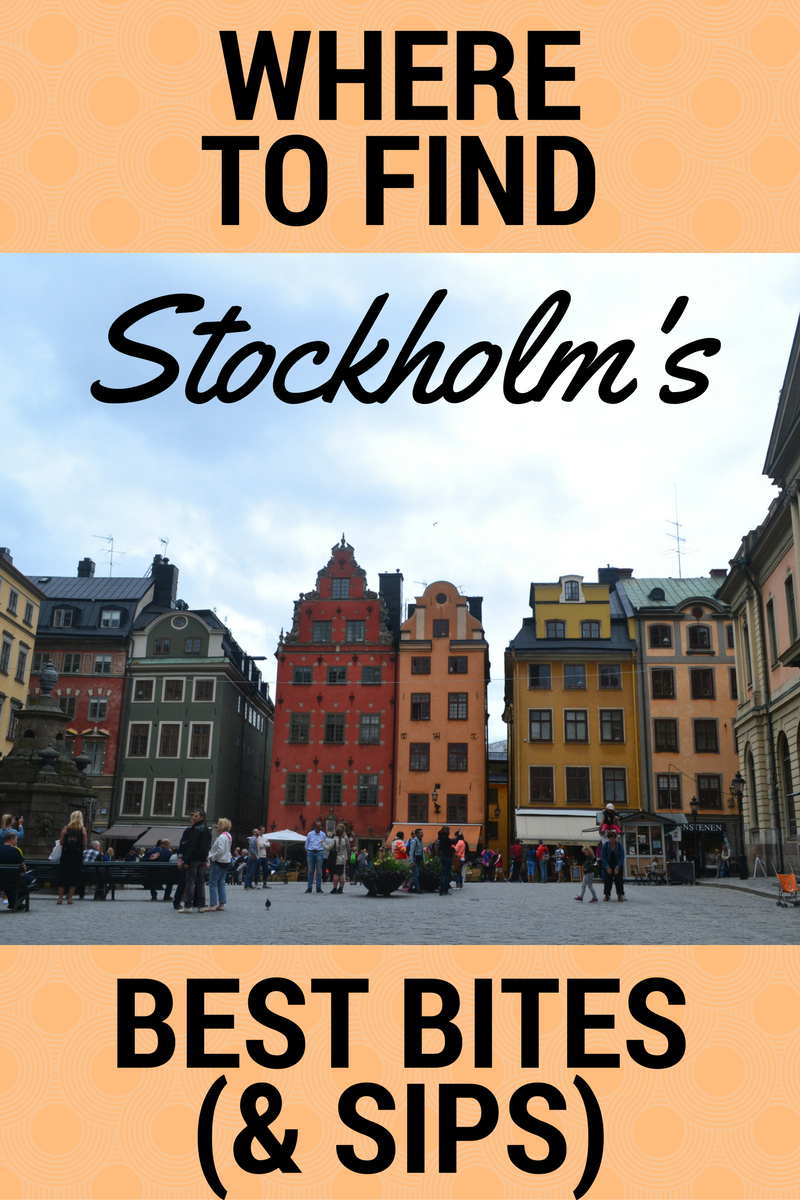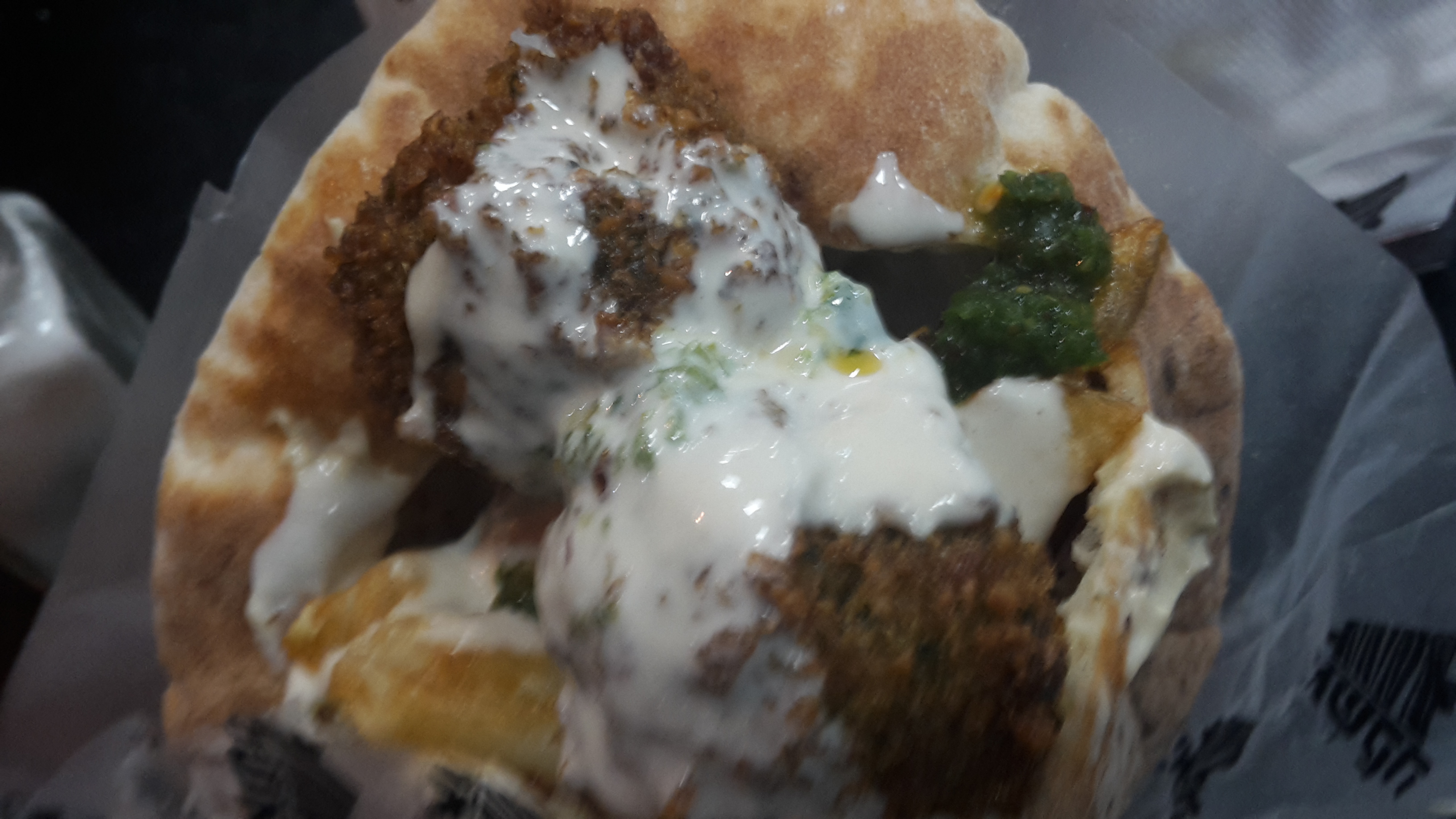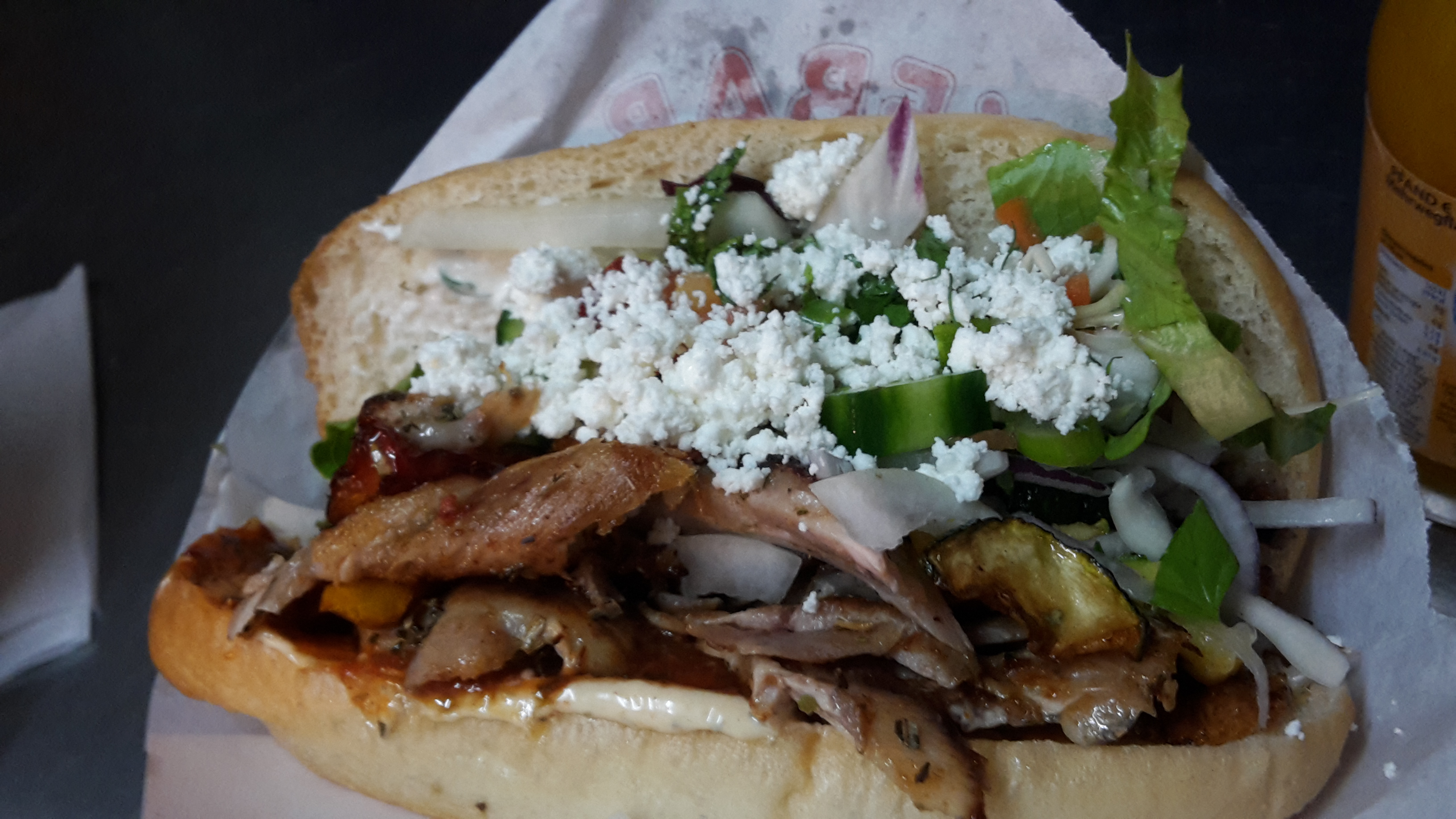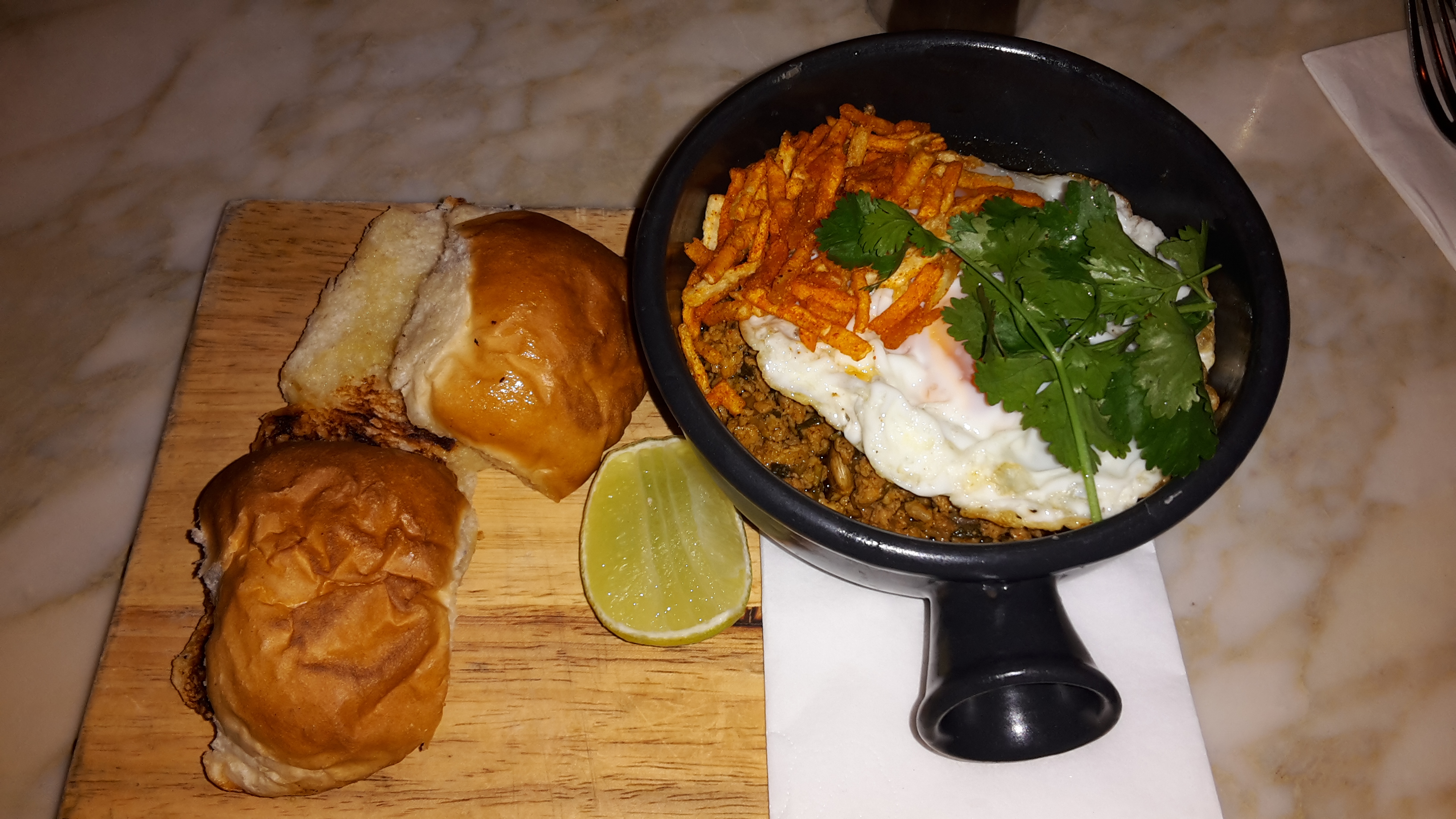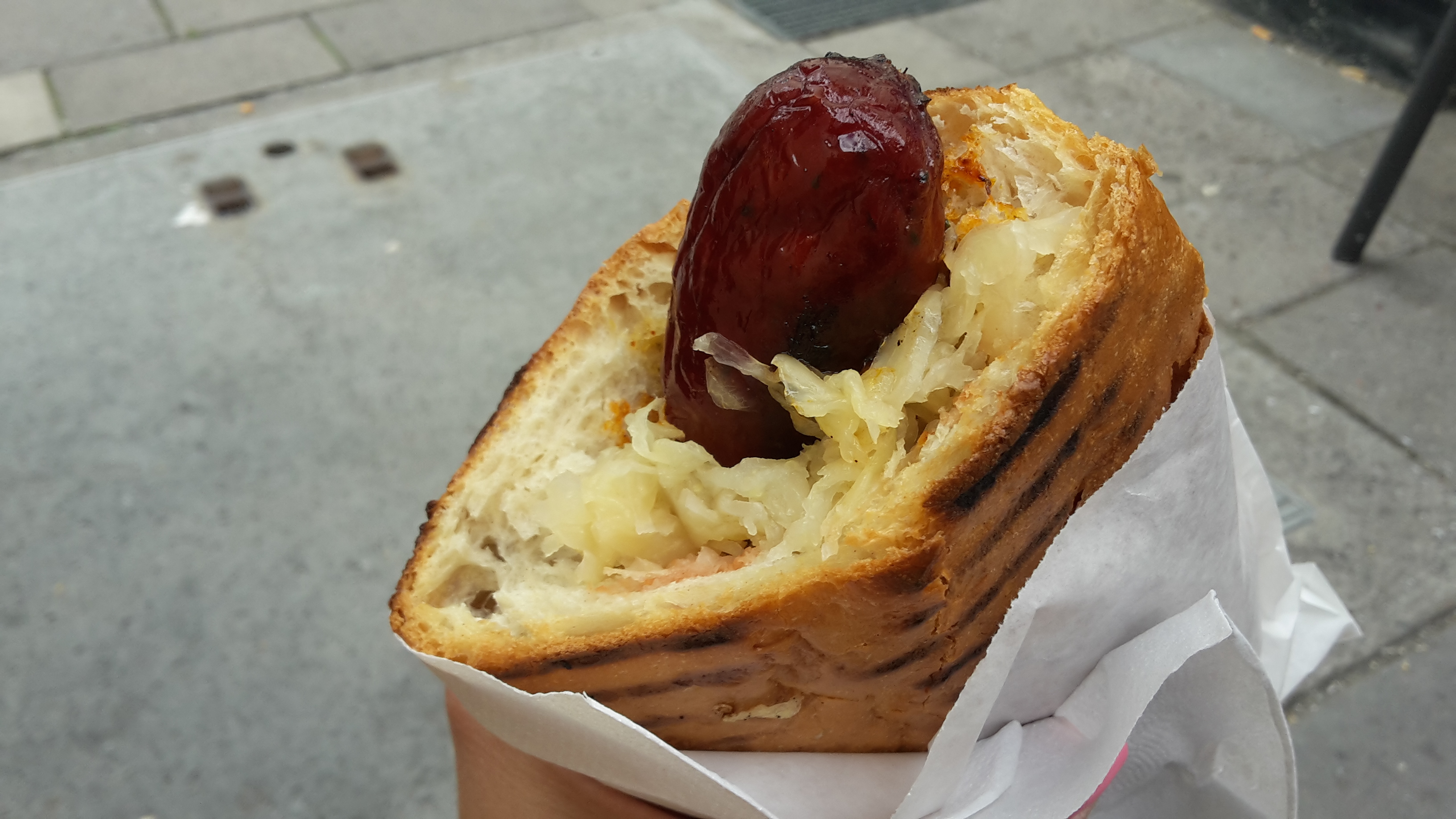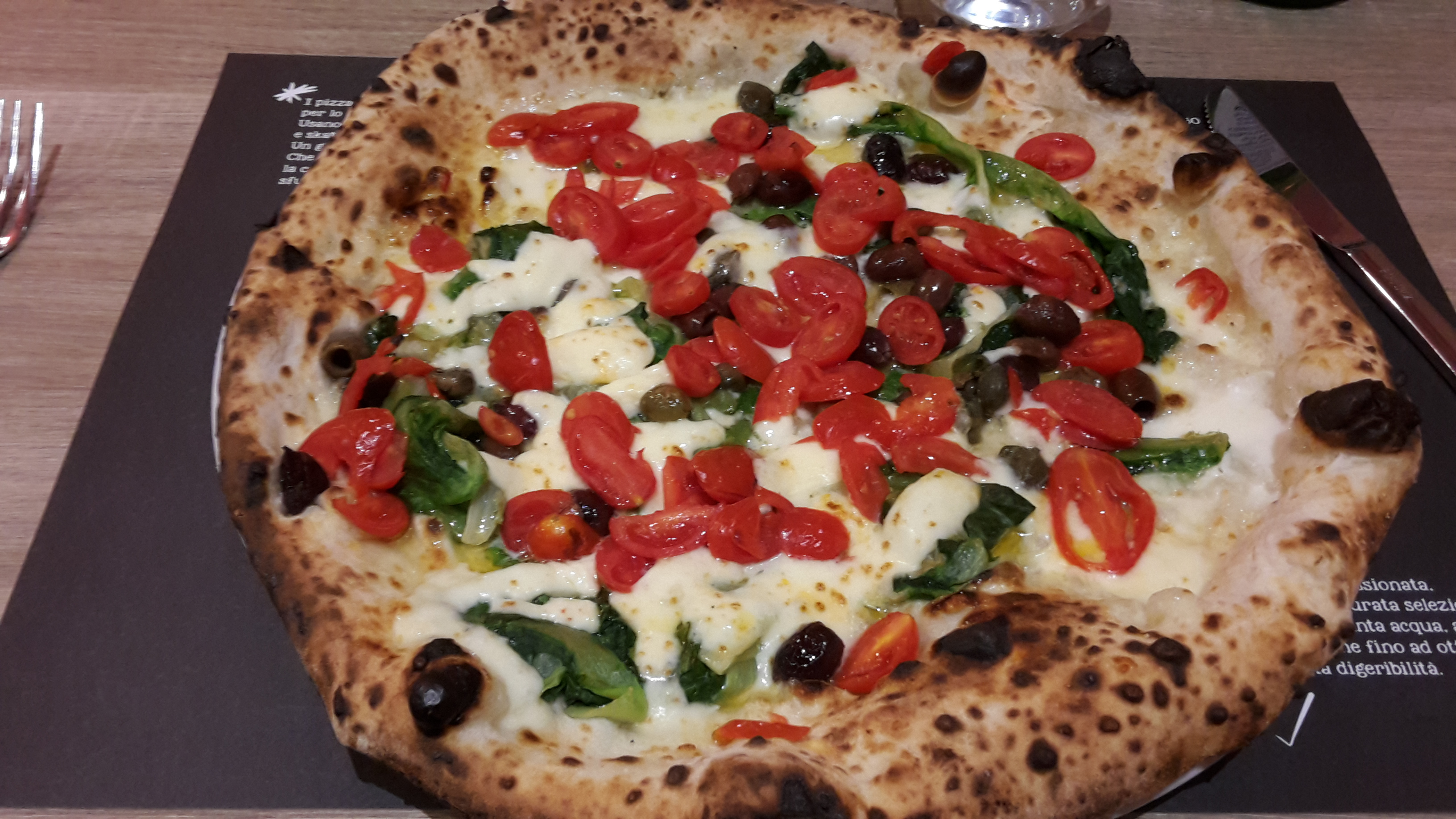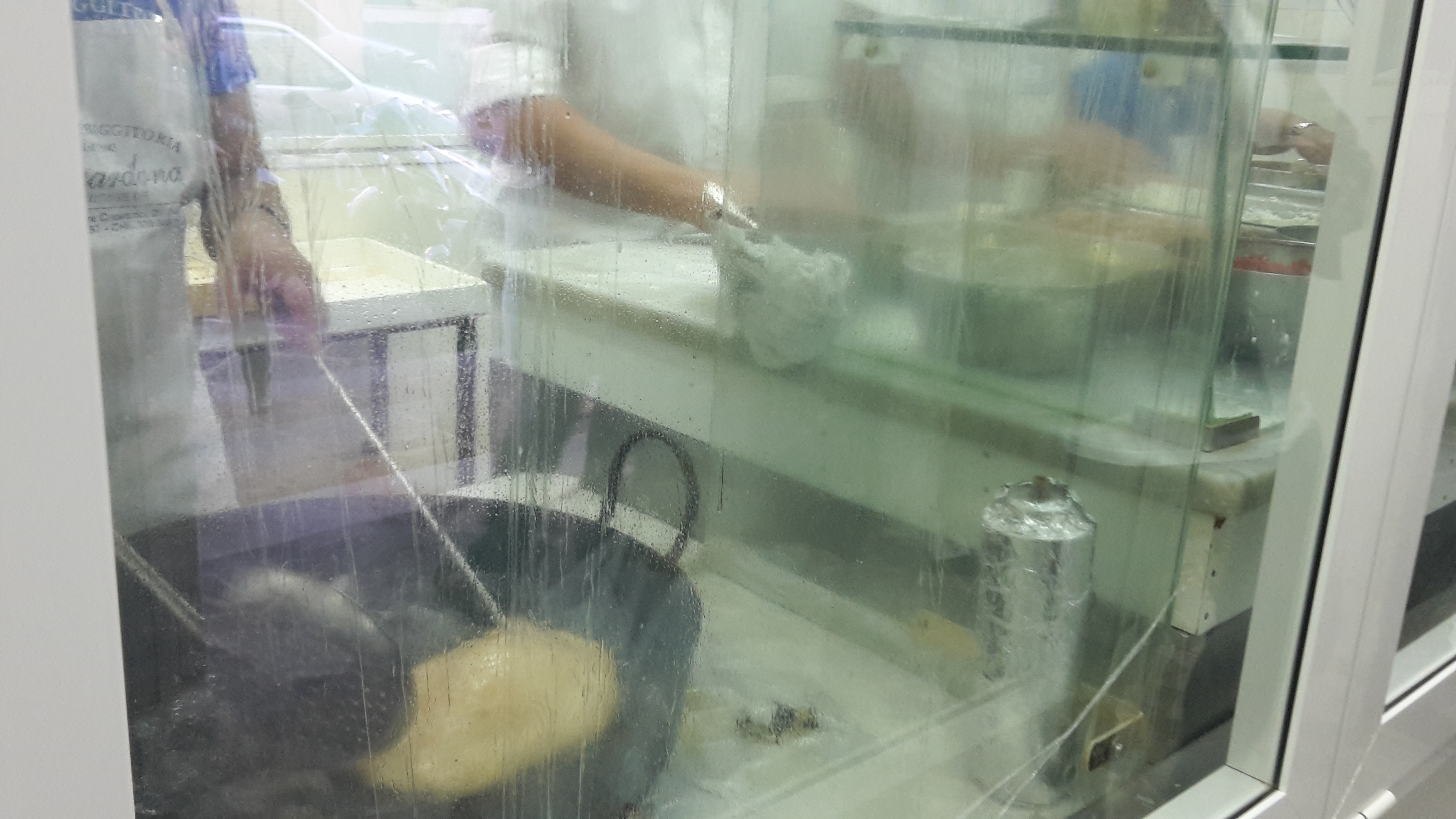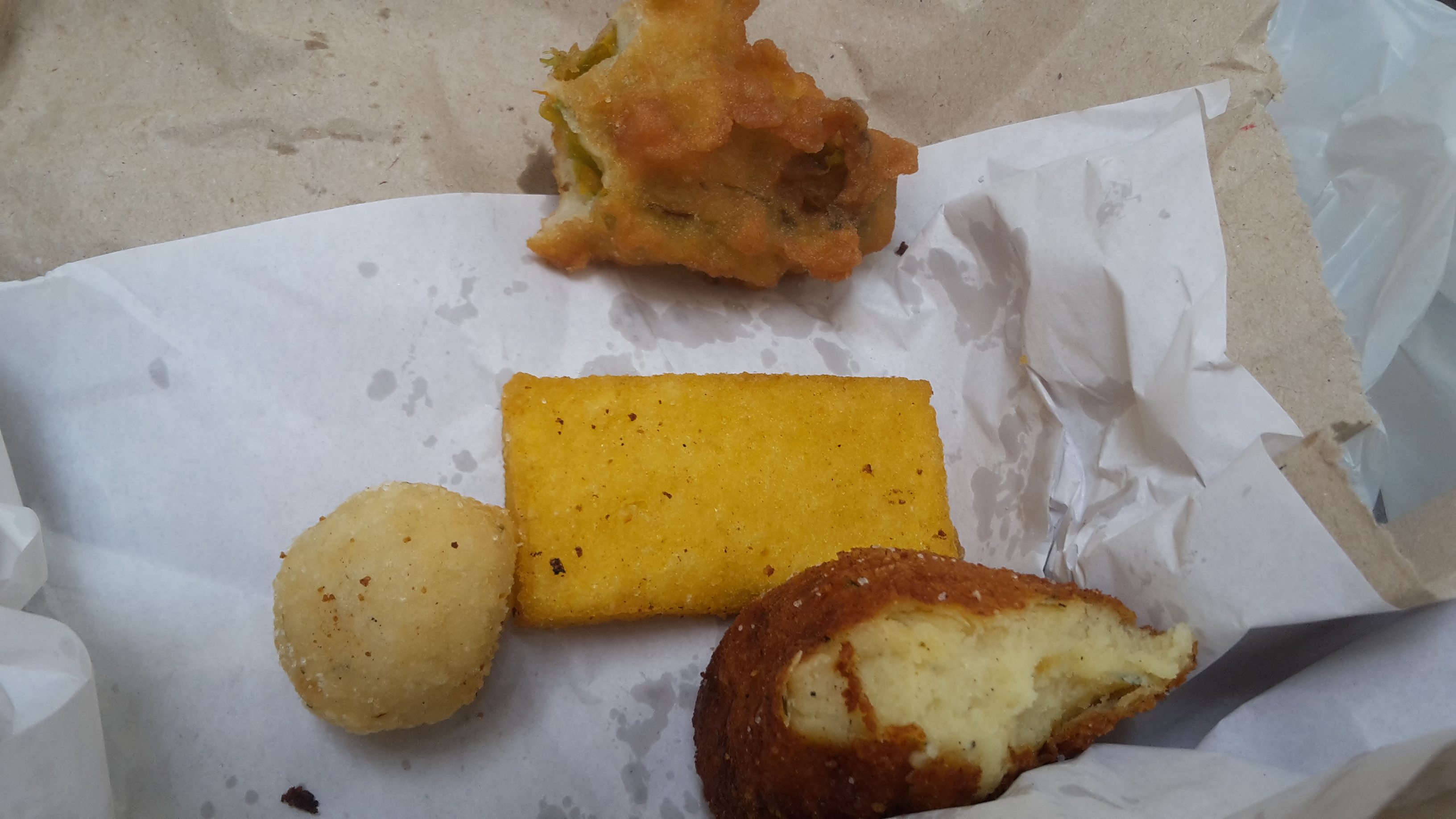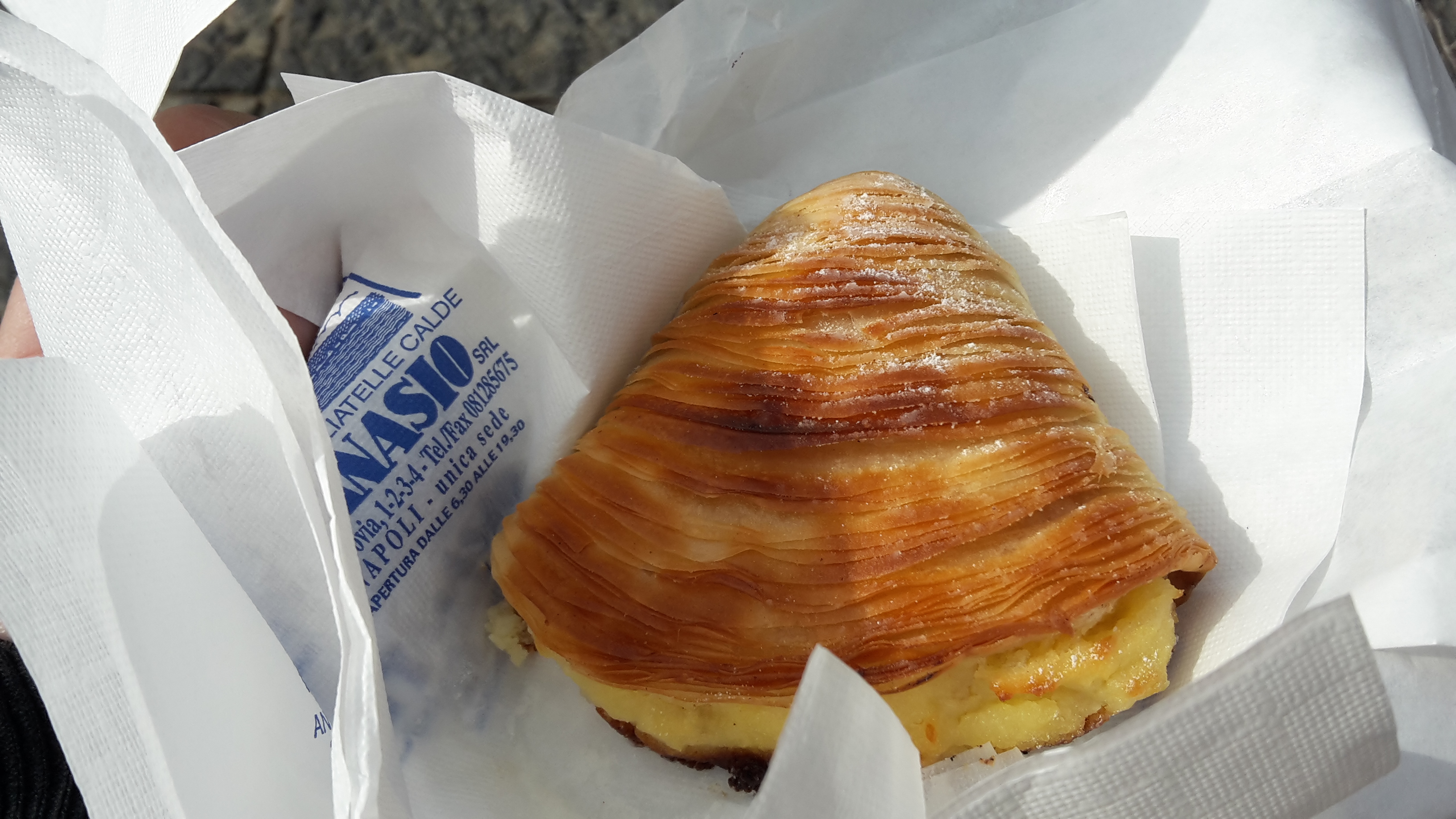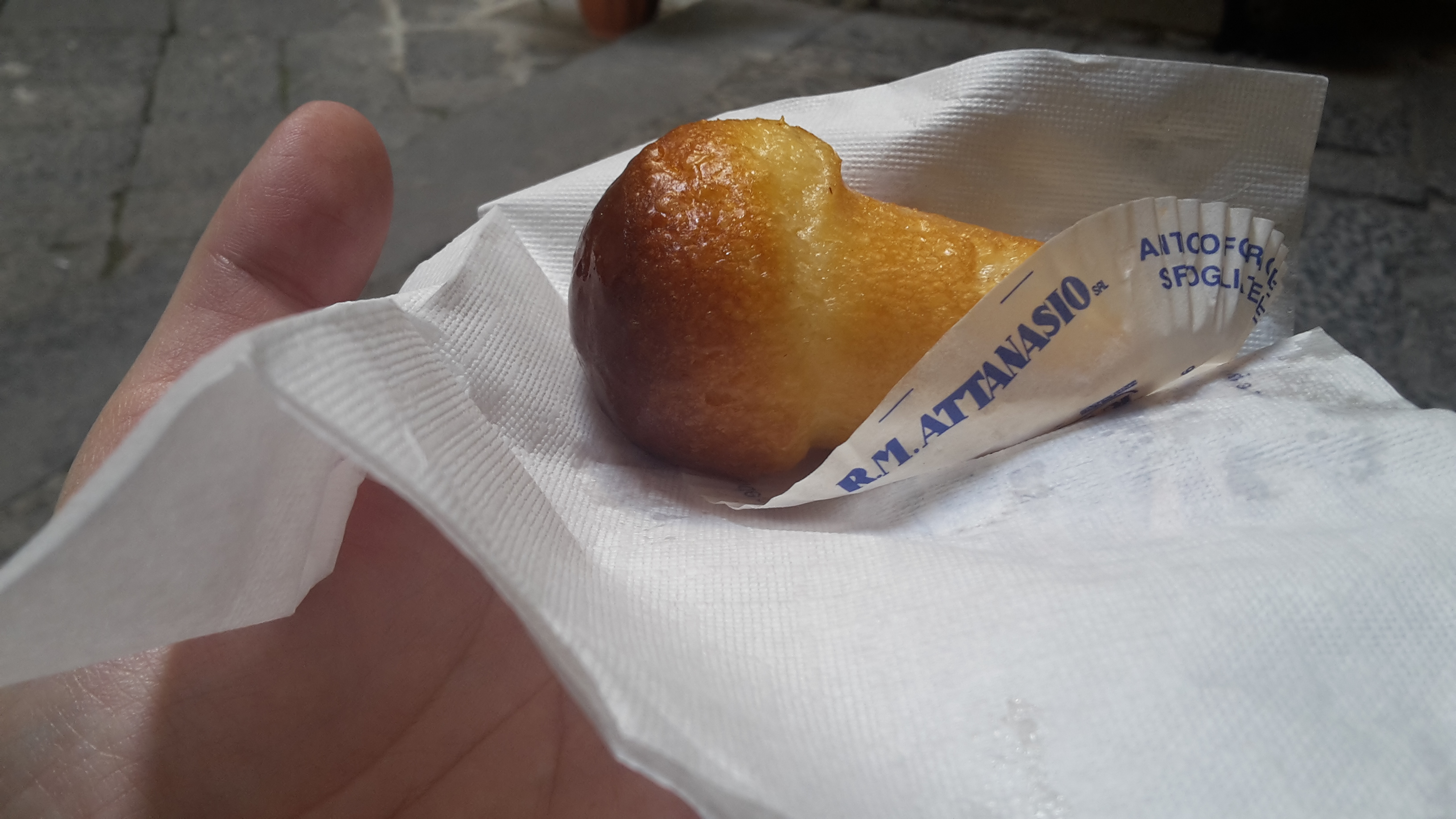As I reflect back on this past year in travel, there are so many memories that bubble up. Unexpected adventures, delicious meals, and shared laughter with friends. And of course, also rushing through airports, lost luggage, or barely making the last train. About half my trips were with friends or family, and the other half as a solo traveler.
Travel is definitely not all rainbows and unicorns, but as someone told me once about travel: It’s either a great experience . . . or a great story! I end this year with quite a few of both, and heaps of gratitude for all of the adventures I was privileged to experience – the good, the bad, and the random.
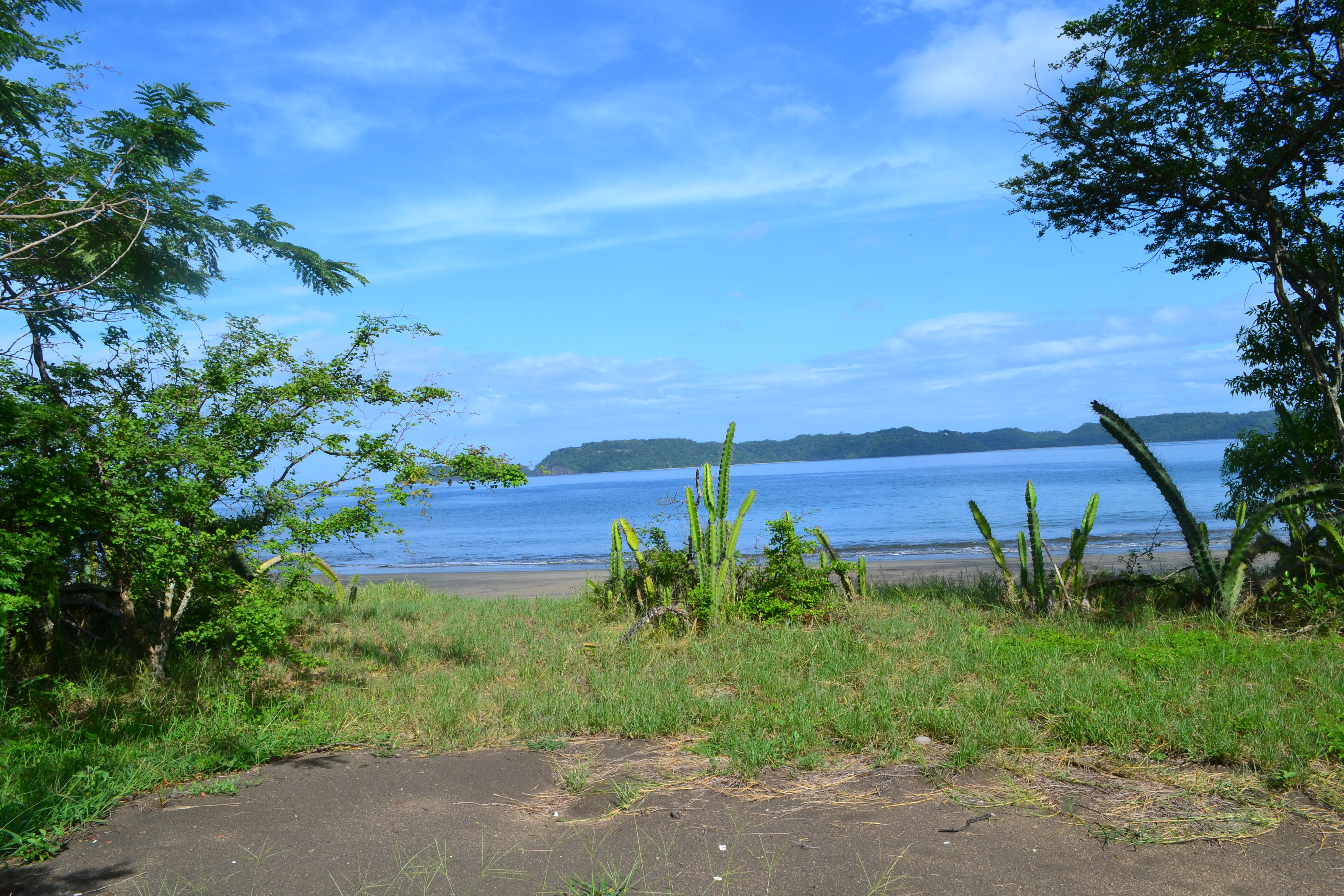
Most New Countries in a Year: 11! (and a full passport to boot)
I didn’t set out this year to visit a ton of new countries, it just sort of happened. Looking back, the new countries I made it to in Europe in 2016 – 6 – is actually quite similar to the 5 new European countries I explored last year (this year it was Albania, Bulgaria, Greece, Liechtenstein, Romania, & Sweden for those of you keeping track). Ditto for Asia. Last year, I went to 2 new countries, and this year the same: Indonesia & Singapore. What really put me over the top was making it to Costa Rica for the first time on my family vacation back in August, and also getting a chance to explore 2 new countries in the Middle East with my sister this December: Oman & United Arab Emirates. Thanks, family!!
FYI, my American readers, the US phased out adding extra pages to passports at the end of 2015, so if your passport becomes full like mine, you’ll have to renew it to travel even if it’s not expiring yet. The good news is that when you renew, you can choose the longer length for no additional cost. Obviously something on my immediate to-do list in the new year 😉
Hardest Time Finding a Restaurant: Berat, Albania
When you’re traveling in Albania, you seek out Berat. Its old city is a UNESCO World Heritage Site and it is known as The Town of a Thousand Windows for the beautifully window-filled view you get of the hillside from the river. Many people stay in Berat overnight, but it can also be visited as a day trip during a weekend in Tirana like I did with friends back in May. We got an early start, and spent a good part of the morning hiking uphill and exploring the Berat Castle. Well after noon, we felt that we had taken in the sights, but had not been particularly inspired by the food choices inside the castle walls. And we saw one place right outside the walls, but it was a giant eatery with tour buses parked outside, so didn’t seem like our style either. Instead we found the restaurant that everyone had been raving about online as being the spot locals prefer, and started to make our way in that direction.
There were four of us including me, and with several people consulting the maps on their phone, we thought that surely we could find our way to this nearby spot quite quickly, as we were starting to get quite hungry. We started down the one hill connecting the castle entrance to town and it kept looking like a wiggle down the next side street would lead us to the restaurant entrance. I would pop down one alleyway, certain it was finally the right one, and then reappear a minute later dejected that there was no eatery present. Eventually, we made it to the bottom of the hill to town and close to the car, but let’s be real – we were committed to finding the restaurant at this stage! We drove a bit to side streets where an alternate online map placed the taverna. Then we returned to the bottom of the hill where we had started, and asked some locals passing by if they knew how to get there. Finally, after what was probably *way* too much time floundering on our own, we called the restaurant. The owner, being so gracious at what was now probably around 2pm, actually came to fetch us.
We were able to follow him in his car on a meandering path that brought us . . . to a restaurant right at the top of the path right by the castle! I think it had been hidden by the hilltop and the large restaurant with the tourist buses, but of course we had been right there at the beginning. Fortunately all of our efforts were rewarded, with a massive, delectable feast of Albanian food with a Greek twist at Taverna Lazaro.
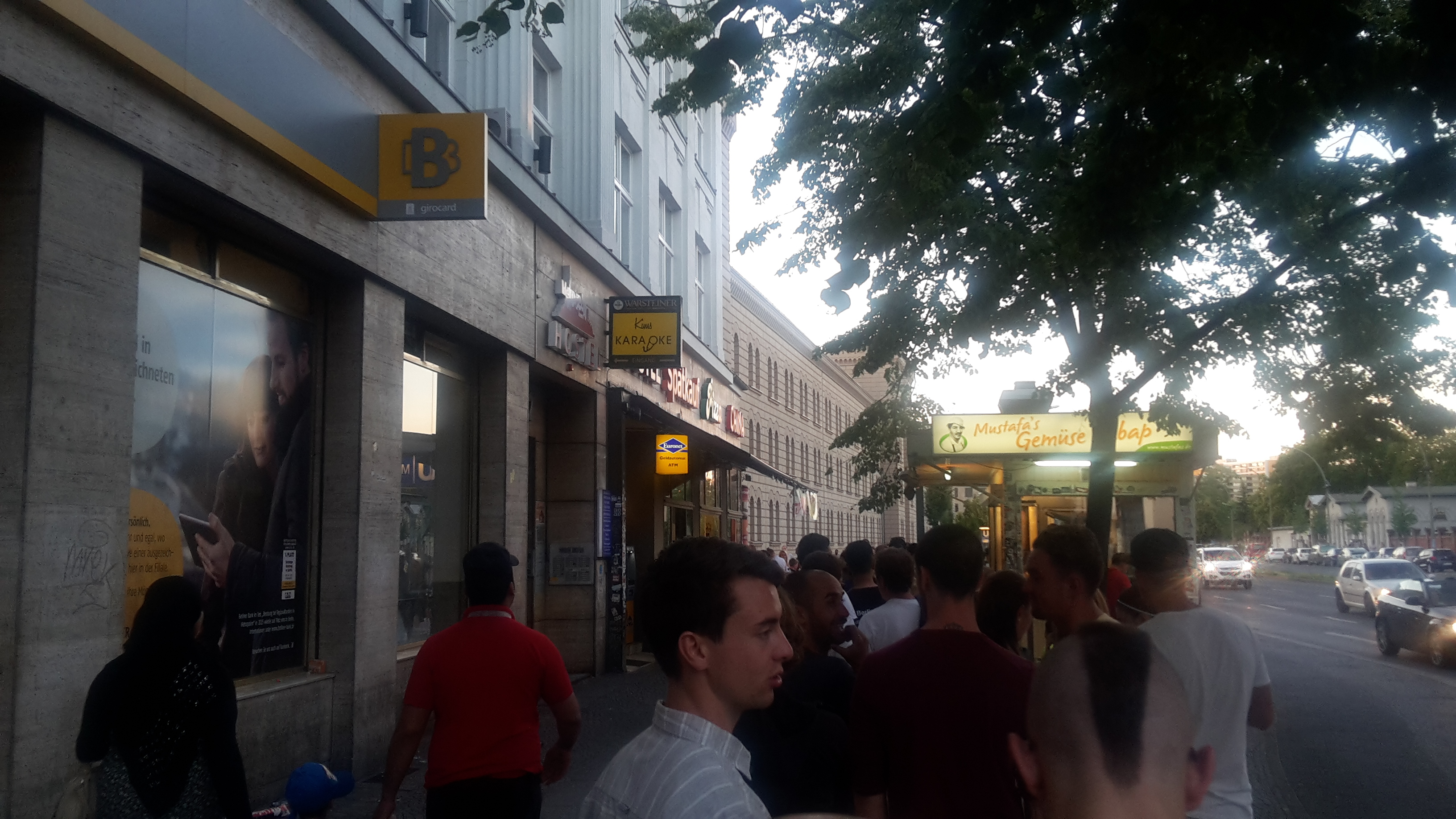
Place I Made the Most Friends on the Road: Waiting in Line for a Kebab in Berlin
I usually make the most friends on the road when I am traveling solo, and this year is no exception. In the end, I actually had relatively few trips when I was in a hostel-type accommodation, which is where I would normally meet other travelers. And although I did walking tours and other group activities on my own, it was actually in a quest for food that I found the most kindred spirits. Nothing brings people together quite like shared queuing, and on this particular night in Berlin, I was set on getting what is probably the city’s most famous kebab. The line was moving along at a decent clip, but then the stand ran out of supplies (!) and had to re-stock. So what was looking like a 20-minute wait became closer to an hour, and I had a chance to gain some insight on the city from two other expats: a Spaniard living and working in Berlin and a Taiwanese student studying there. More proof that you never know who’ll you meet on the road.
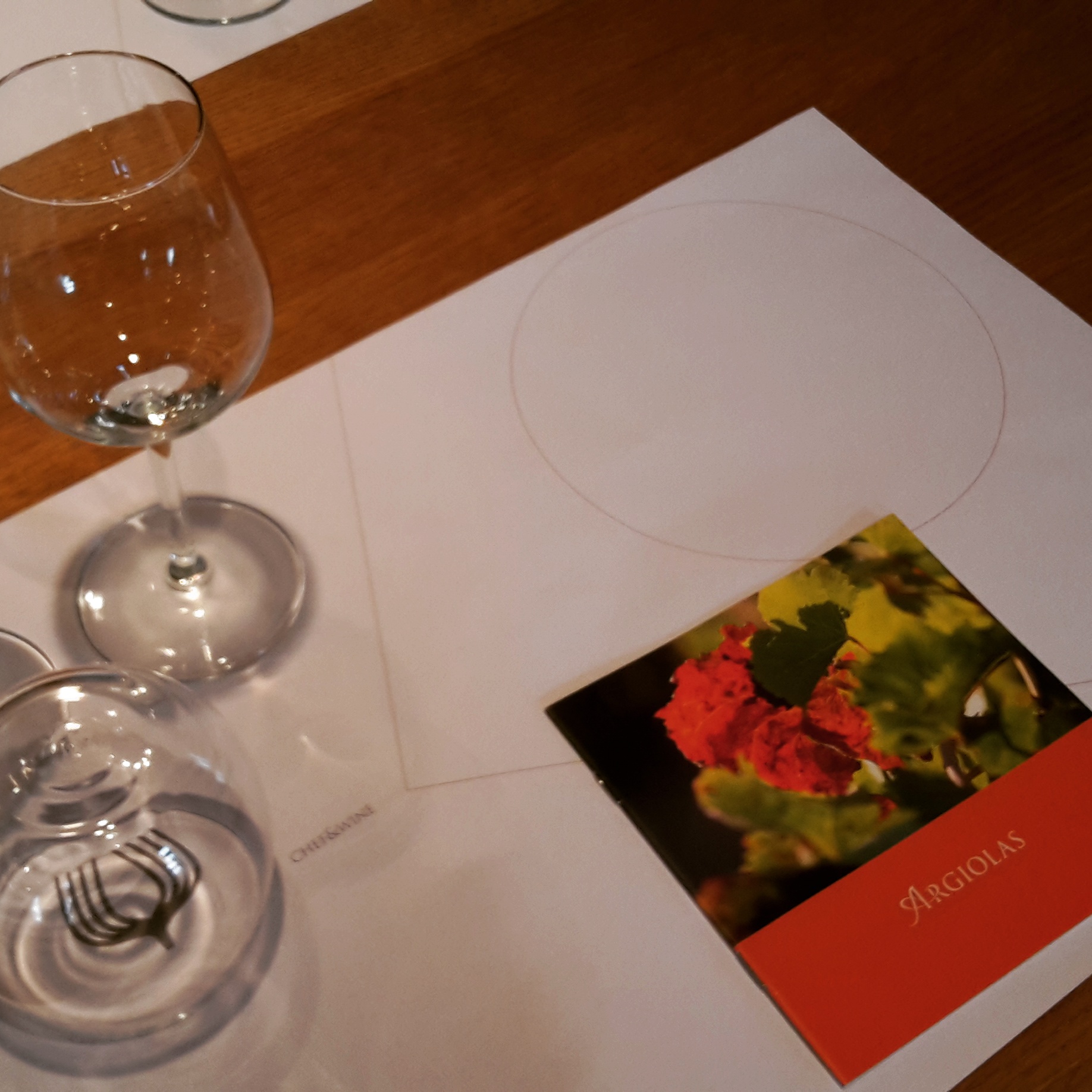
Best Wine Tasting: Argiolas in Cagliari (Sardinia, Italy)
One of the best parts of living in Europe is the wine. Grapes tend to be very local, and grown and processed in a way to complement the typical food of a region. I’ve done my fair share of wine tasting all over Europe in 2016 (and even a bit in Australia this year), but there was one experience that was especially memorable and stands out from the rest – doing a tour and tasting at Argiolas Winery in Sardinia, a bit outside of Cagliari. Although I’ve gone on many wine tours, I felt like I actually learned about their specific techniques and how they differ from other wineries. And the tasting itself was just fabulous. My friend and I had one person talking us through the wines, accompanied by a bit of local food. All of the staff was so friendly and knowledgeable, and the wines were so delicious, that we didn’t even realize until we had finished the last wine that we had taken so long our tasting had gone past the winery’s opening hours. Which really, is just a testament to the level of Italian hospitality we received.
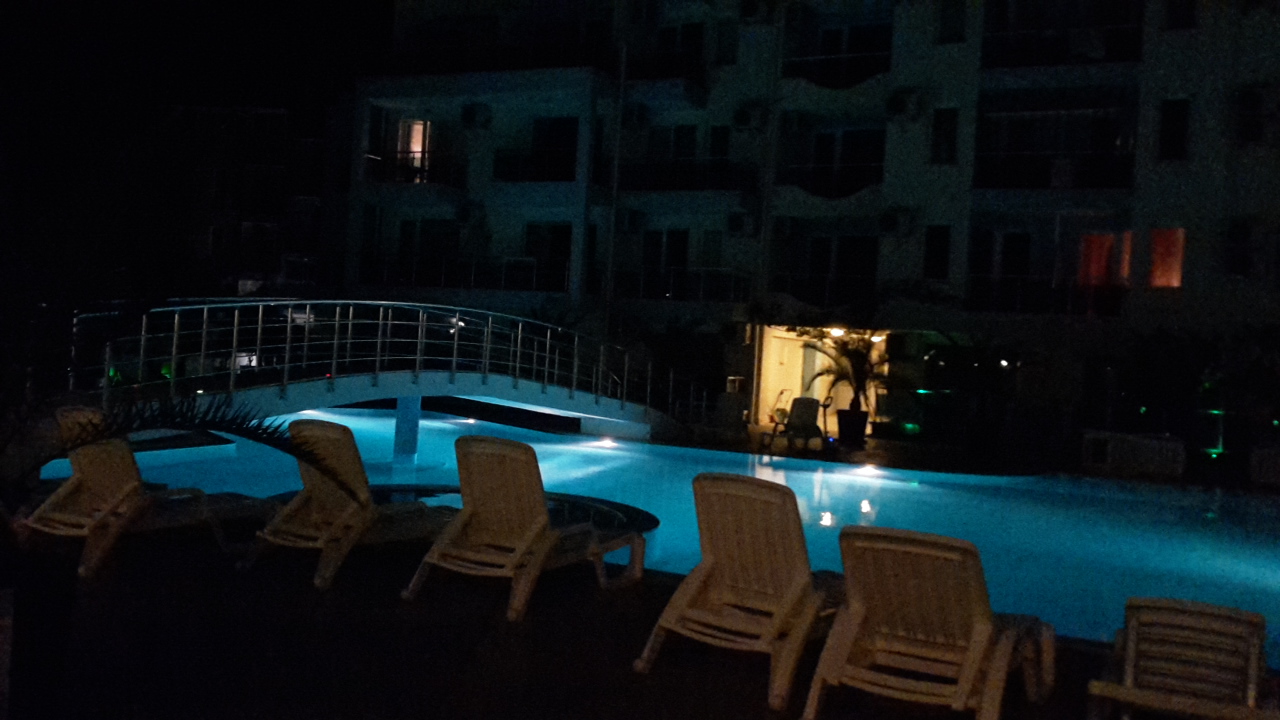
Craziest Hotel Check-in: Nessebar, Bulgaria
We’ve all been there. The crazy frustration of trying to find your hotel. It should be just around the corner. Or the GPS sends you one direction, but it just doesn’t like the correct route. Or in this case, sends you down a precarious gravel path. “No,” you think, “this can’t be right.” So you try an alternate route – which also turns out to be another gravel path. Finally you give up, and just park the corner in a random corner of the Bulgarian gravel road. And look up. And your friend says, “Hey, doesn’t that look like the picture of our hotel?”
End of story, right? If only… After confirmation from a nearby shop owner that we had indeed arrived at the correct destination, we walk into the building lobby. And there’s no reception. Hmmm….surely there must be staff somewhere, right? A quick pop to the salon downstairs finds it deserted. We call the phone number in the booking confirmation, and no reply. Then the waitress at the on-site restaurant is trying to be helpful, but speaks no English (and we speak no Bulgarian). Finally she directs us to one of the men sunbathing at the pool. My first thought is that it’s because he speaks English, but he actually turns out to be the building’s owner. “Great!” was my first – and misplaced – reaction. After studying the booking confirmation, the owner declares that there is no rental in his building under that description.
Ah, every frequent traveler’s nightmare. They gave away the last room, or the booking never existed in the first place. Images of curling up in the tiny car’s backseat for the night flash through my head, when the owner takes a moment to call the phone number we have on speakerphone. I catch a glance at his phone screen and realize that when he clicked “Send” a name popped up from his phone’s Contact List. As I wonder whether this is a good or bad sign, he quickly hangs up before someone has a chance to answer. He makes another call. This time it finally sounds promising, and I hear what sounds like “Italien” and I start gesturing saying, yes, I have an Italian phone number I used for my booking, it’s us. Does that mean we finally have a place to stay?? And yes, we have a room! He knows this person, and she is going to come and show us to our rooms. Imagine our relief when the room is just as expected, and even has a complimentary bottle of Bulgarian wine to greet us. As the door clicks behind her, out comes the joint, palpable, audible sigh. We’re finally checked in.
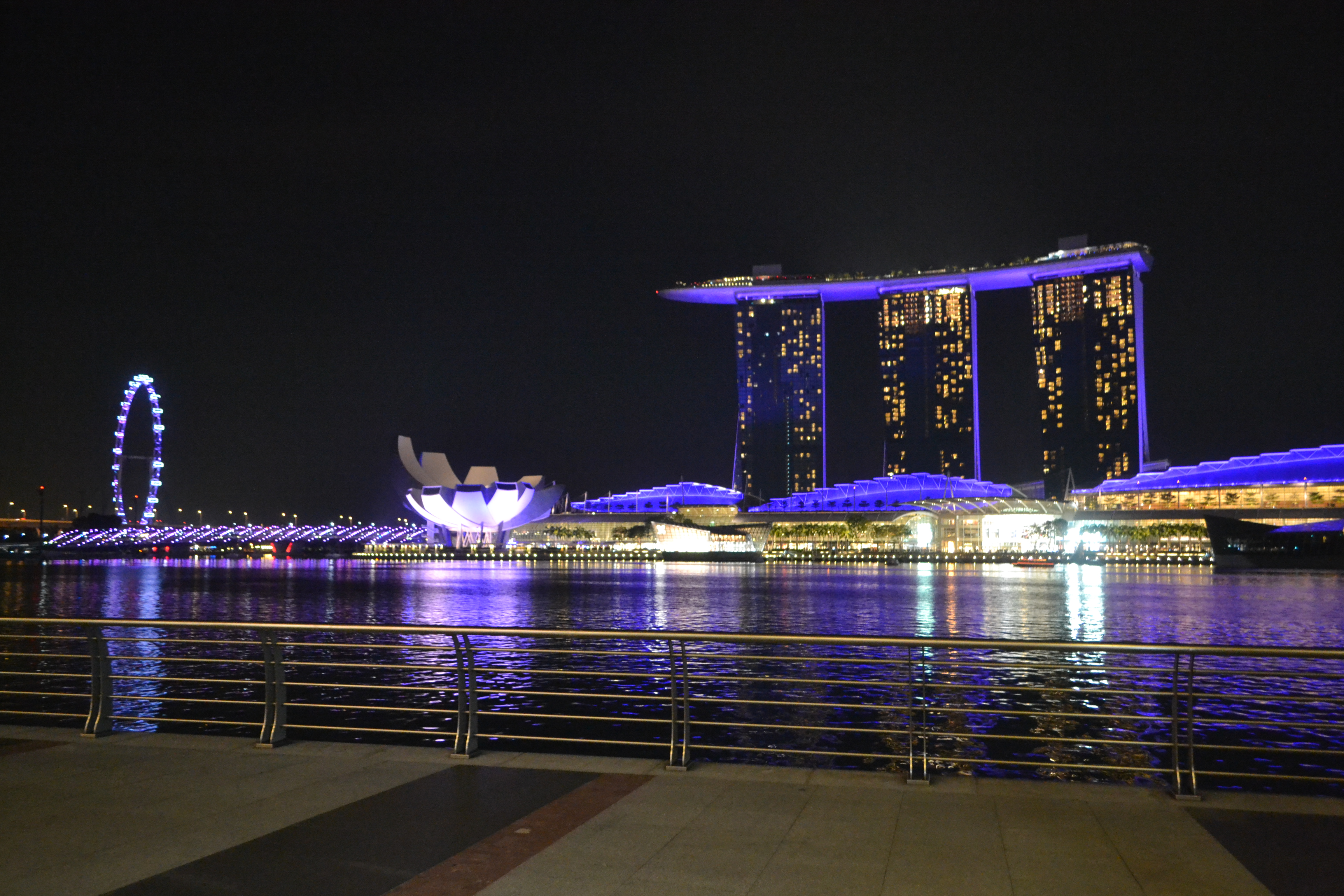
Most People Visited in a Country I’ve Never Lived: 8 in Singapore
I visit friends in my travels often, and in fact, having a friend living in a foreign country is the best reason to get there for a visit! It’s great having a reason to explore a new, unexpected destination, and was how I picked several of my travel destinations this past year. Usually I travel to visit a single friend or family, with London as my usual exception, although most of my friends who live there I met in Milan. So it was quite random when I realized as I planned my November travel that I actually know quite a few people living in Singapore and there was never a better time to go.
There is the close Milan friend and previous around-the-corner neighbor who lives there with her husband and daughter, but may not be staying in Singapore much longer. The Singaporean college friend who I had seen relatively recently when she came to visit Milan during the World Expo last year, but whose days in Singapore are probably numbered as well. And then there’s the high school friend and her Singaporean husband and two children who only recently moved to Singapore. Several of these friends are now what I like to call 3-continent friends – people I’ve spent time with on three different continents. And for me it’s definitely notable to have so many different people from different stages of my life who just happen to all live in the same tiny island nation. While I didn’t know much about Singapore before visiting (other than having a ton of friends to visit), I became obsessed with the Singaporean style of breakfast and Singapore was one of my favorite destinations this year!
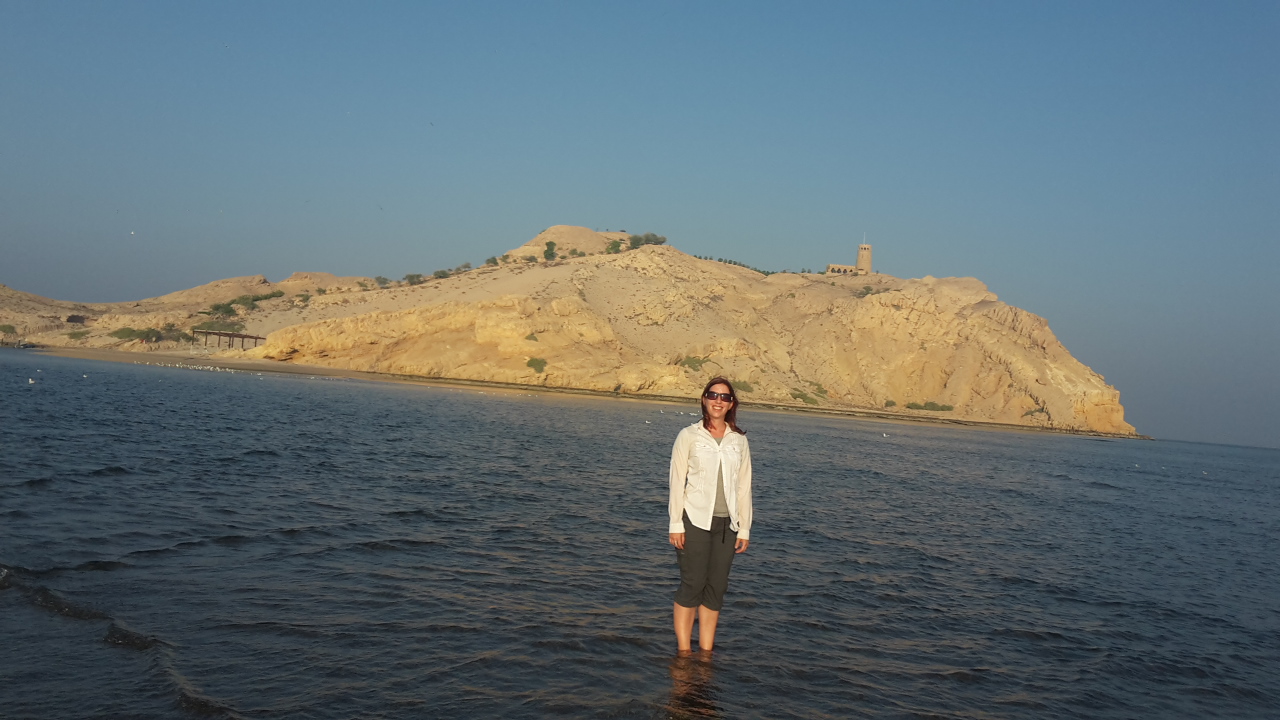
Craziest Adventurous Things I Did:
Pemberton Climbing Trees (Australia) & Walking to Al Sawadi Island and Fort (Oman)
For me being adventurous doesn’t mean having no fear. Being adventurous is being confronted with something scary and/or dangerous, and then going outside of your comfort zone to do it anyway. There were two things in 2016 that really got my adrenaline pumping, both for being ostensibly dangerous, as well as me not really knowing what to expect ahead of time. First, was scaling the Pemberton climbing trees, which involved some incredibly tall trees and not much of a safety net. It was a bit terrifying, but also quite rewarding to reach the tops and take in the expansive views. Read more about the full experience in my post linked above and here.
The second pretty crazy thing I did was on my recent Oman trip with my sister. On the coast north of Muscat, there is a spot called Al Sawadi, with a nearby island and fort not too far off the beach. While there are boats you can pay to take you across, I had read something about being able to *walk* to the island during low tide. We arrived around 4pm and the water was looking quite low, but there was no one else walking across or anyone to ask. After a little bit of a walk when the water reached just up to knee level, we decided to go for it. This is only slightly complicated in Oman by the fact that it is a modest Muslim country where your shoulders and knees should be covered at all times in public. So you’re not just stripping down to your bikini and going for it. But venturing out into the unknown was great – the thrill and exhilaration of not knowing whether we’d be able to make it across, or if we did, how high the water level would rise before we reached the shore. In the end, my zip-off pants only got a little wet, and then we arrived and had the island entirely to ourselves! We hiked in our sport sandals to the top of the fort, took lots of pictures with the cell phones we were brave enough to carry for the journey, and had an even-lower tide for the walk back to where we had left the car, making it back across just as the sun set. An incredible and memorable experience, I’m reliving the excitement just typing about it.
Time Most Worth it to Trust a Stranger: Heading to the Cave at Wadi Khalid, Oman
I’m from New York, so it’s sort of second nature that when a stranger offers to help me out of the blue, my radar goes off and I become super skeptical of everything the person says and suggests. Perhaps it’s not the most open and loving way to live, but that is always my knee-jerk reaction: caution. Fortunately, the day exploring Wadi Khalid in Oman (a series of interconnected water pools and caves in the desert) came far enough into the week-long road trip that I already knew how hospitable Omanis were. Plus, they are so excited to see tourists – especially American ones – that they want you to have an amazing experience so you inspire others to visit when you go home.
As my sister and I were following the vague arrows pointing toward the Wadi’s famous cave, a man in traditional Omani dress fell into step beside us. He told us that he was heading to the cave as well, and as a local, knew the way quite well. My mind at this point was racing with possibilities, but we were just walking in that direction and were outside with plenty of other visitors. At one point I did inquire as to why he was so interested in showing us around, and he revealed that he was a police officer in Muscat and wanted to practice his English. It sounded legit, and again, we were not alone, but it was quite interesting crouching into a dark cave with no signs or directions, blindly following the instincts of a local who had been many times before. Our new Omani friend Said was a great guide, showing us the water source of the wadi, pointing out bats that were hanging from the ceiling just above our heads, and giving us the full experience of the cave. There’s no way my sister and I would have ventured that far alone, and it was just incredible to see the caverns and crevices inside.
Biggest Travel Injury: Stubbed Toe in Abu Dhabi
Anyone who knows me knows that I can be quite clumsy, so an injured toe as my biggest injury of the year is a major accomplishment. Interestingly enough, if I am doing a potentially dangerous activity like rock climbing or cliff diving, I’m quite attentive and tend to emerge unscathed. My biggest injuries ever? Both my broken collarbone and severely injured finger resulted from what was essentially me tripping over my own feet.
Stubbing my toe in Abu Dhabi doesn’t sound serious, but it was quite a wound. Basically, I was walking back to bed after a middle-of-the-night trip to the bathroom, and didn’t realize that one of the stylish chairs with metal legs reached out almost to the edge of the bed. I thought I would have cleared it by a mile, but instead I walked quite decisively forward and essentially sliced my second toe open. So it was more serious (and bloody) than your typical stubbed toe, and it hurt to walk for the next 10 days, as in it was painful taking e-v-e-r-y s-i-n-g-l-e s-t-e-p. But for a year of travel and adventure (and given my lifelong tendency to injure myself weirdly and quite seriously), not too bad at all.
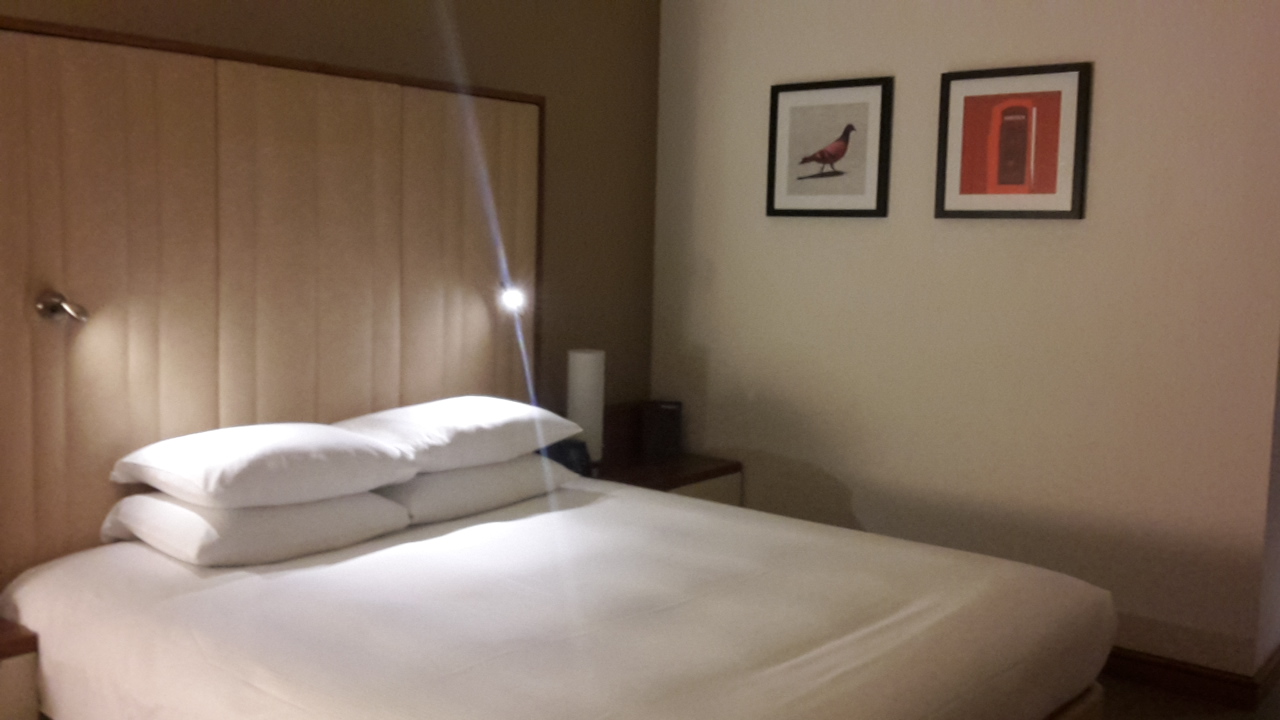
Travel First: Getting Put Up in a Hotel
Lost luggage? Yes, many times, sometimes for up to several days.
Missed a connecting flight? Of course, but usually with good, alternate options to still get there within a few hours.
Been on an overbooked flight offering vouchers? Plenty of times, but usually when I was in the US traveling for work and had to be somewhere by a certain time, so I’d never taken advantage.
Slept in an airport? Sure, most memorably at the Dallas airport in a snowstorm when I was trying to be there for the first flight back to New York for New Year’s Eve & at the Kuala Lumpur budget terminal (never again!)
Missing a connection and needing to stay in a hotel overnight? That had never happened to me before – until a week ago, so just under the wire to be part of my 2016 travel superlatives. I had just over an hour of transit time at London’s Heathrow Airport, which is cutting it quite close to begin with. Then, as we were lining up to board the bus that would take us to the plane in Milan, the snow started to fall. What?!? It almost never snows in Milan, because it’s usually not quite cold enough. And snow certainly had not been part of the forecast. When the captain announced that there was a long line to de-ice the plane and we would likely be delayed at least 30 minutes, I flagged over a flight attendant to ask about my connection. When he informed me that you need to scan through the transfer desk at Heathrow 35 minutes before your departure time to be allowed on the plane, I knew I was in trouble. In the US, they would likely send information up to the plane about the connecting flight, or at least the crew would be able to phone and request it. For this London connection, I had the sinking feeling that I would be out of luck, which was confirmed when we touched down an hour late.
By the time someone was available to help me at the re-booking desk, the best option was just to take the same early afternoon flight the following day. Spend an unexpected 24 hours in London, catching up with friends and soaking up the holiday atmosphere? If I must…
Most Times Crossing Paths with a Friend – and half the time accidentally!
It’s one thing to plan a lot of travel with a good friend, it’s quite another to have the one person you keep running into at unplanned moments in unexpected cities. Of the 6 times I’ve crossed paths with this one particular friend, our run-ins have spanned 4 cities on 2 continents – and only 2 were arranged in advance! We had planned to be in Bucharest, Romania (where she is from) over the same weekend in early June so she could show me around and we could hang out. Then a few weeks beforehand when her schedule was too busy on a business trip to Milan, a work dinner fell through and she messaged me last minute so we met up for a meal. In August when I was in New York, she messaged me about a last-minute work trip that had also brought her to the city, so we had another unplanned meal together. And then, the very next night on the way to meet another friend, I walked into another restaurant in a completely different part of town. And the first person I see? This same friend! Our 5th meeting of the year was arranged in advance, when I came to London to see the American football (NFL) game with my home team playing. And then on my recent missed connection in London, I messaged this friend to see if she was possibly around. It turned out that about an hour after my message she was actually coming to the same terminal of Heathrow Airport where I was stranded! So we met up for a coffee, and our last in a string of prolific, unexpected run-ins throughout 2016.
What were the stand-out moments of your 2016 travel??
